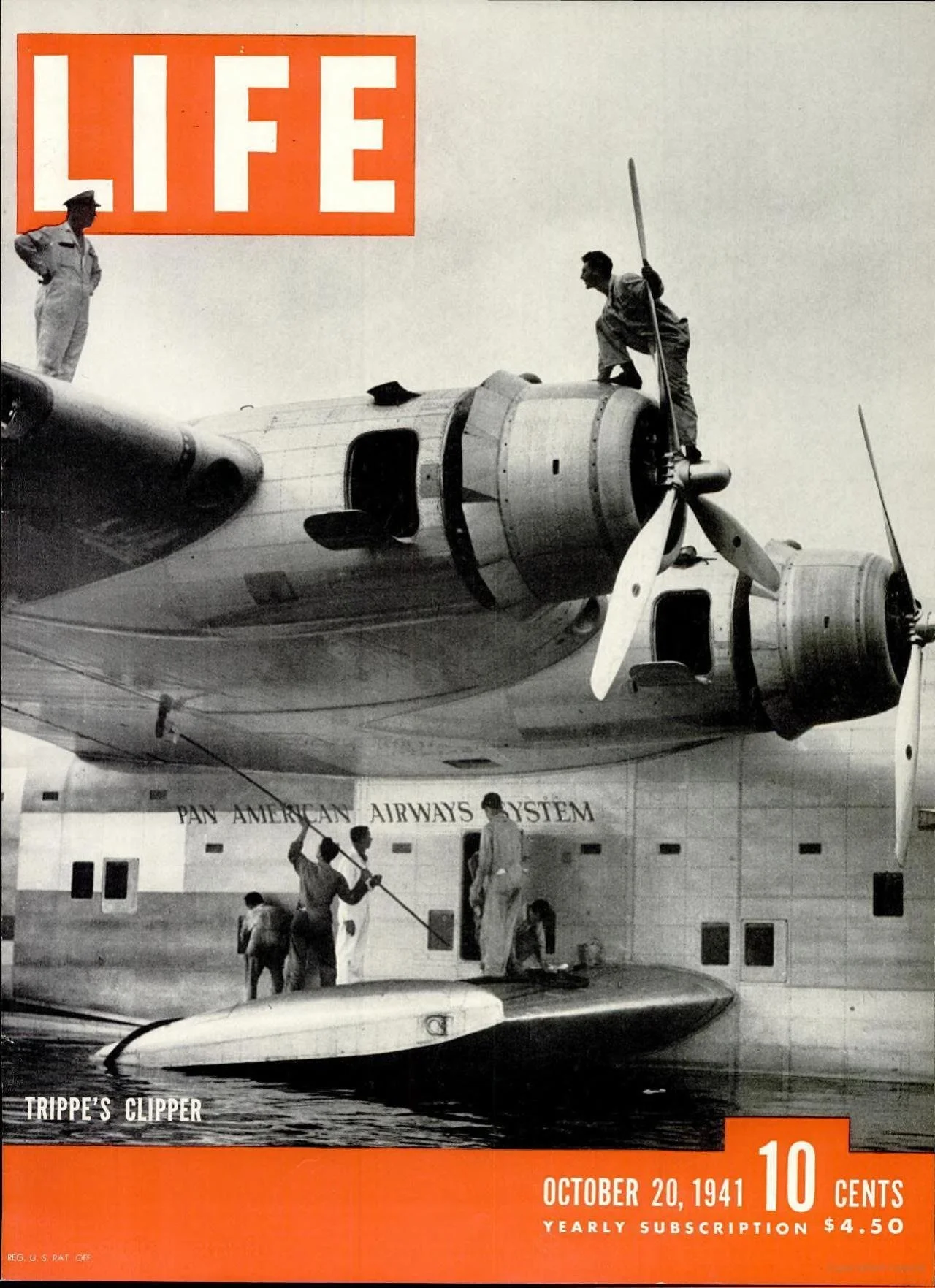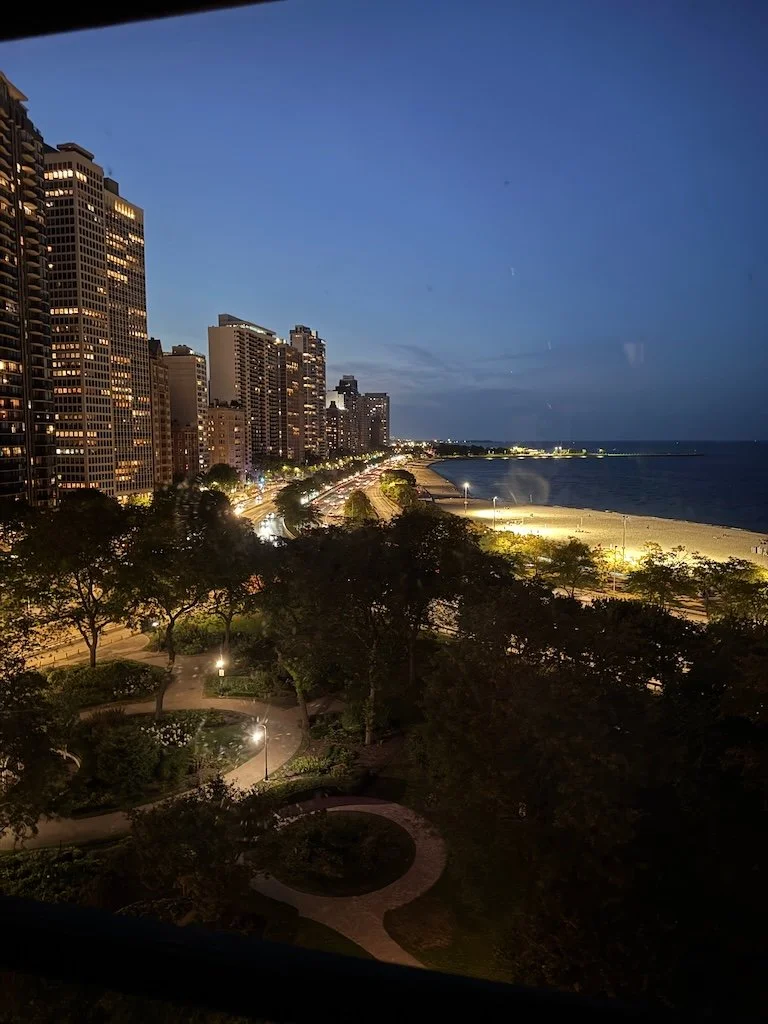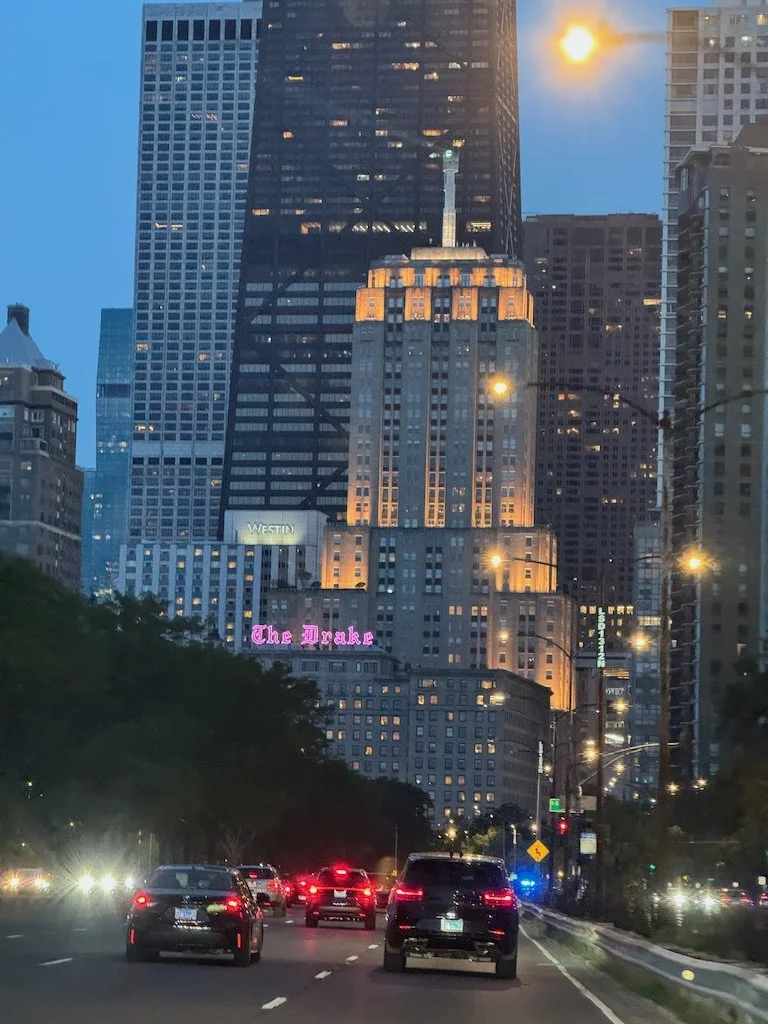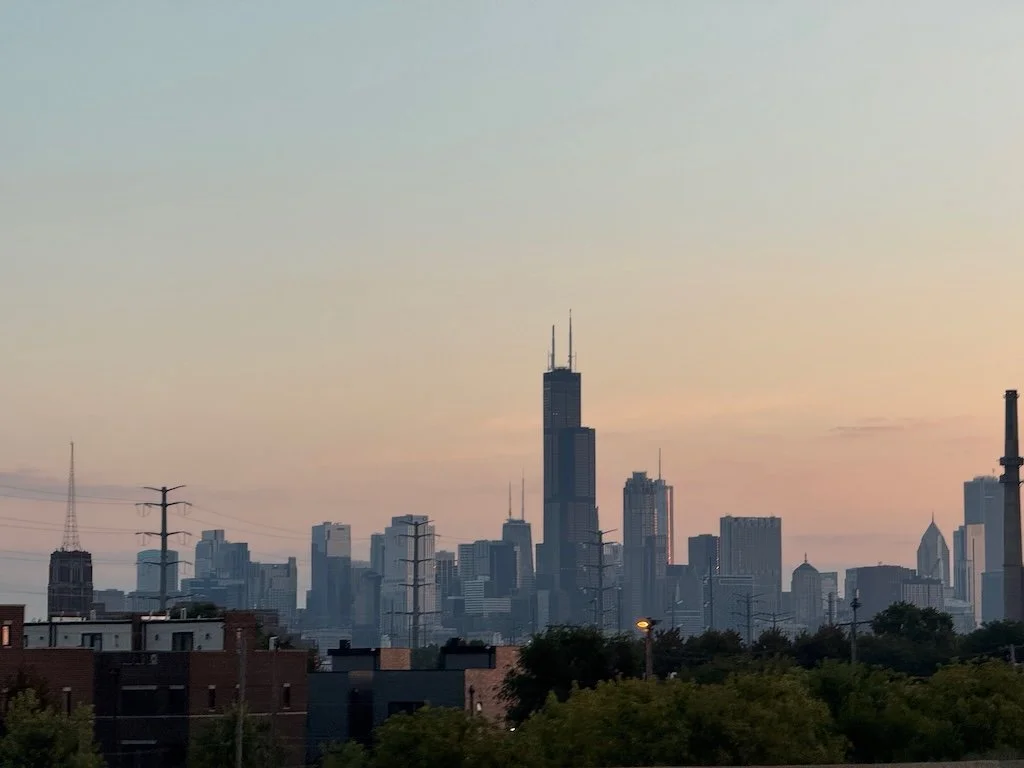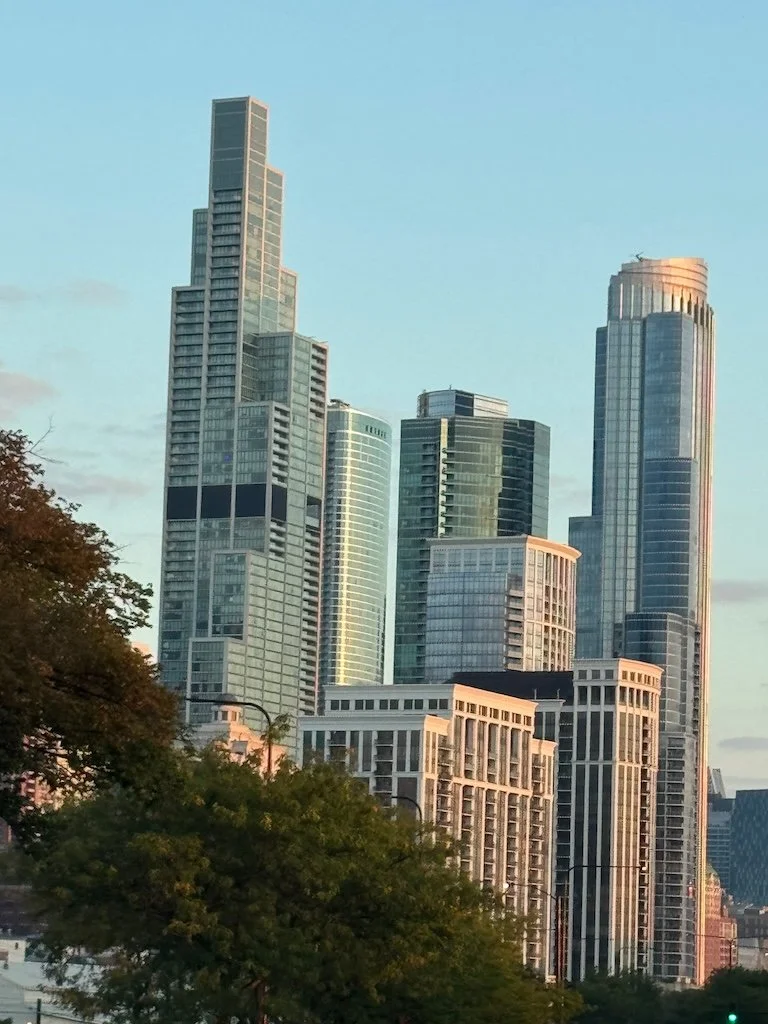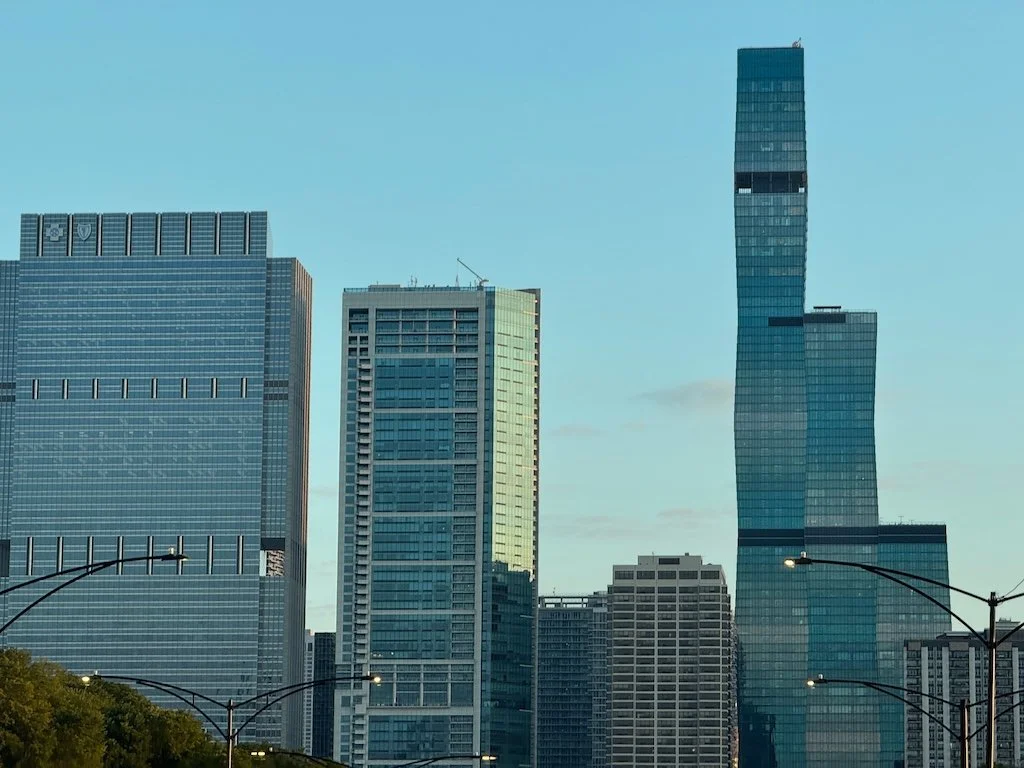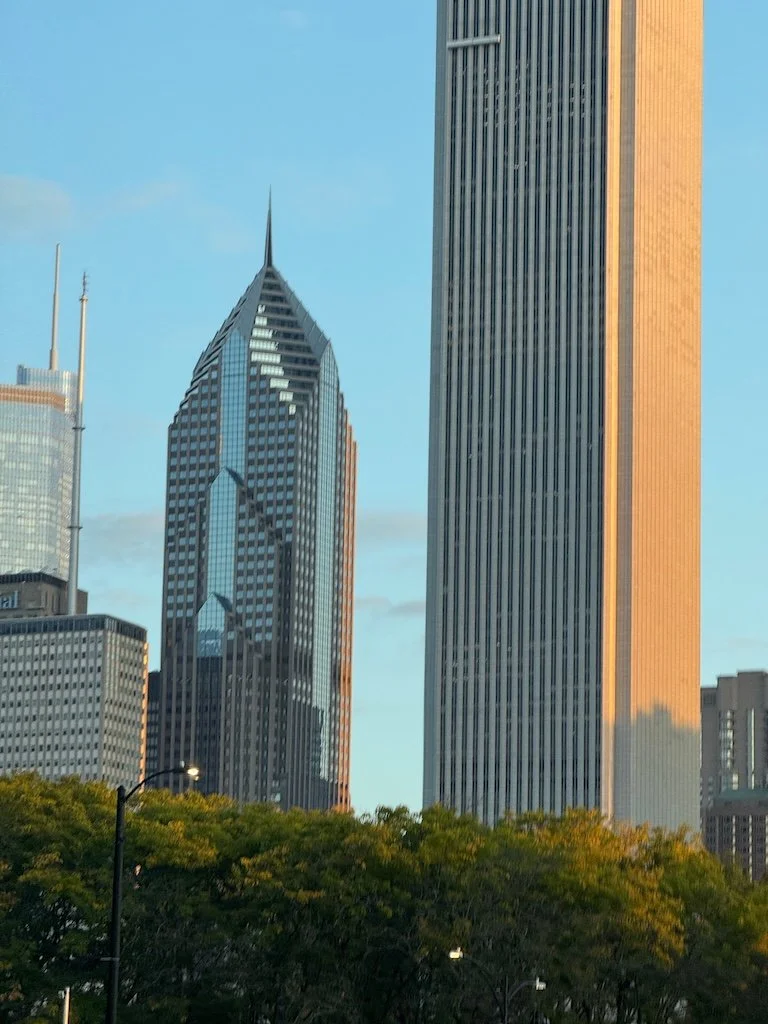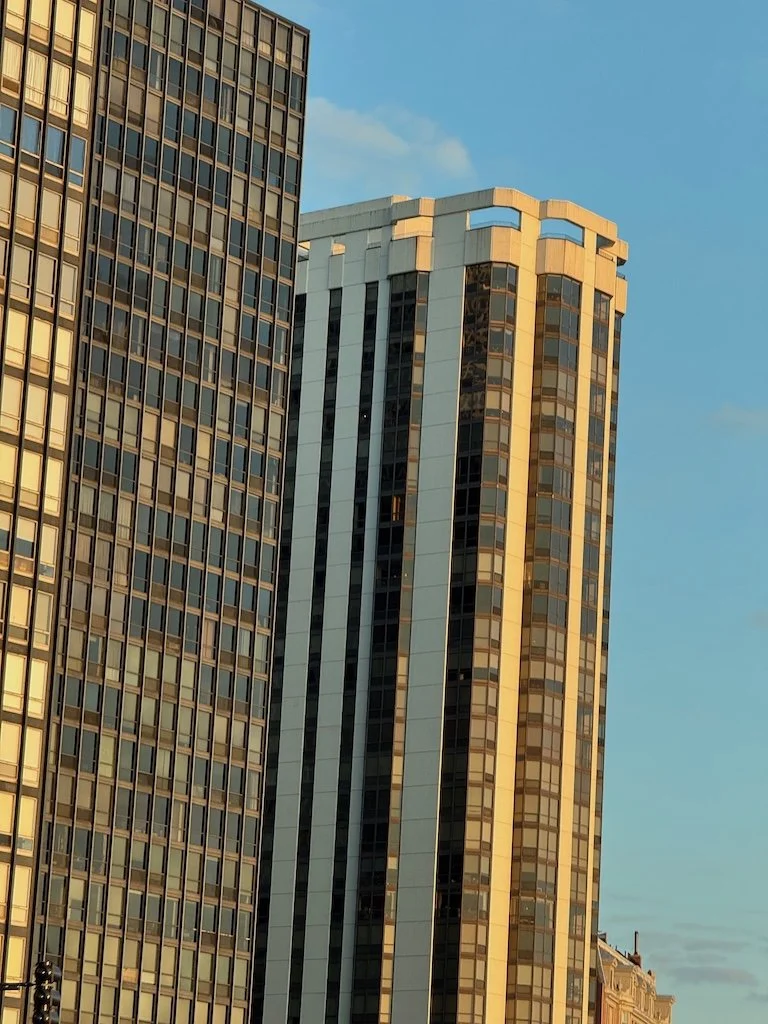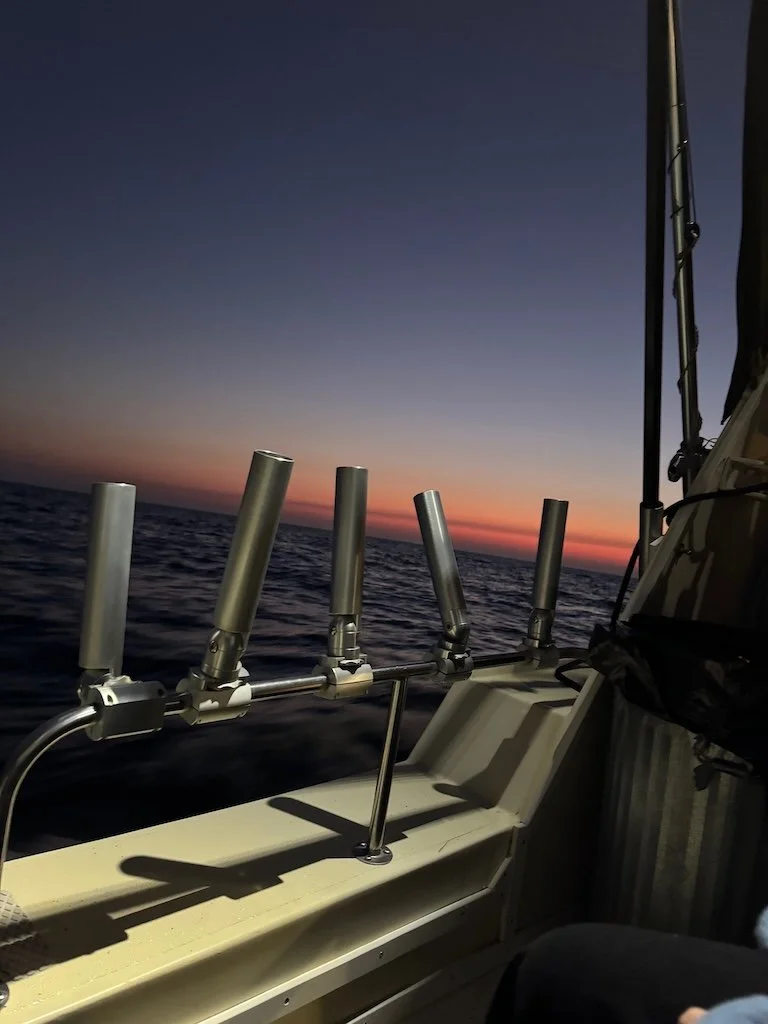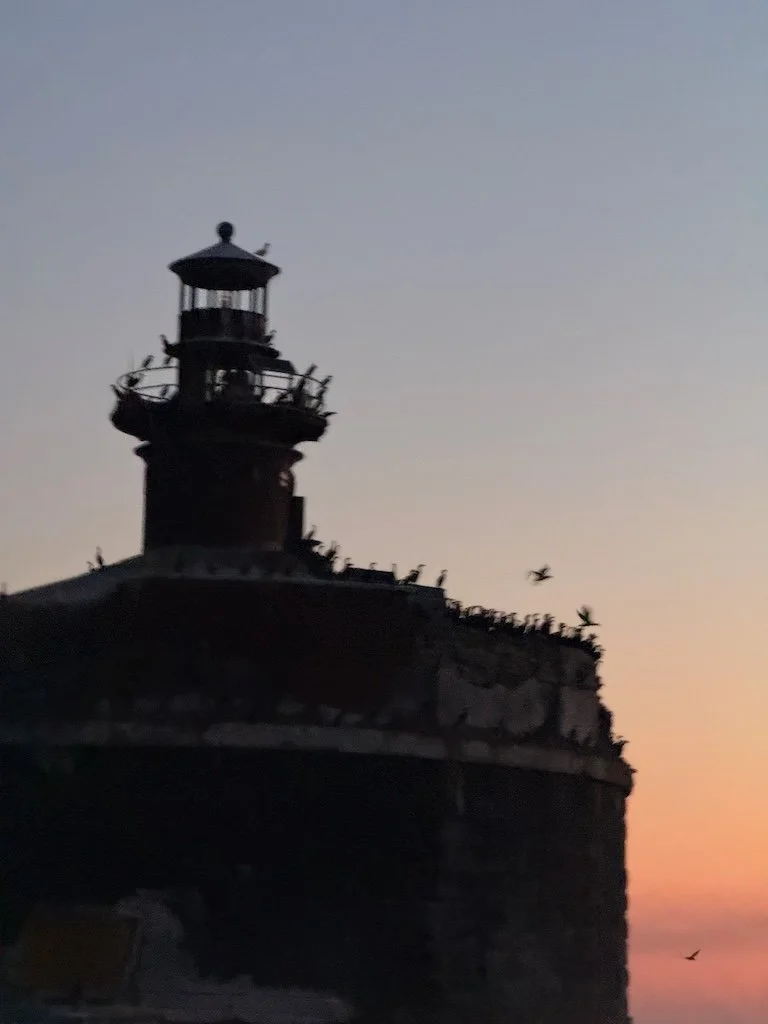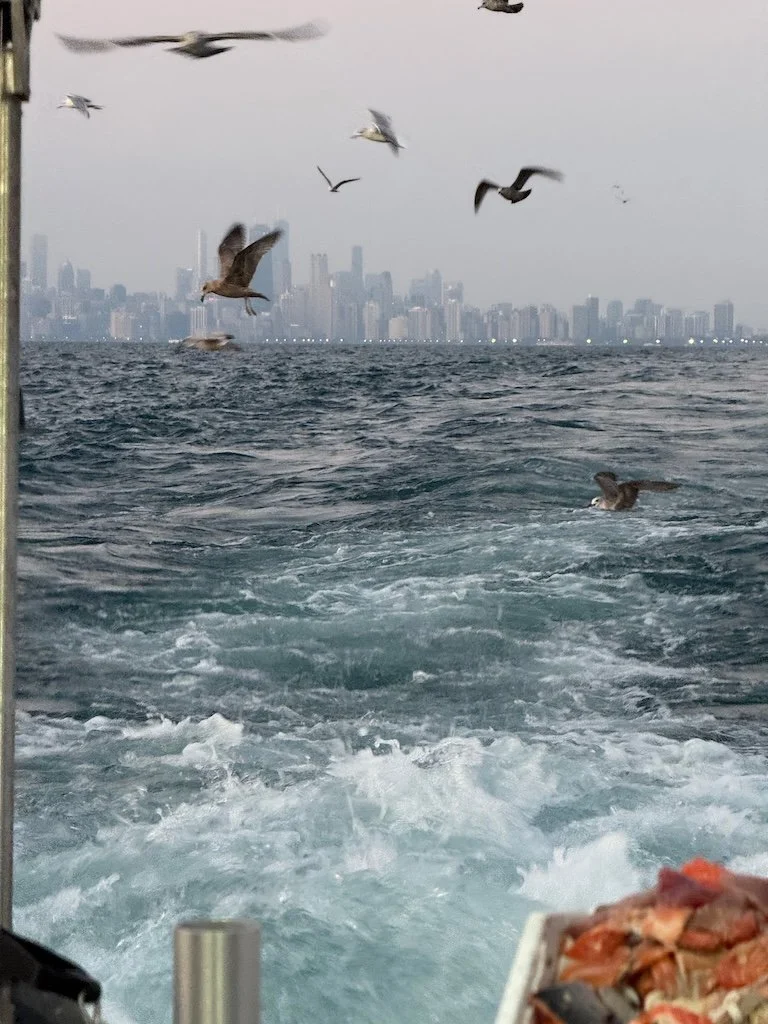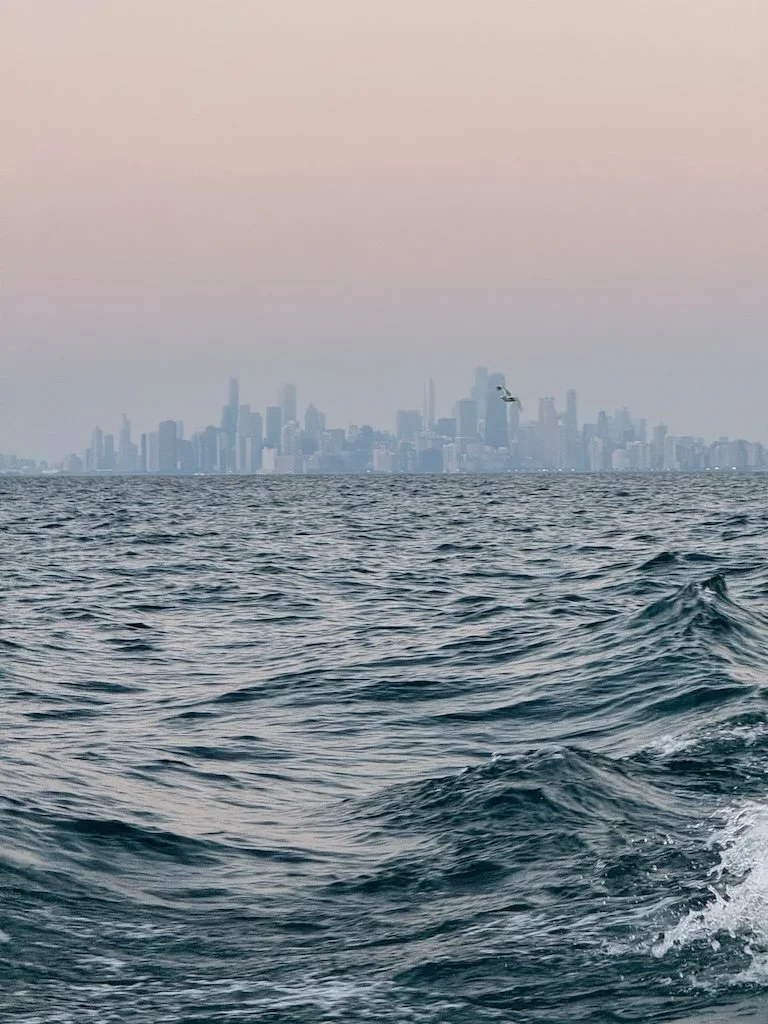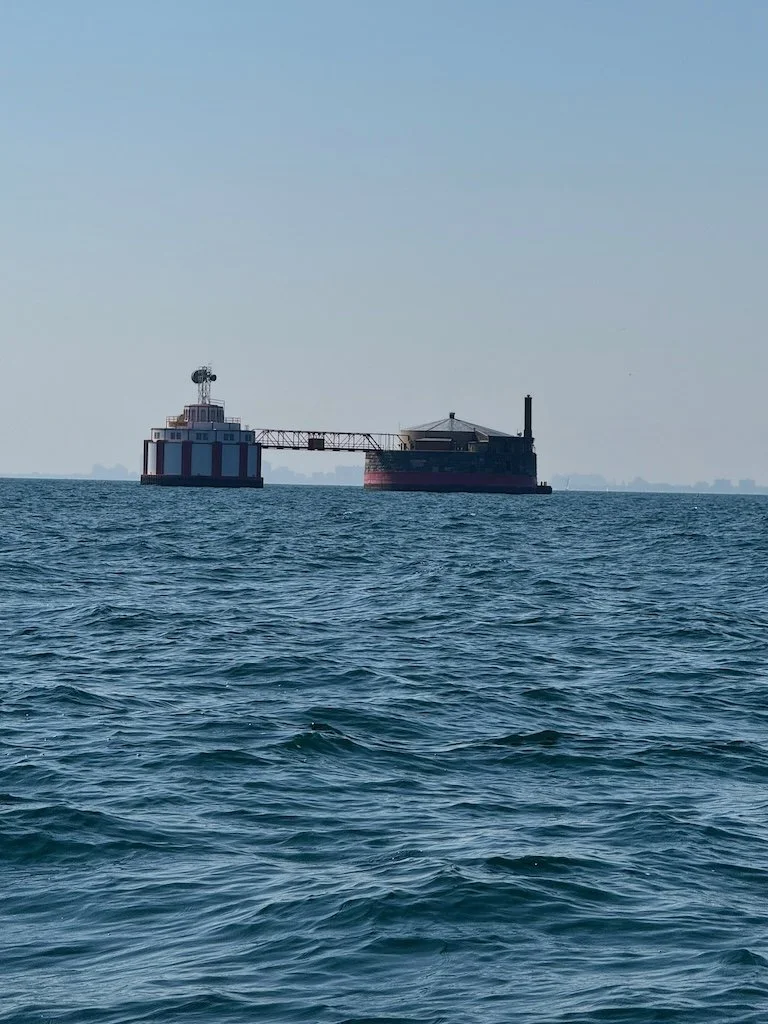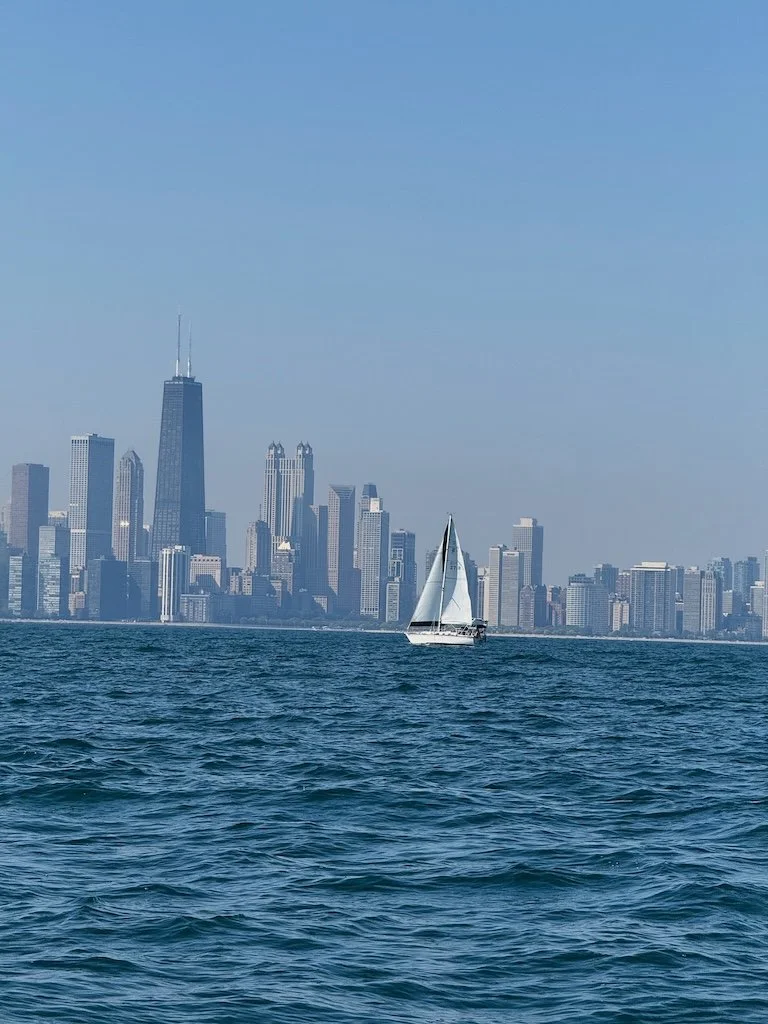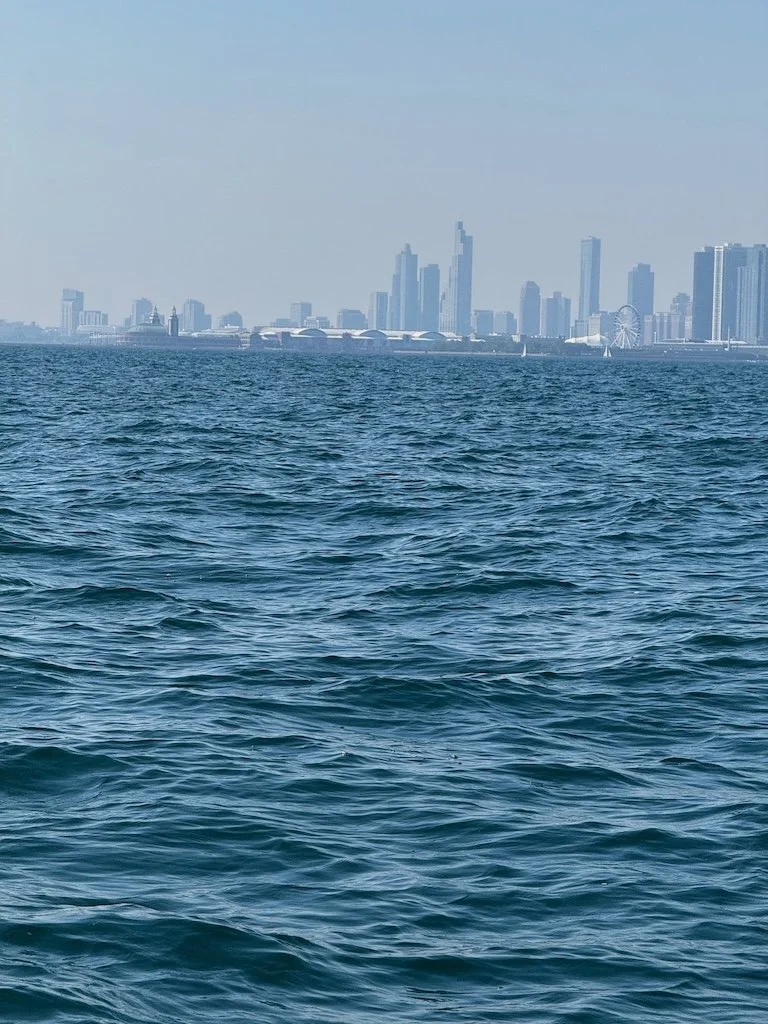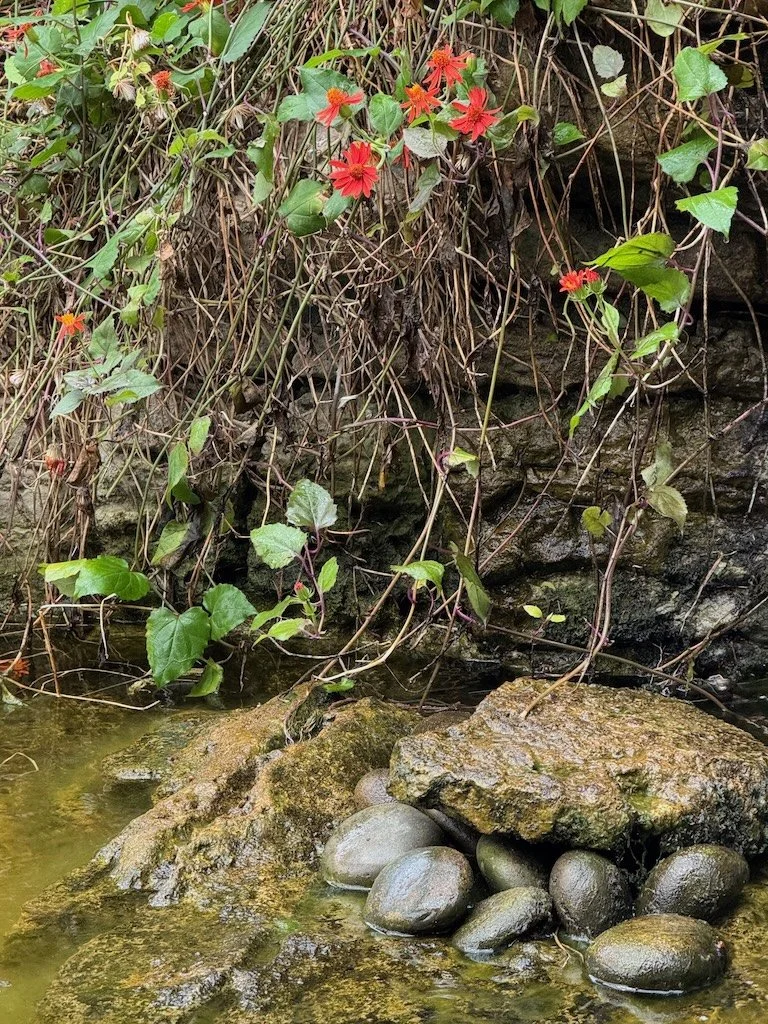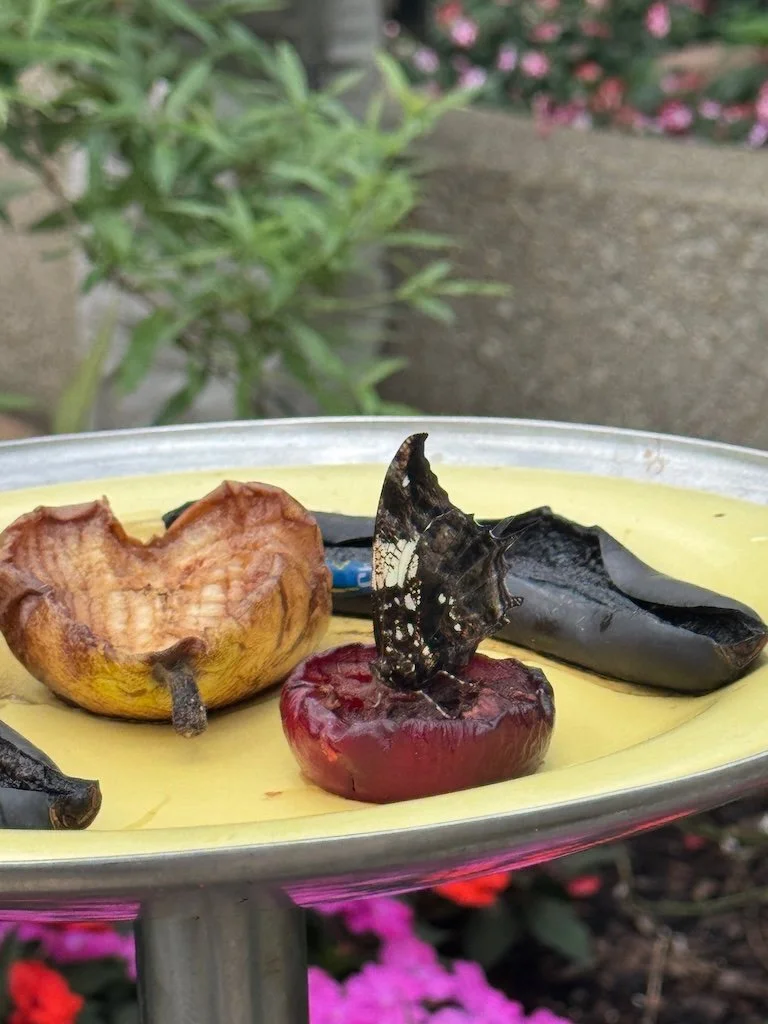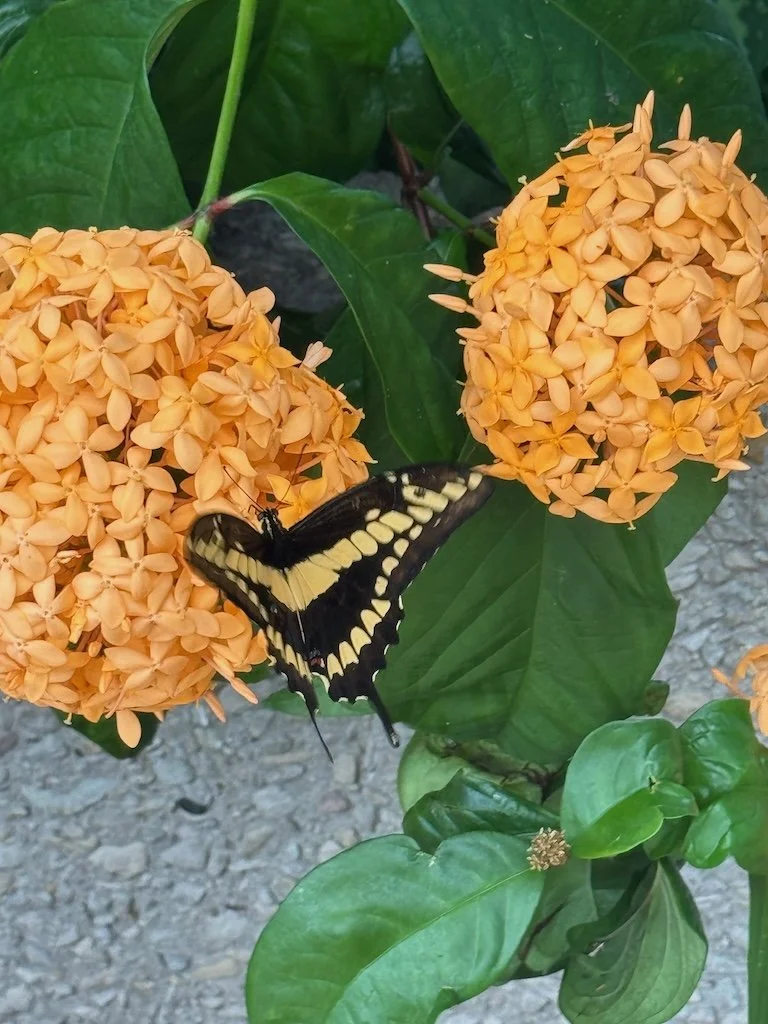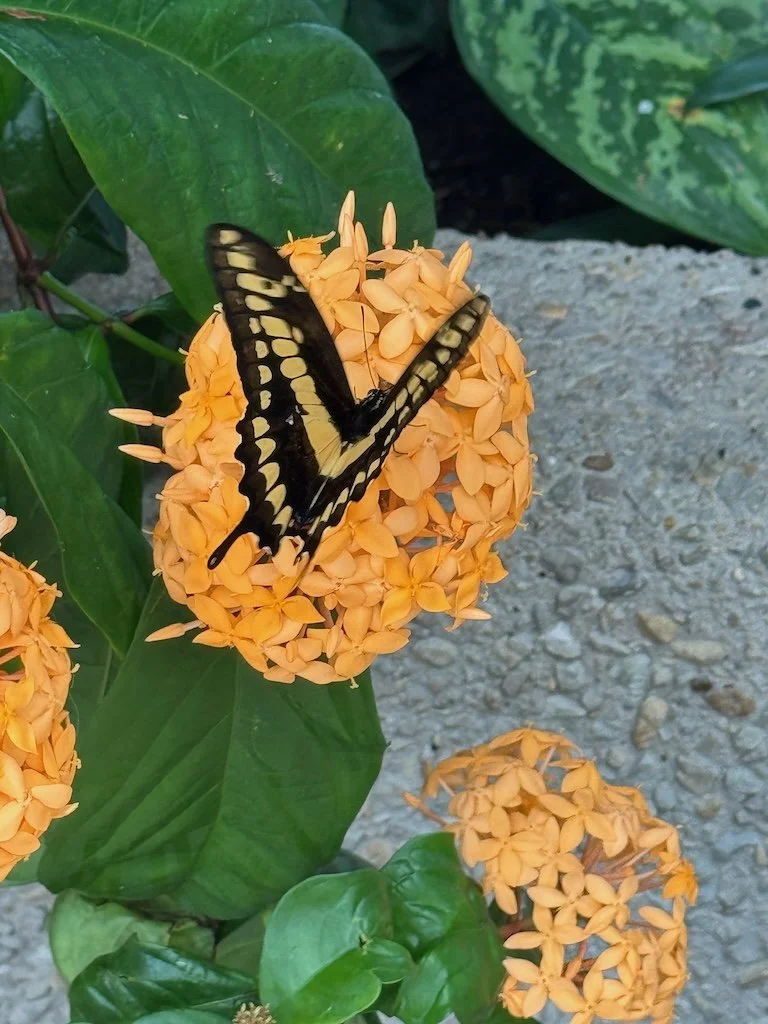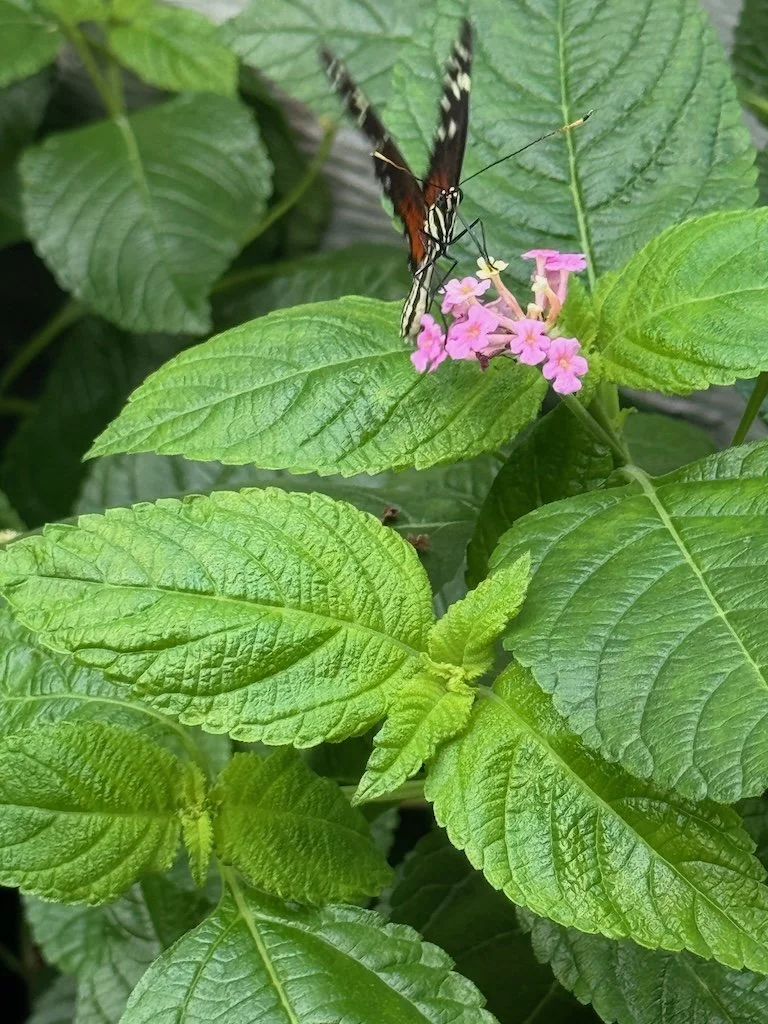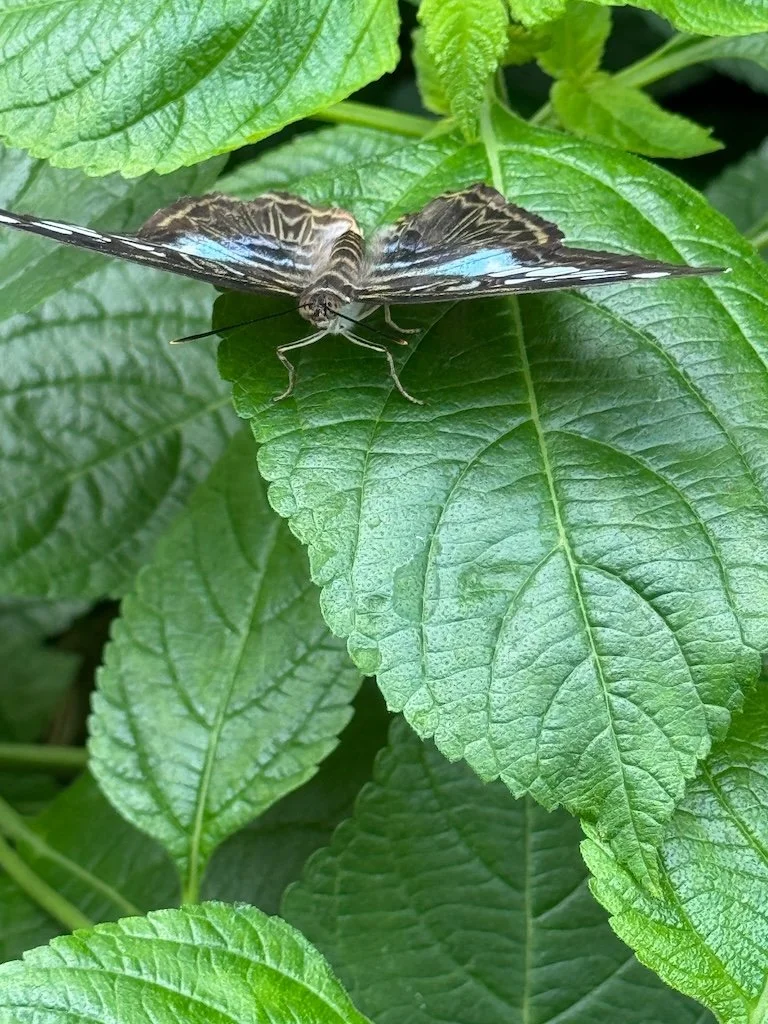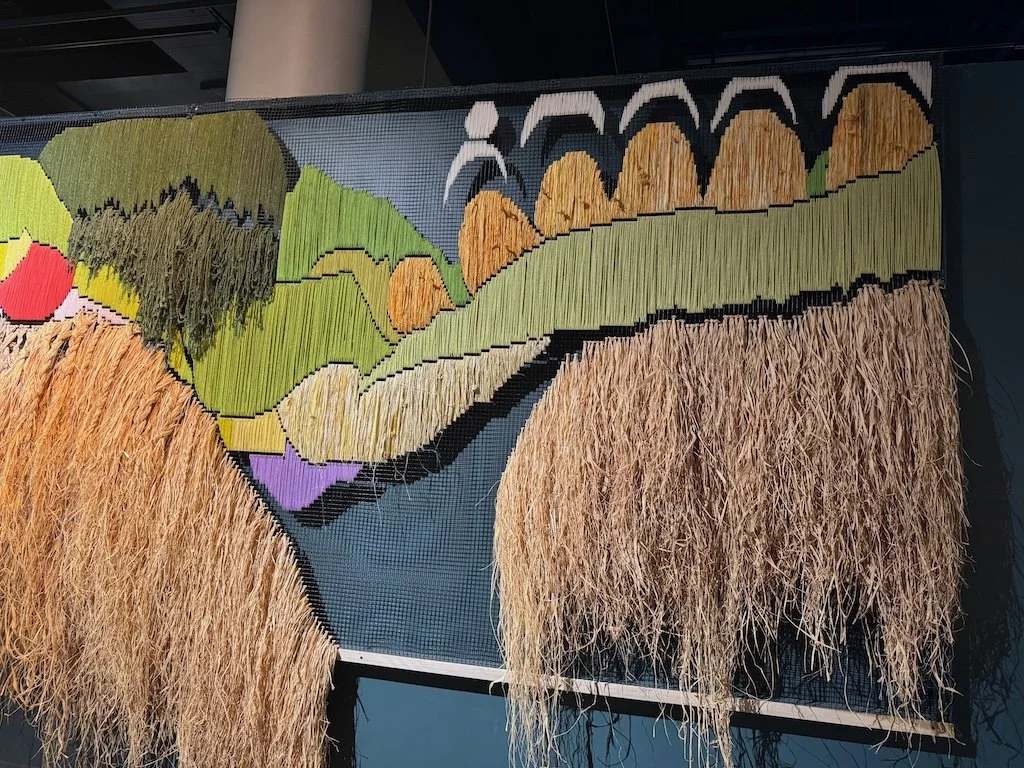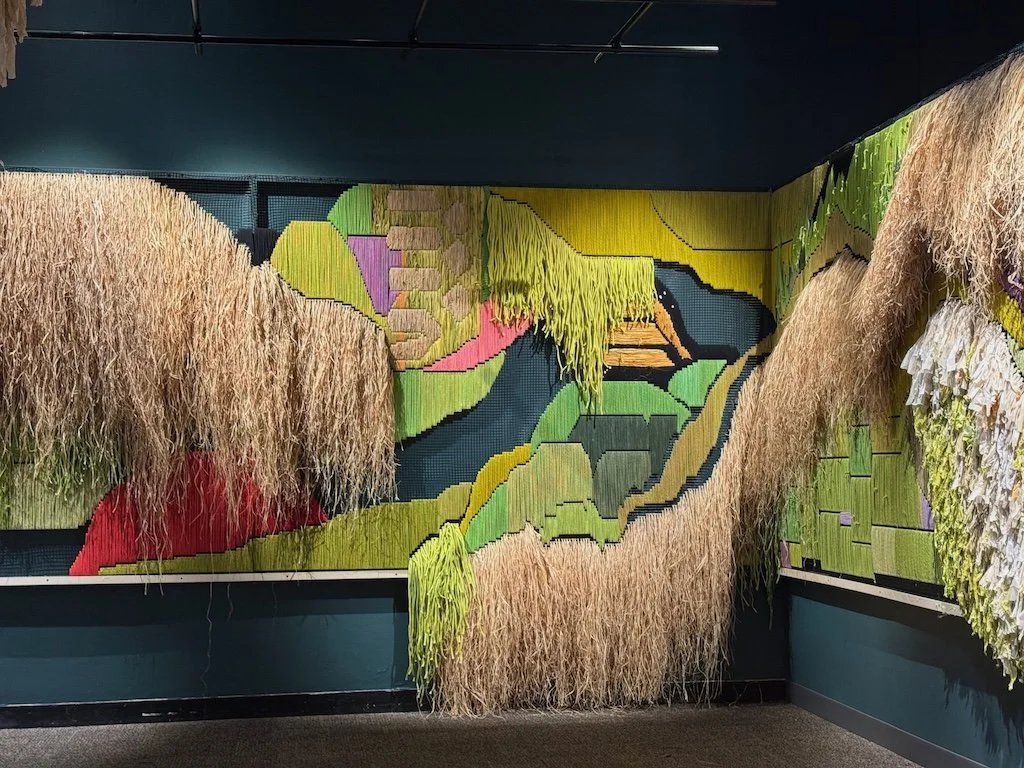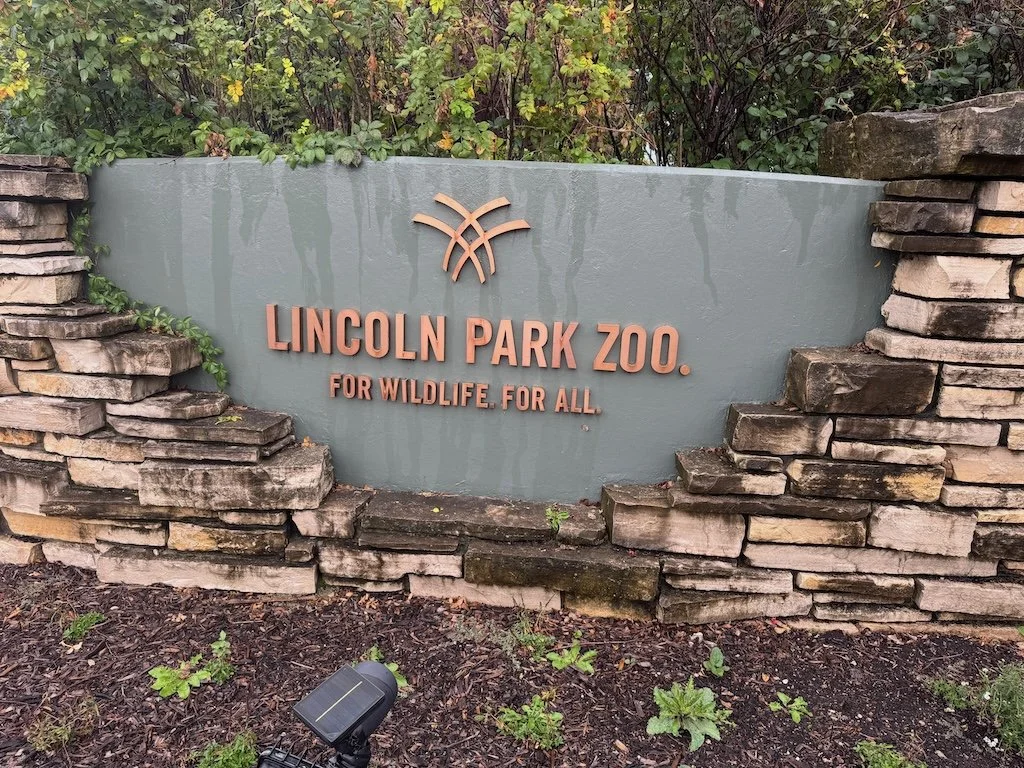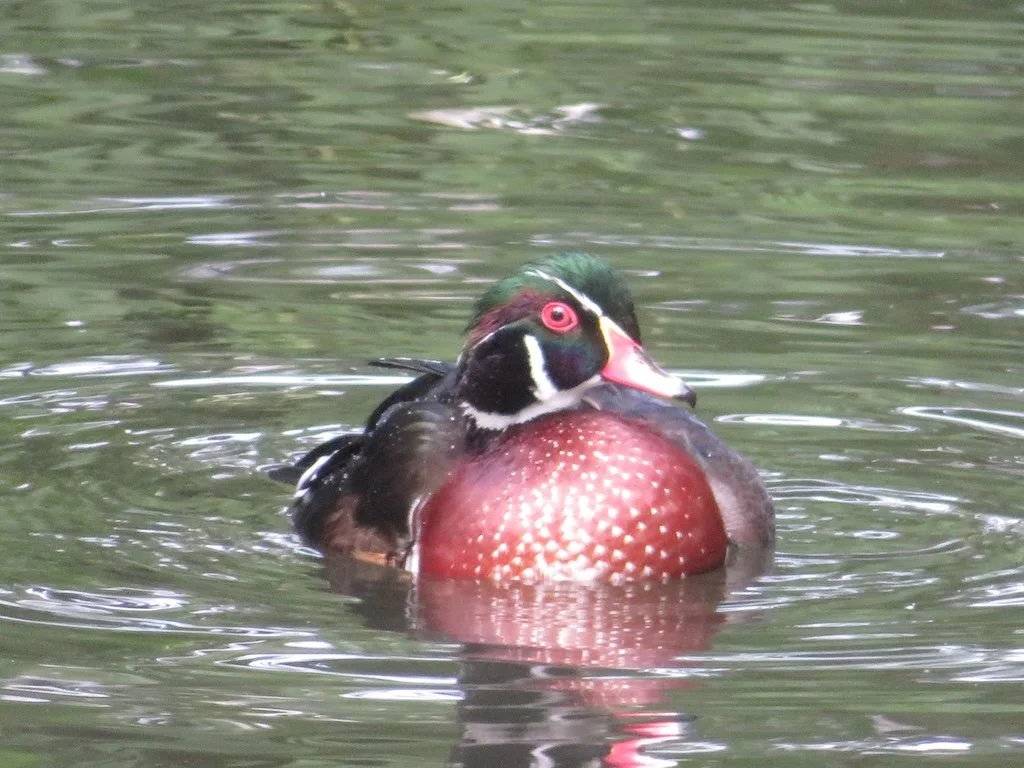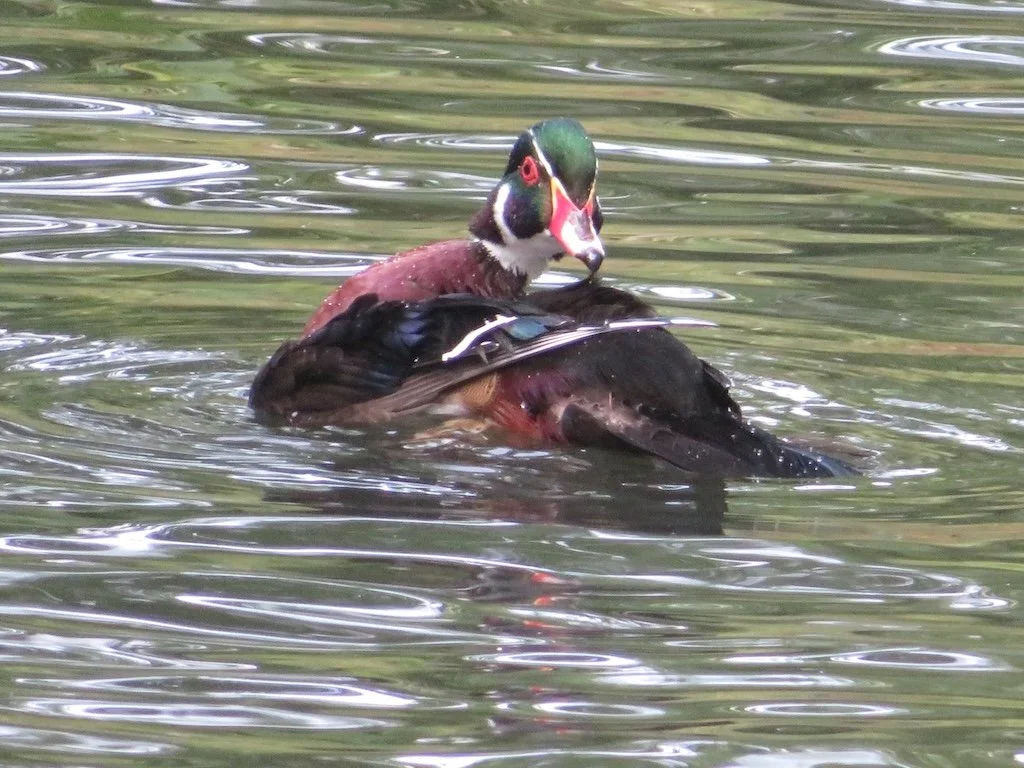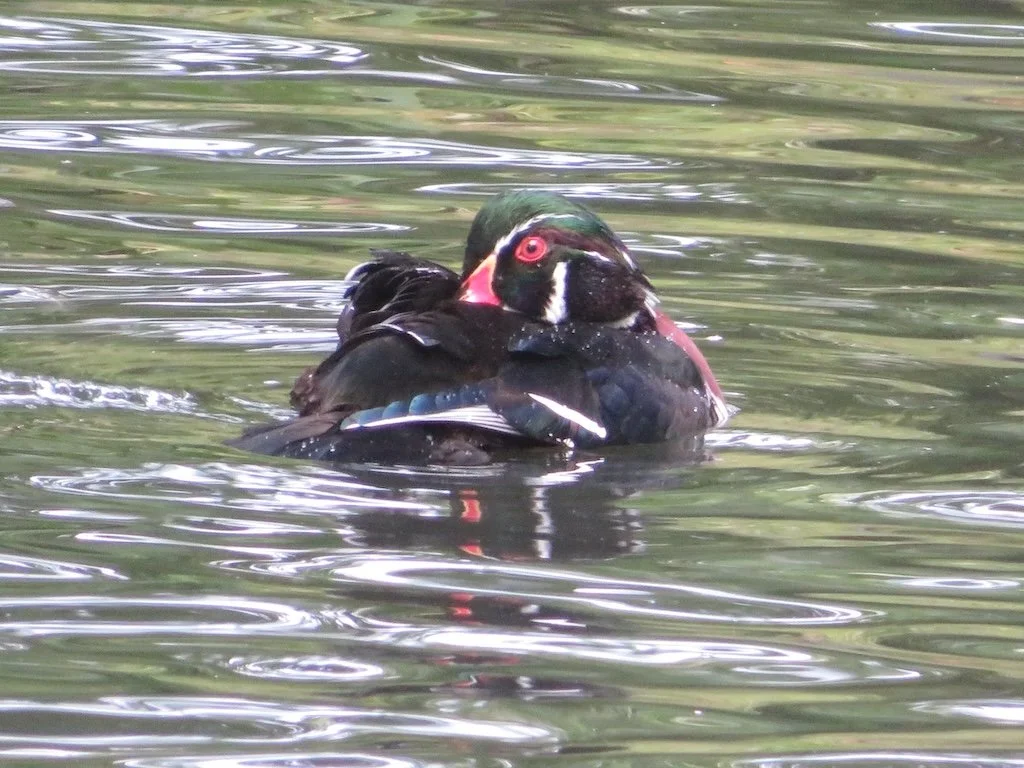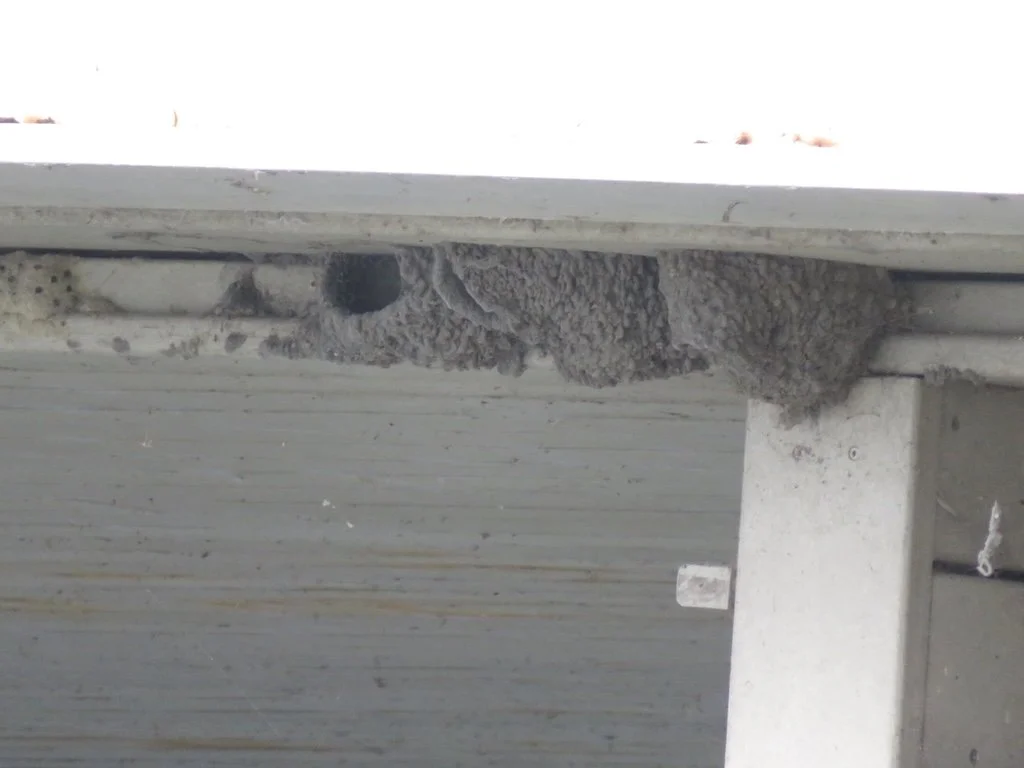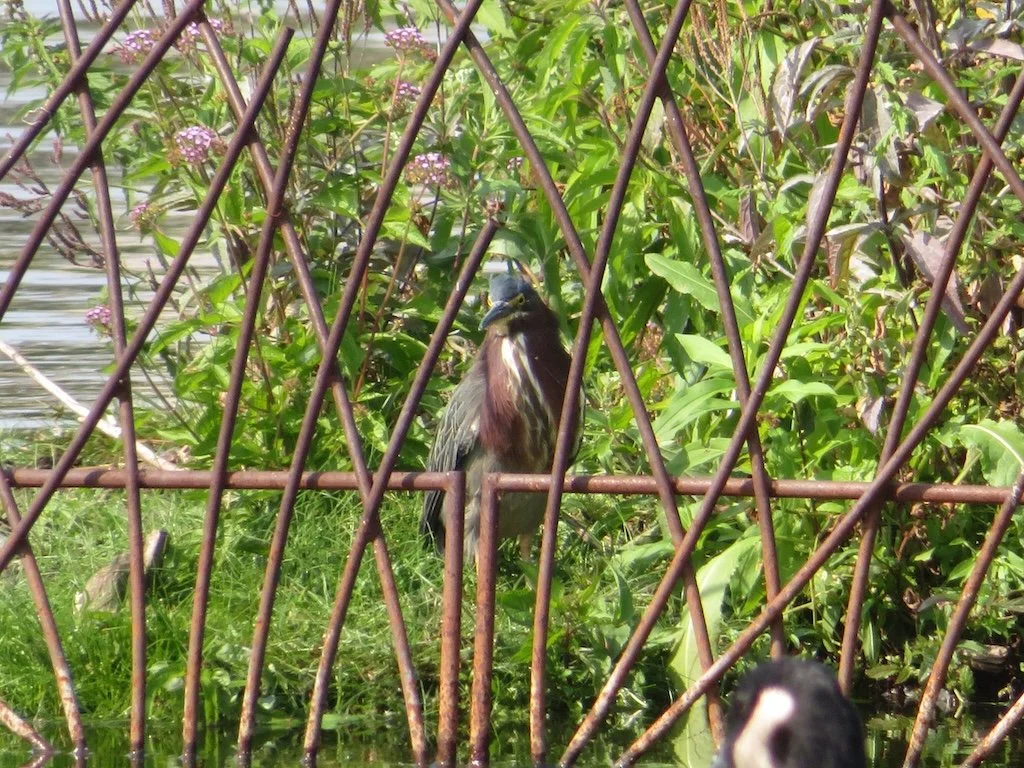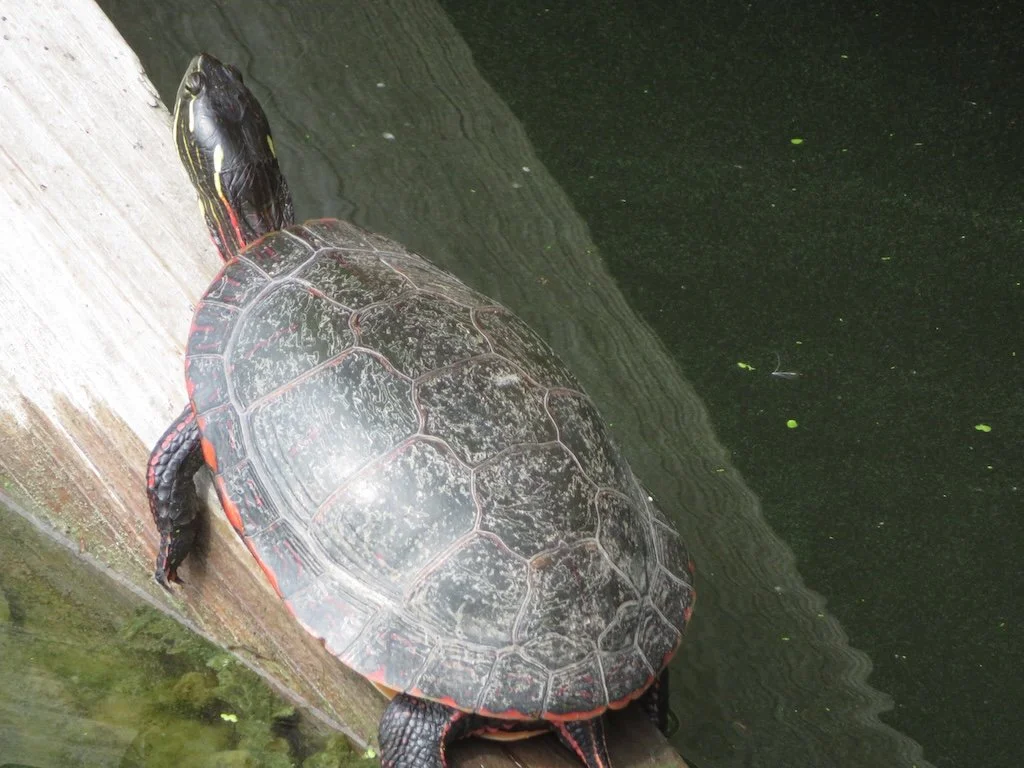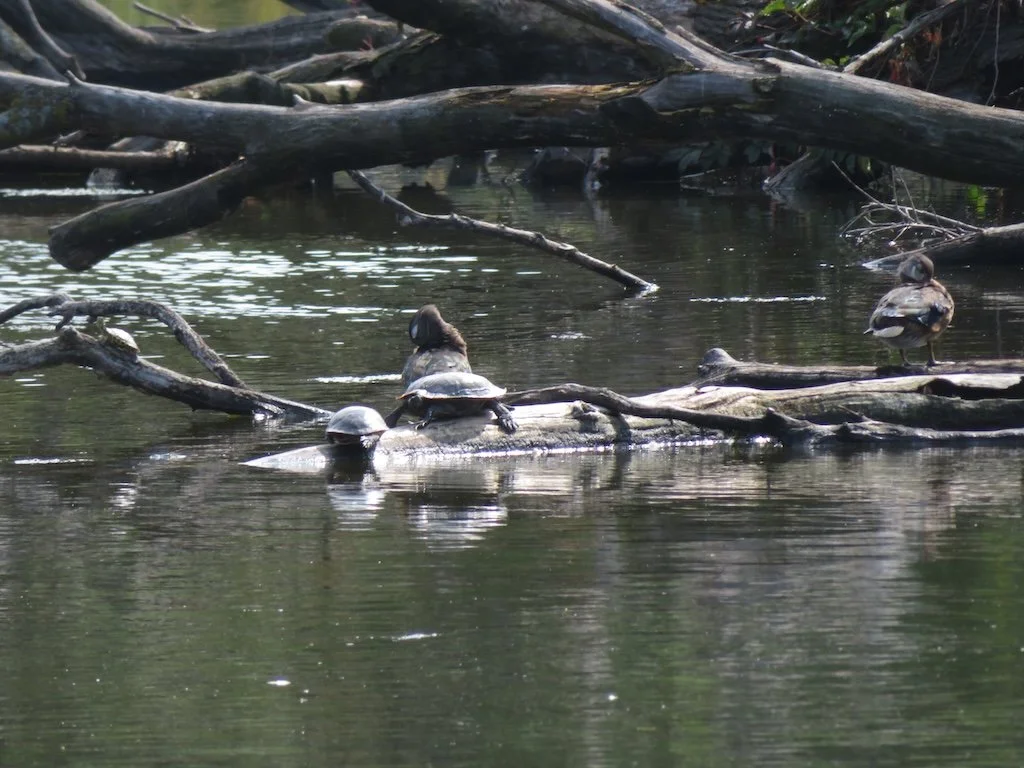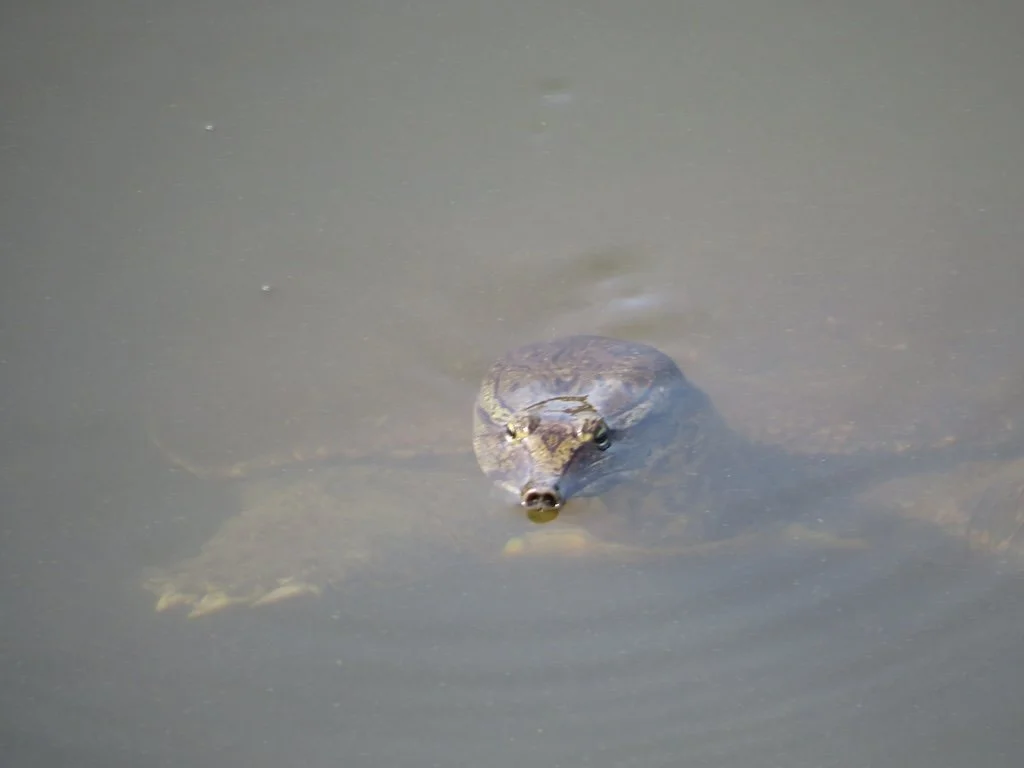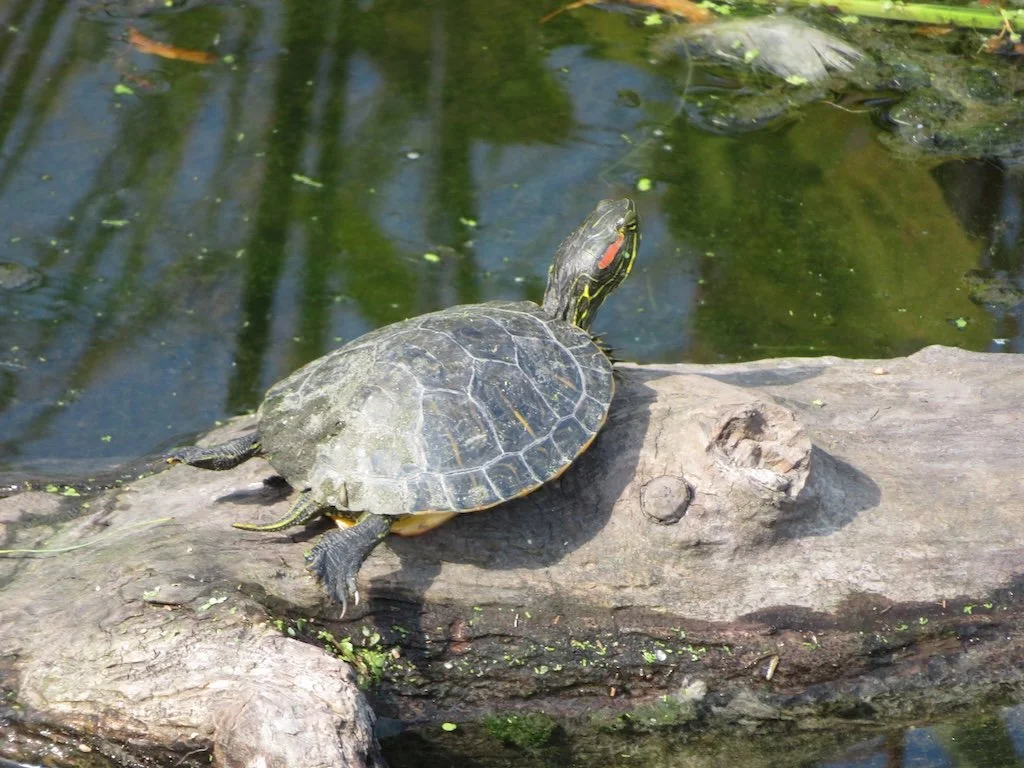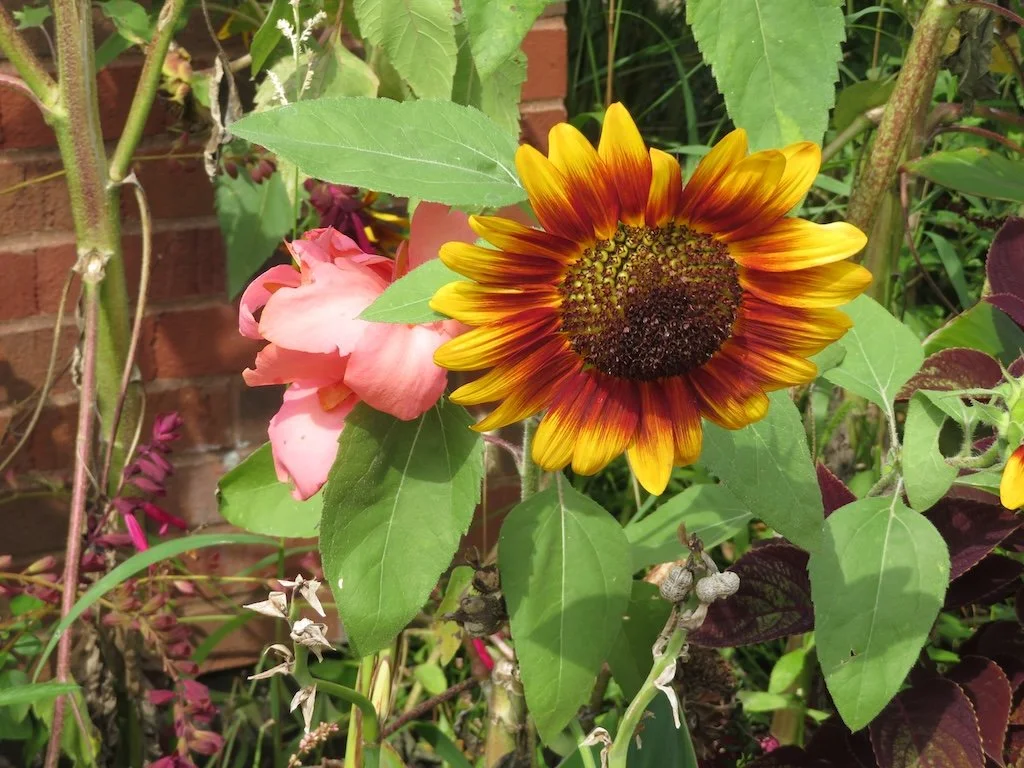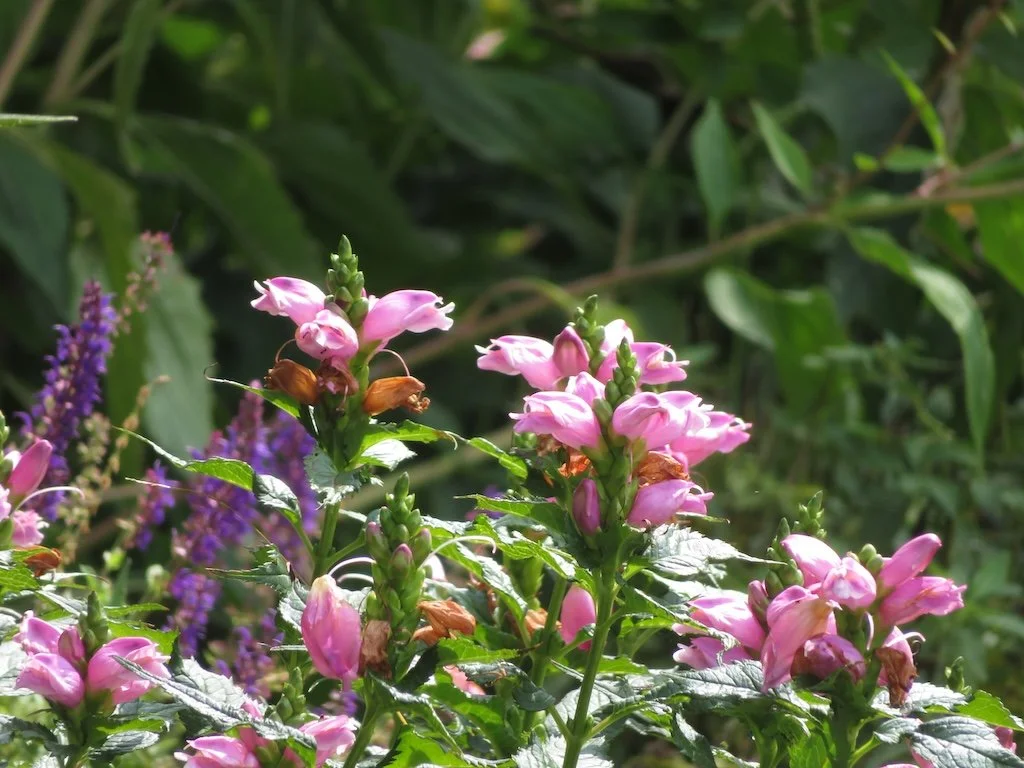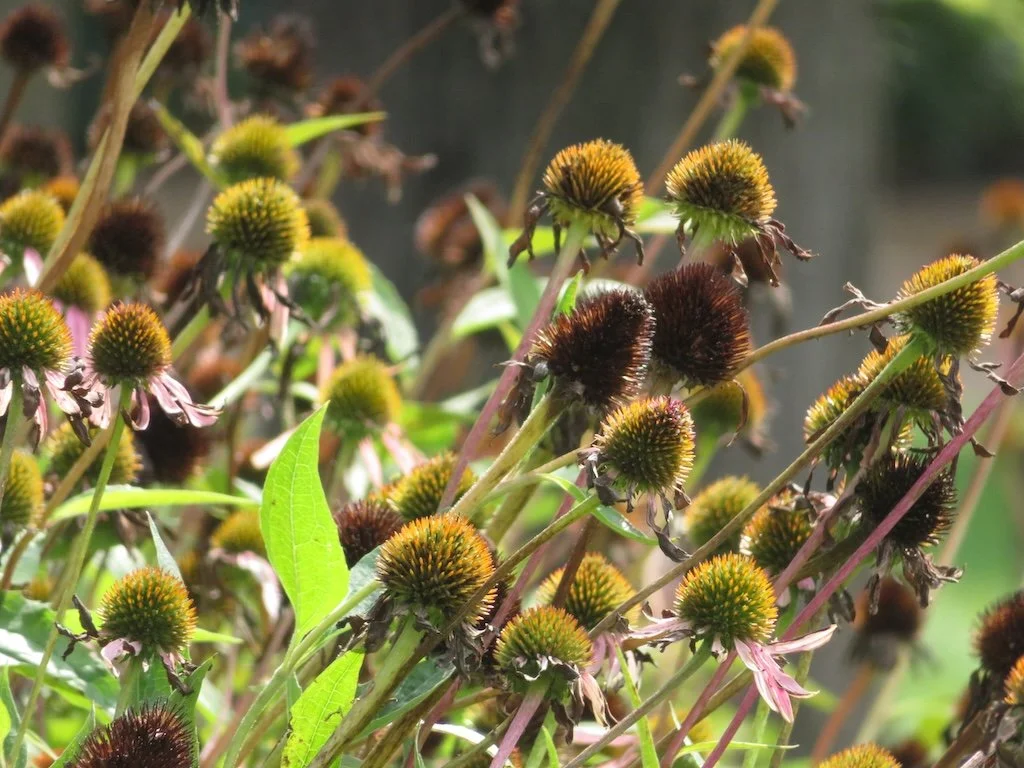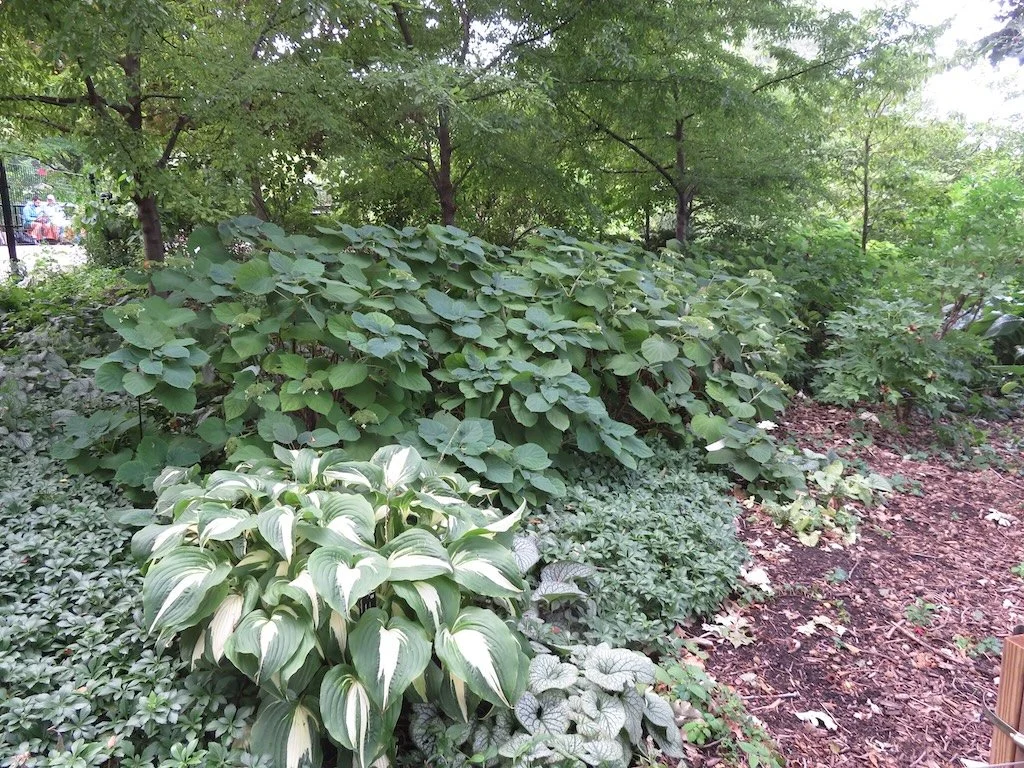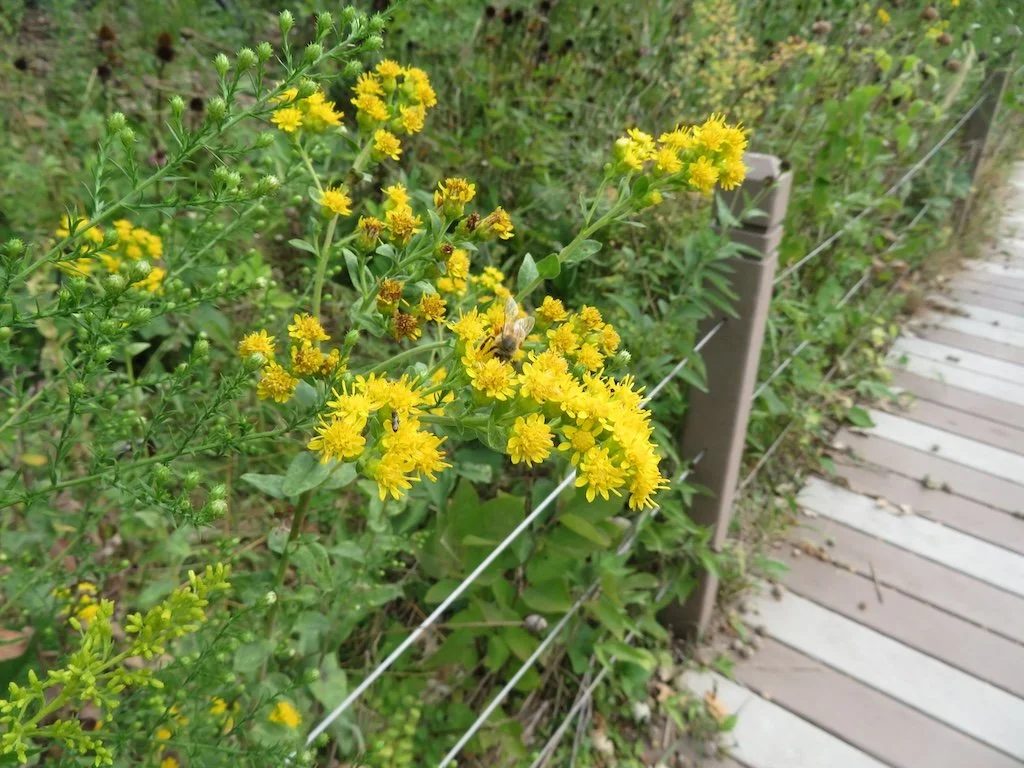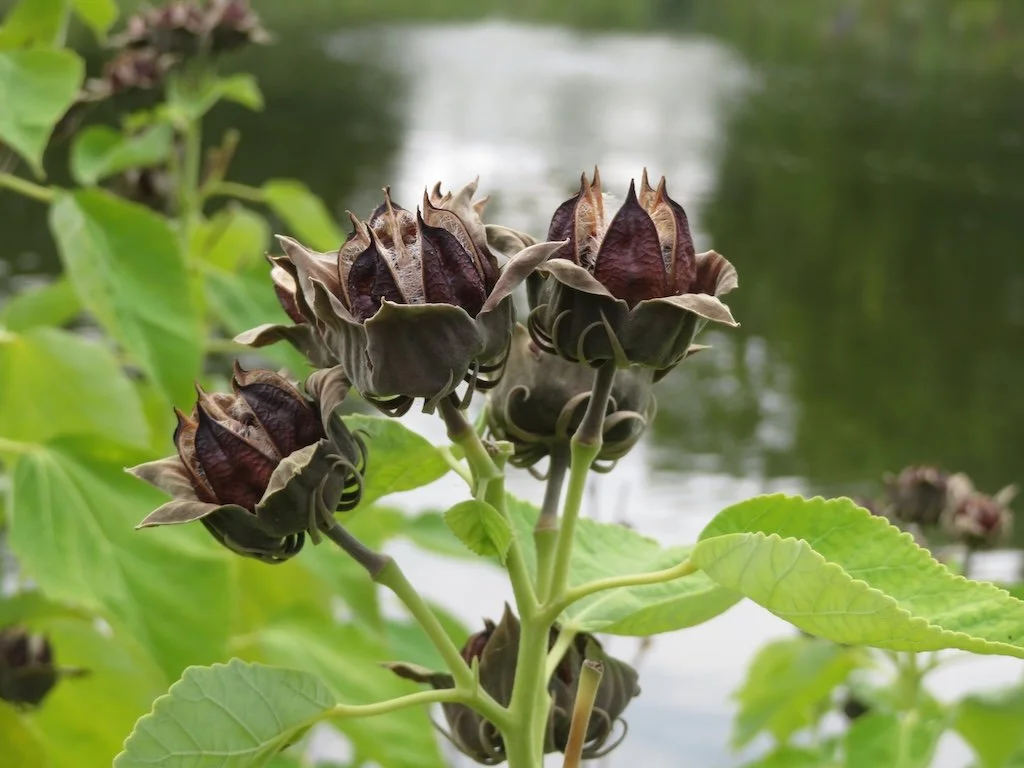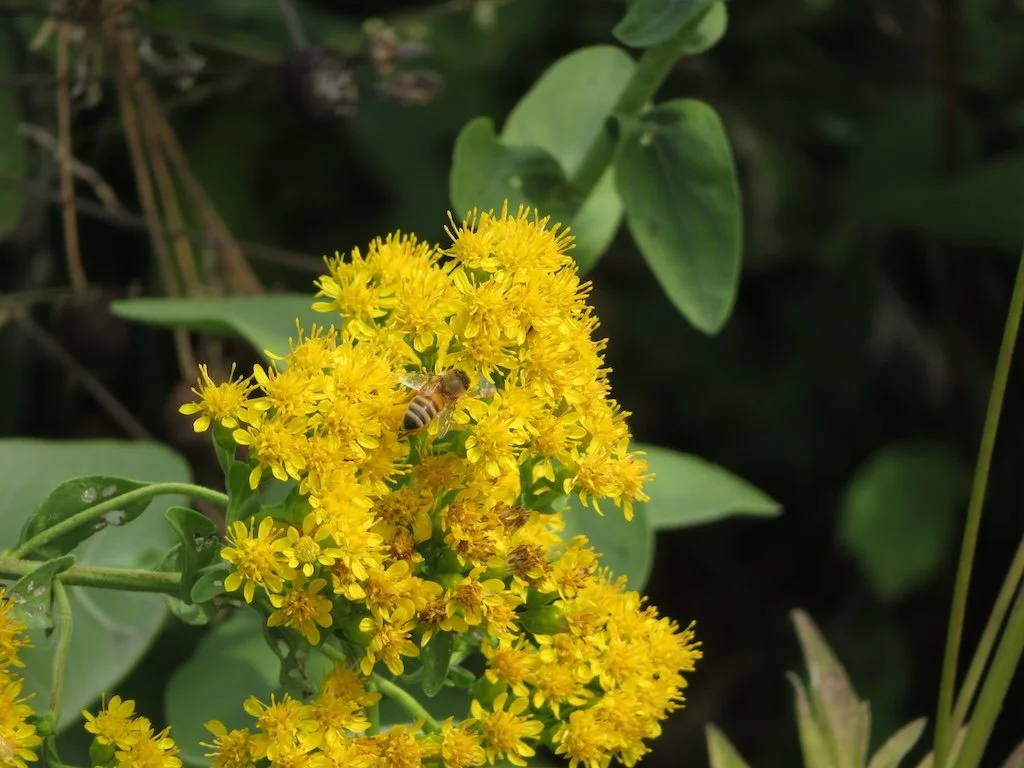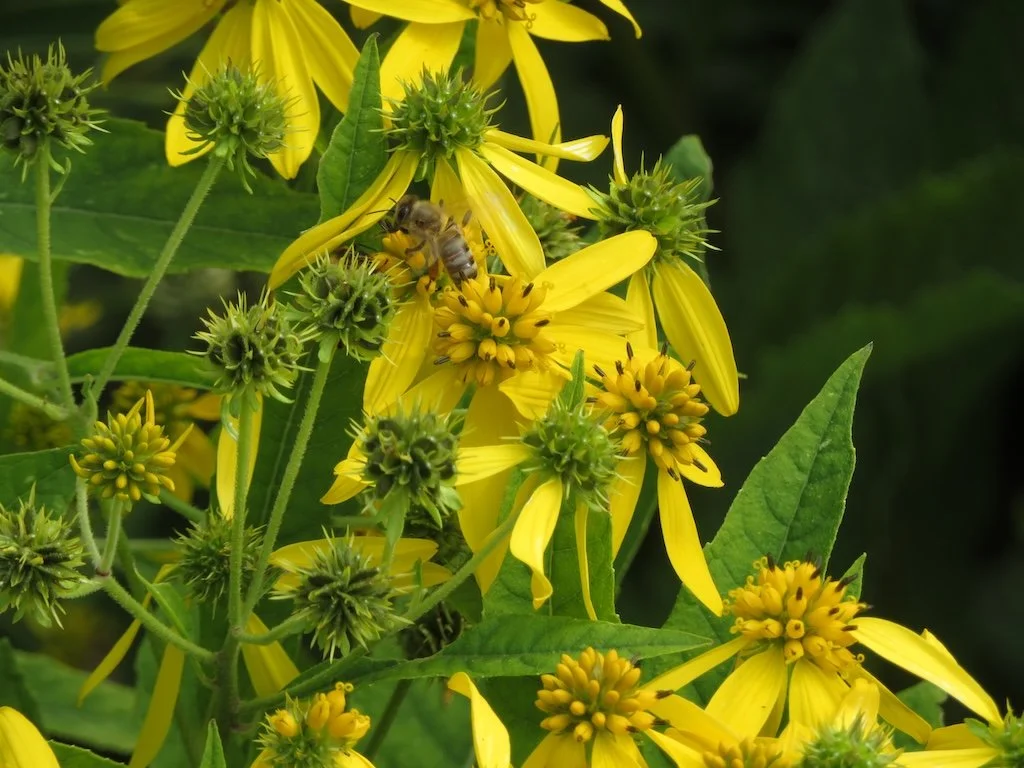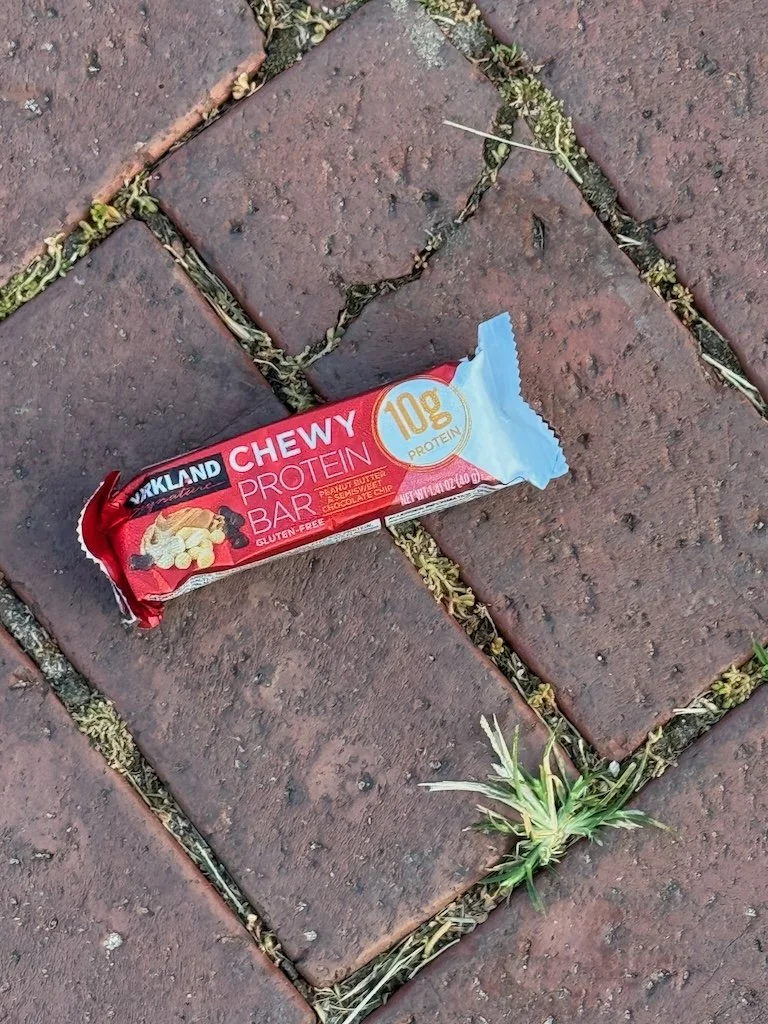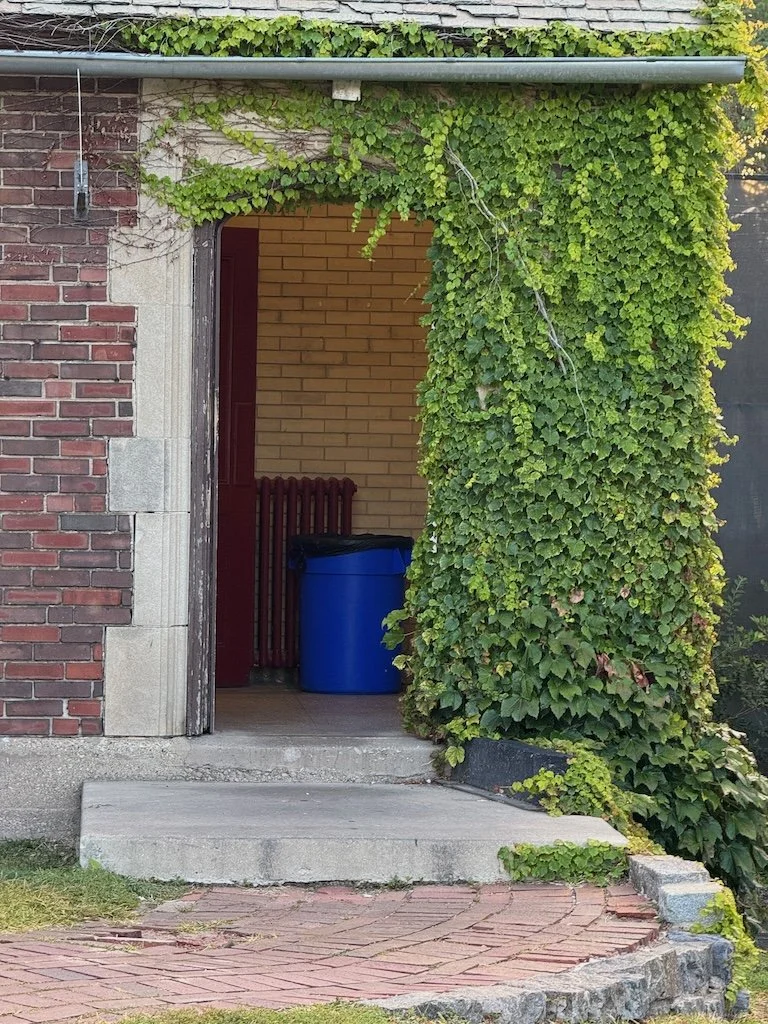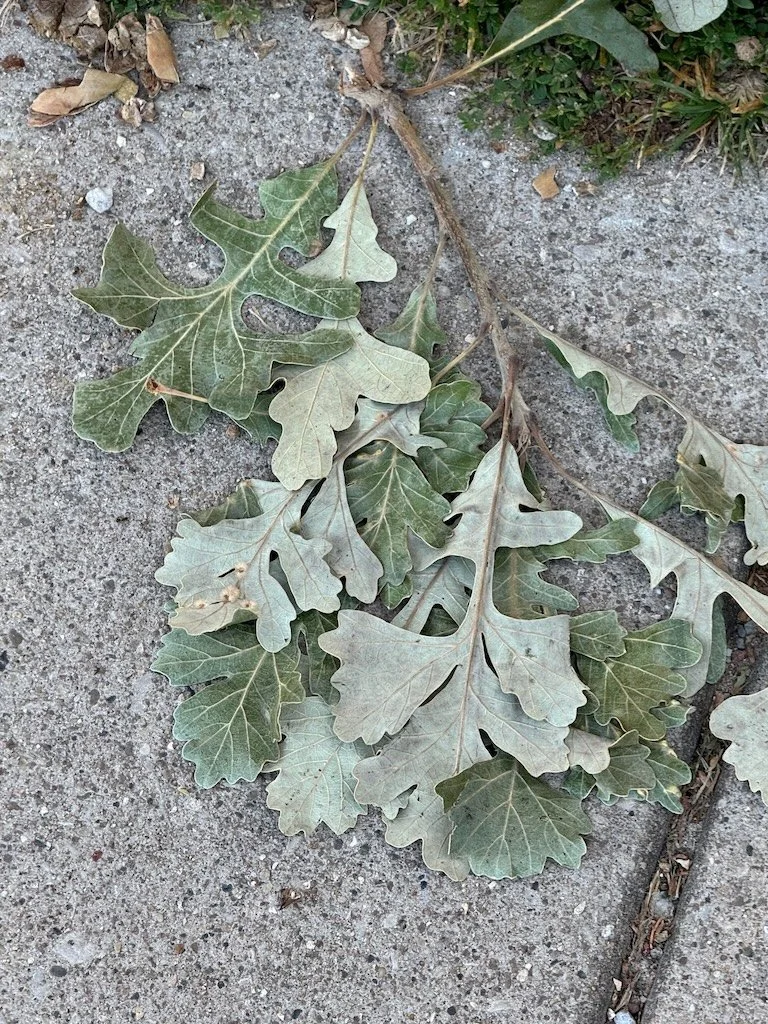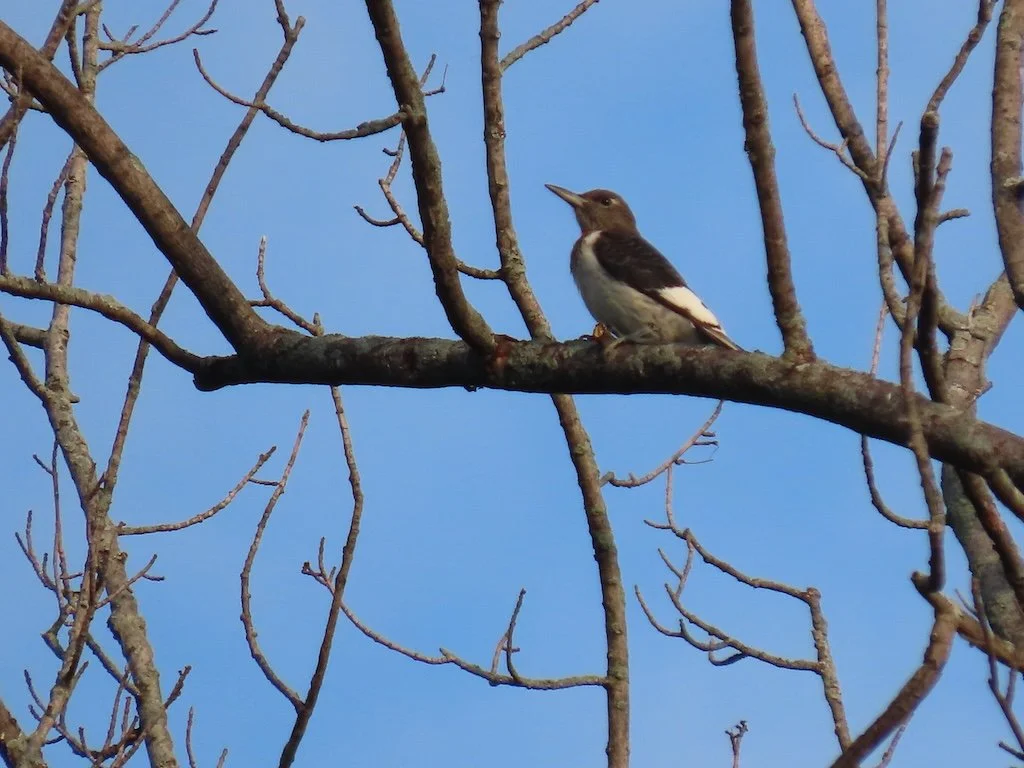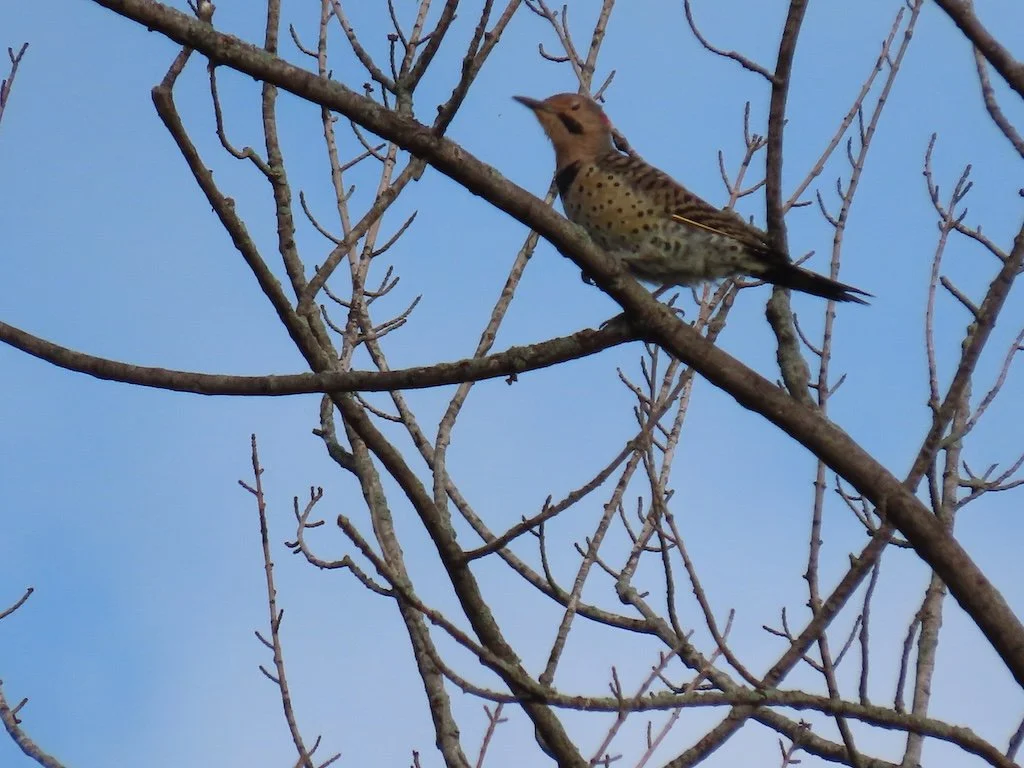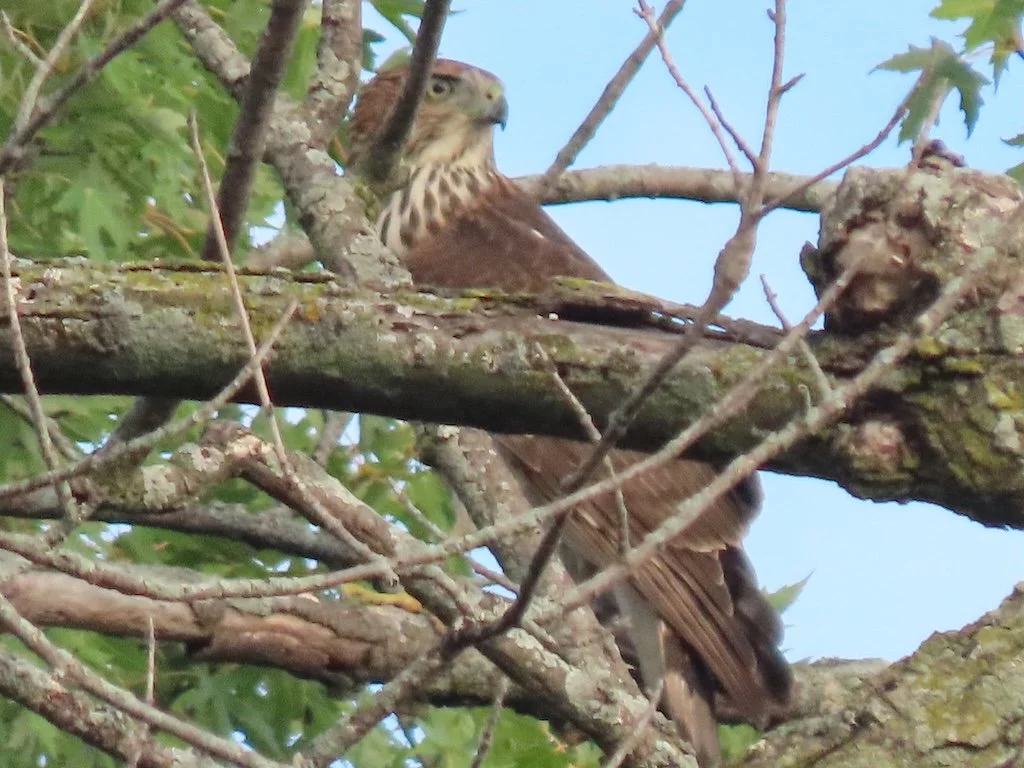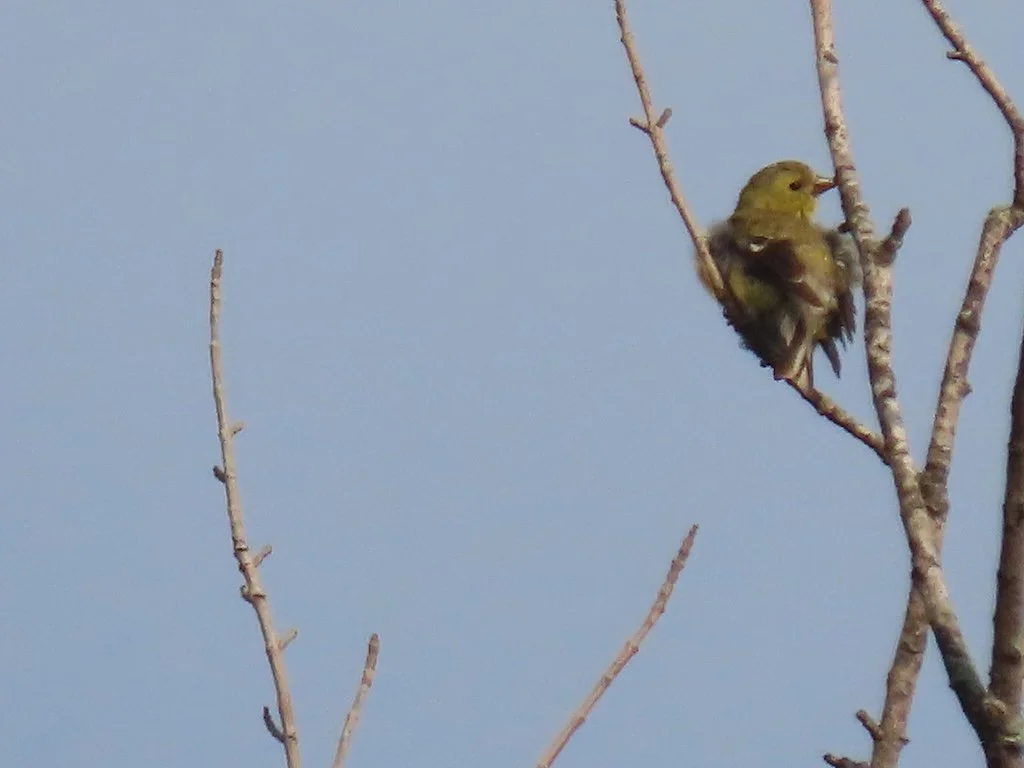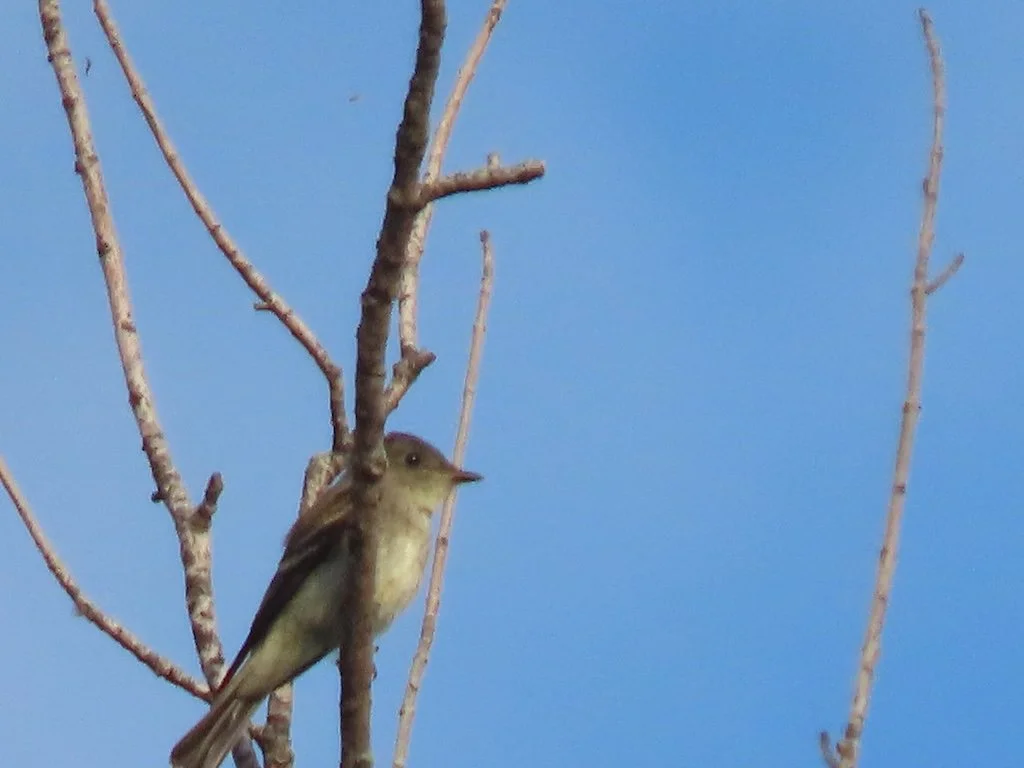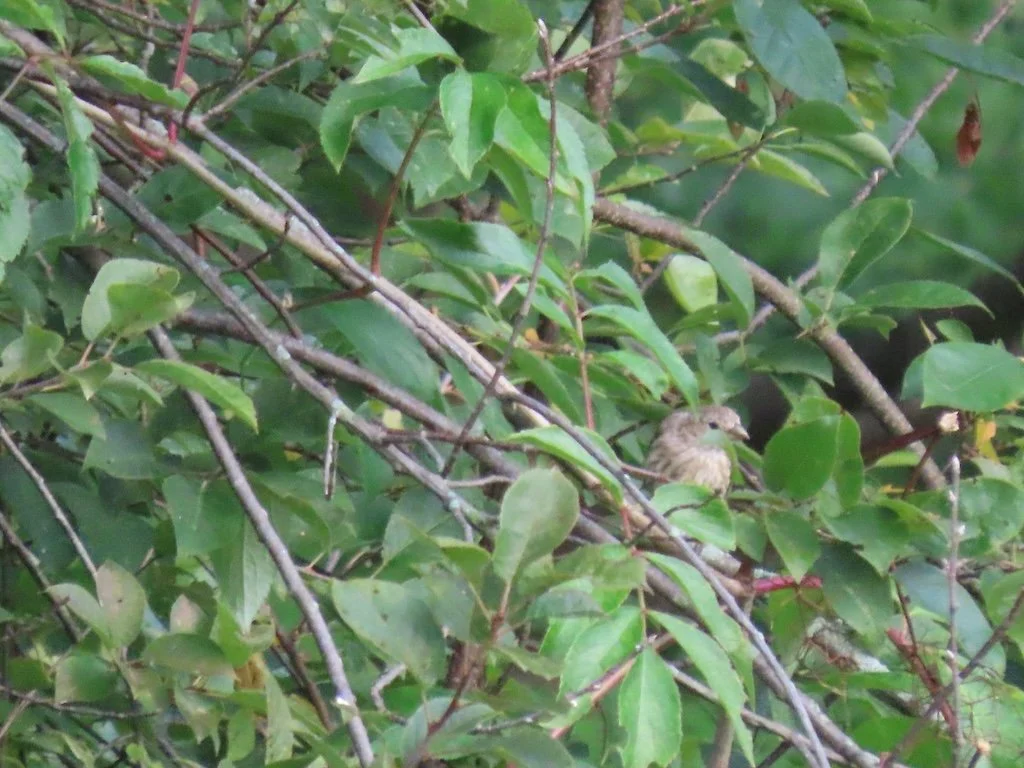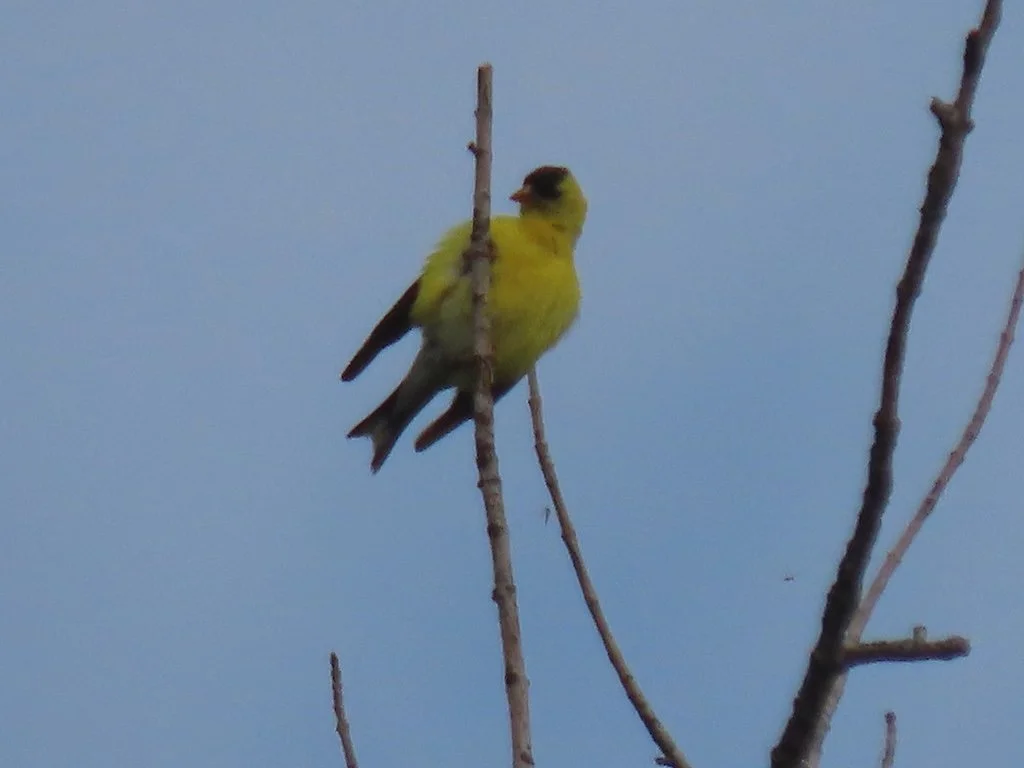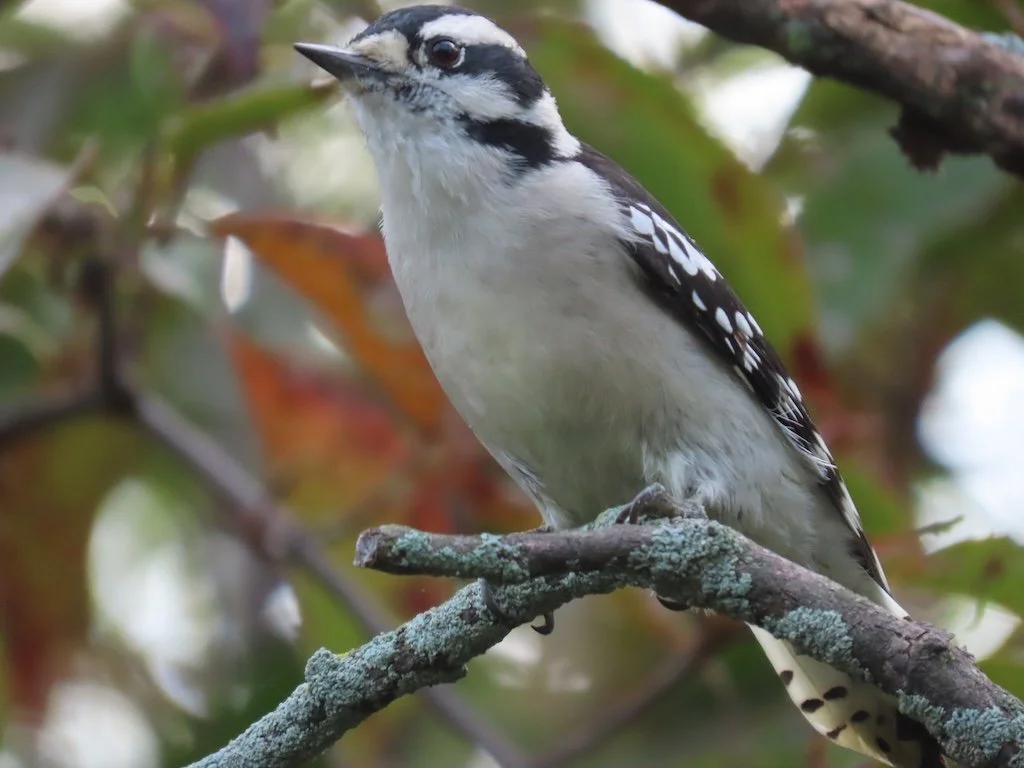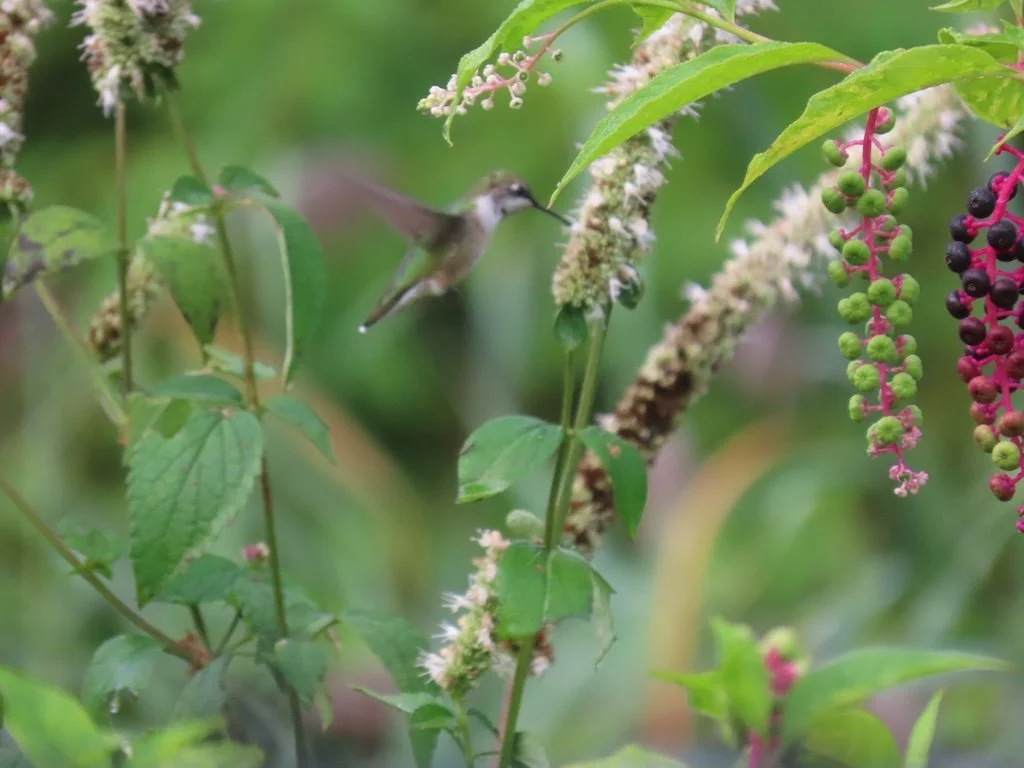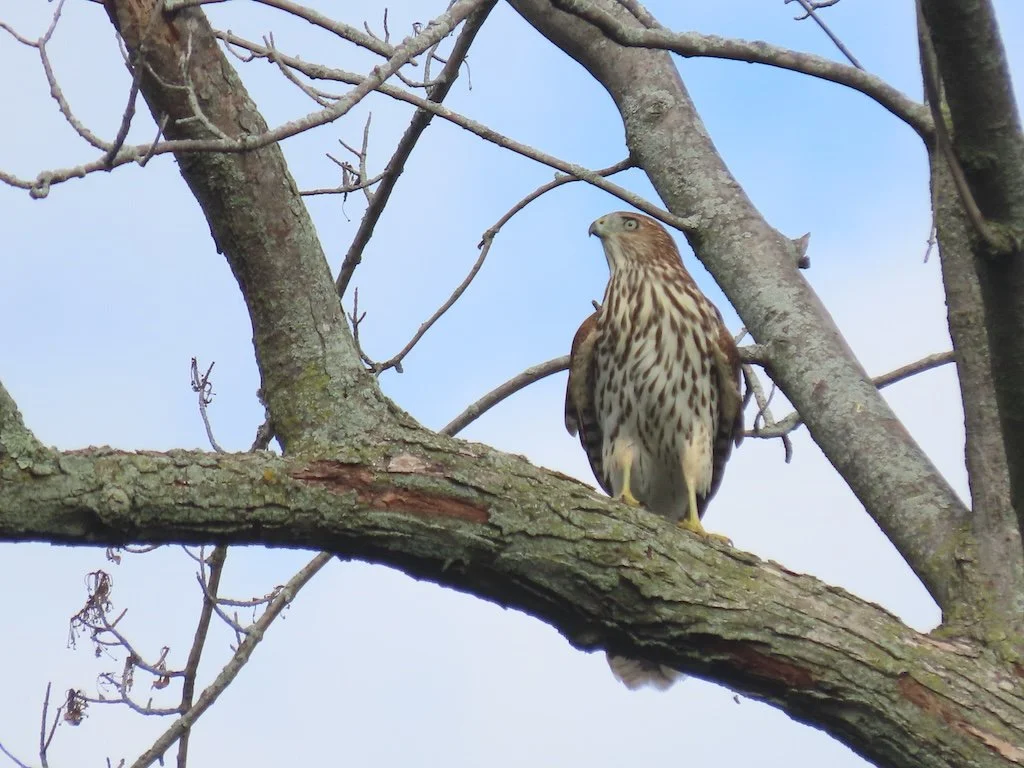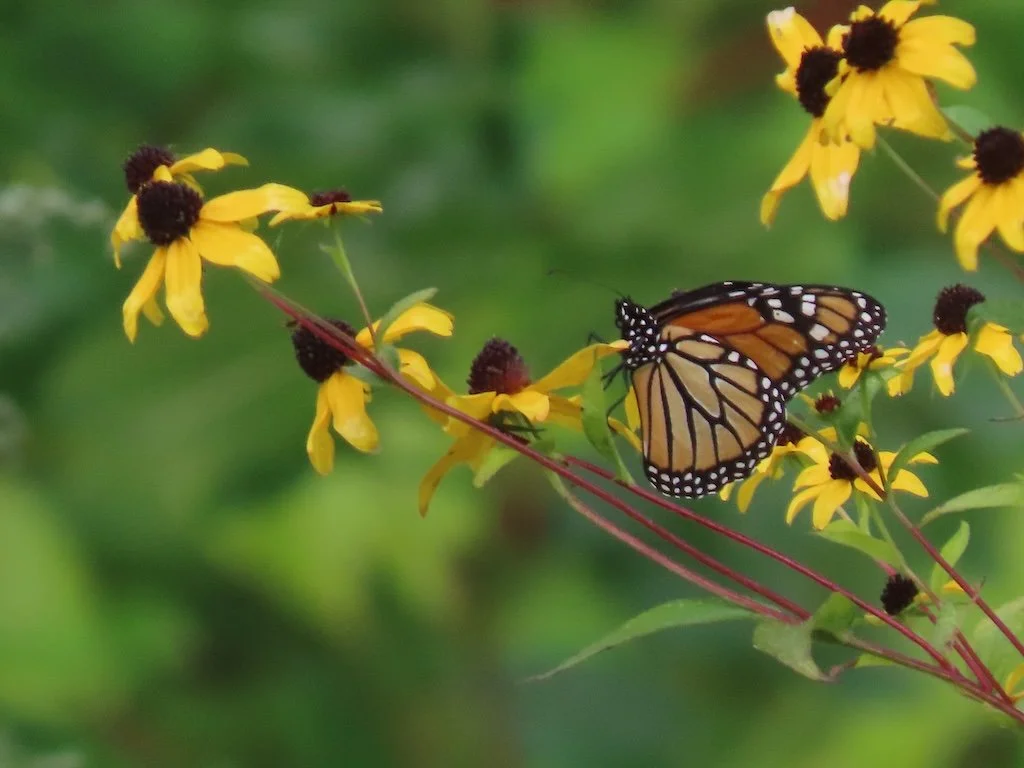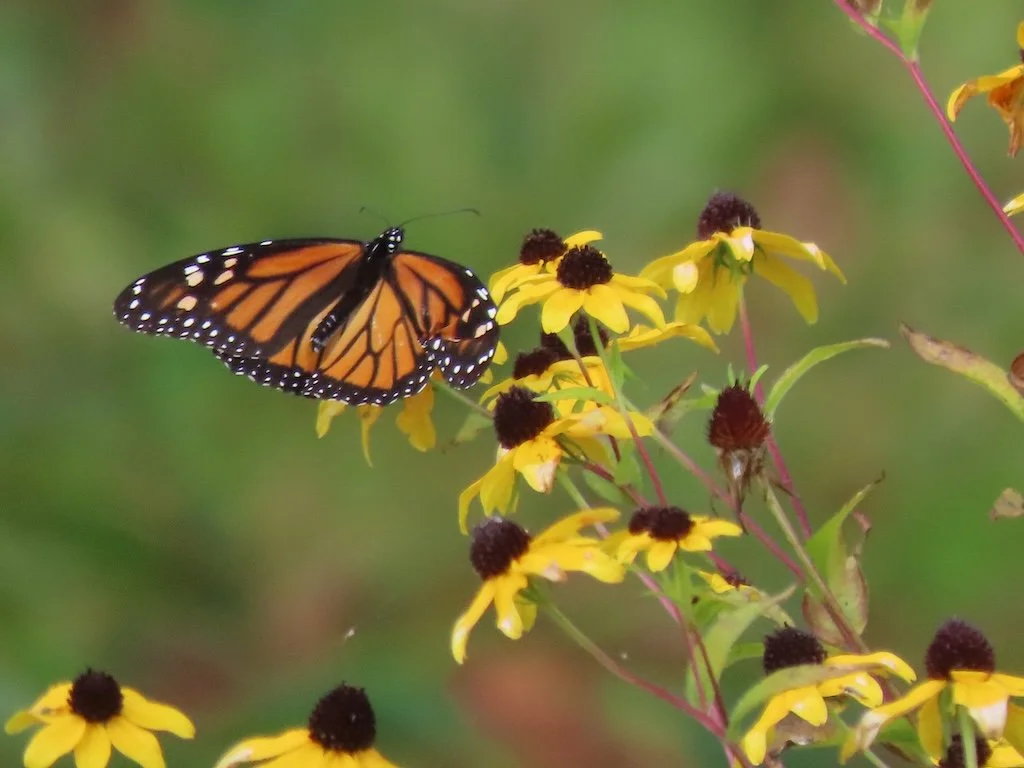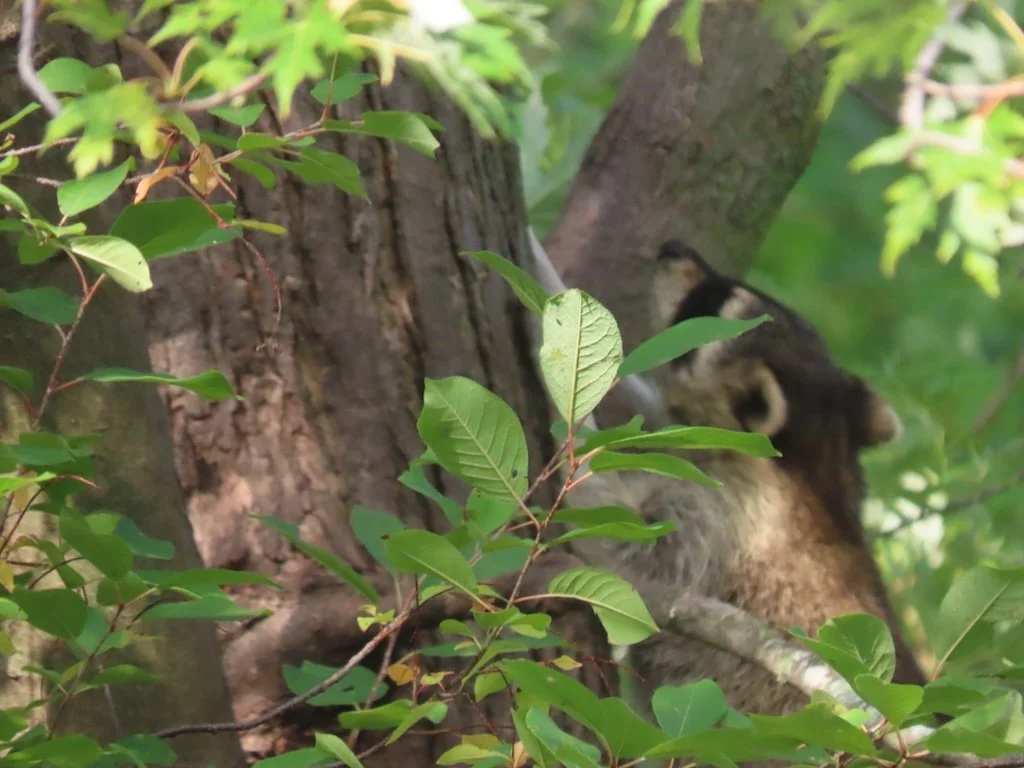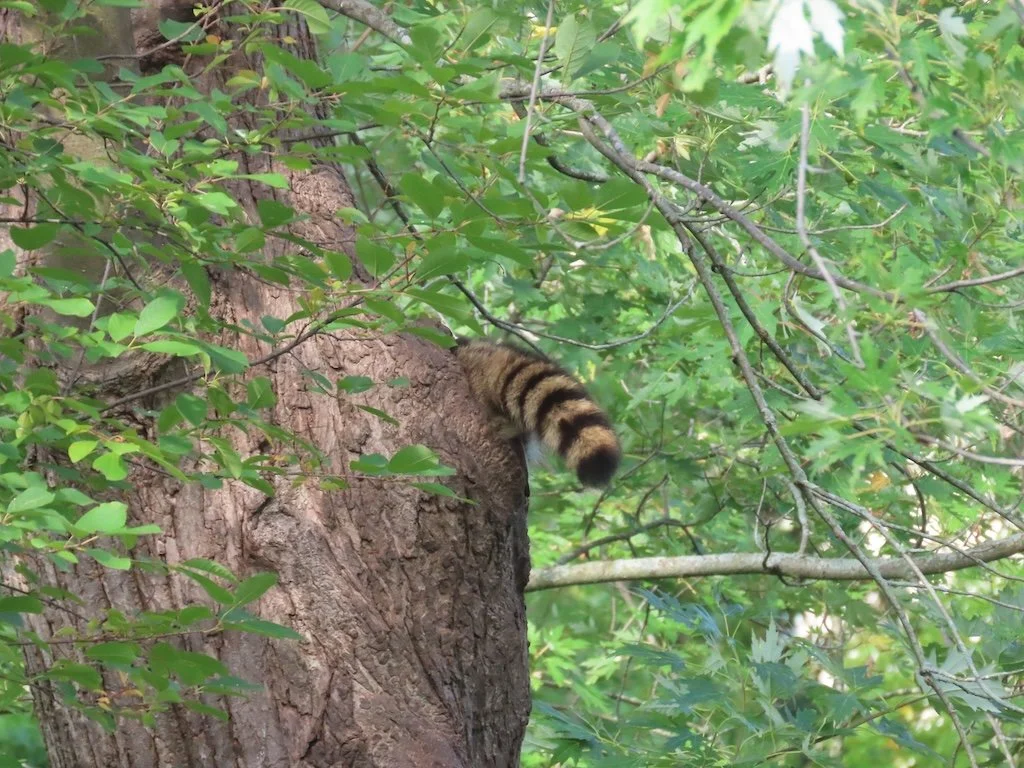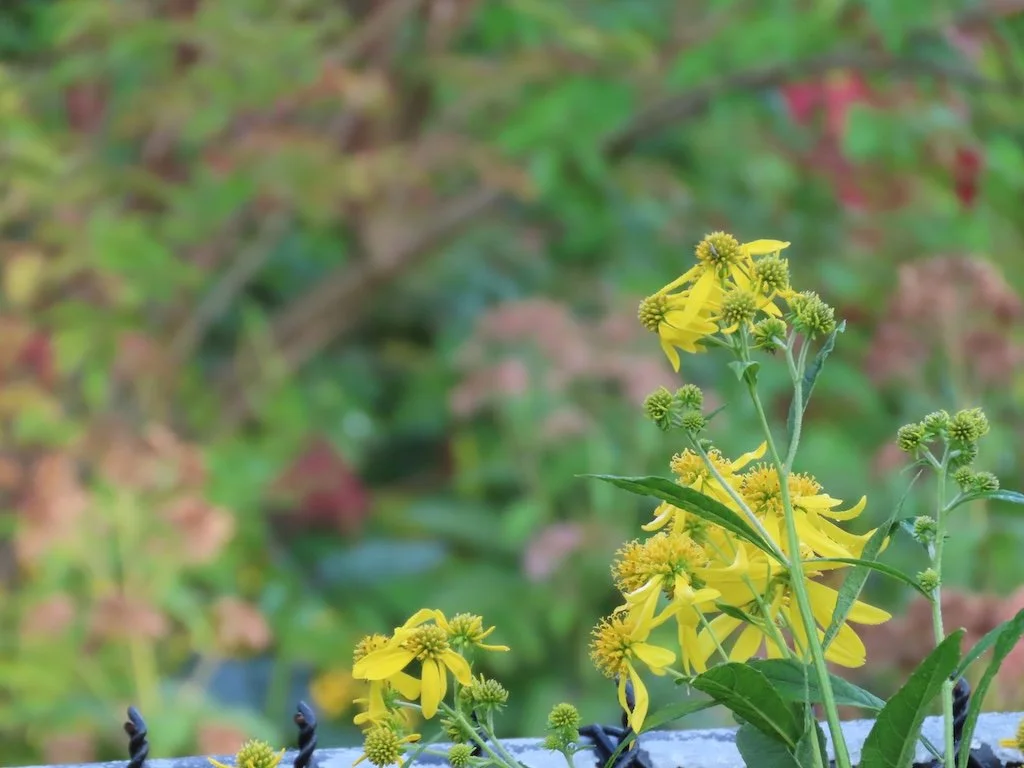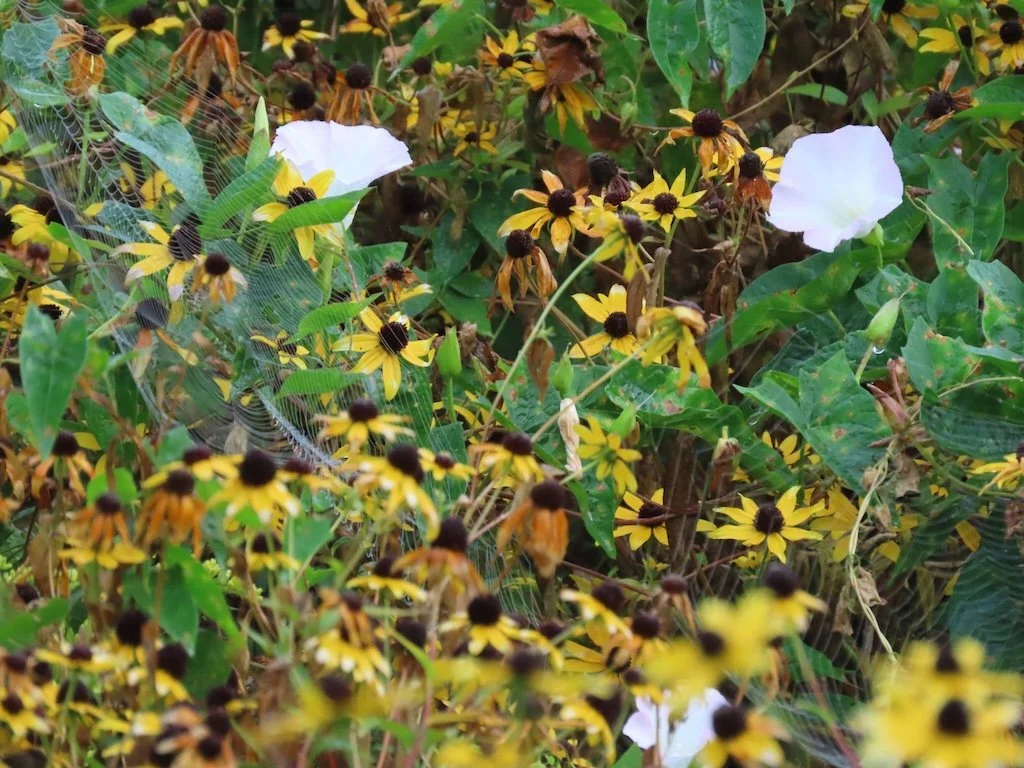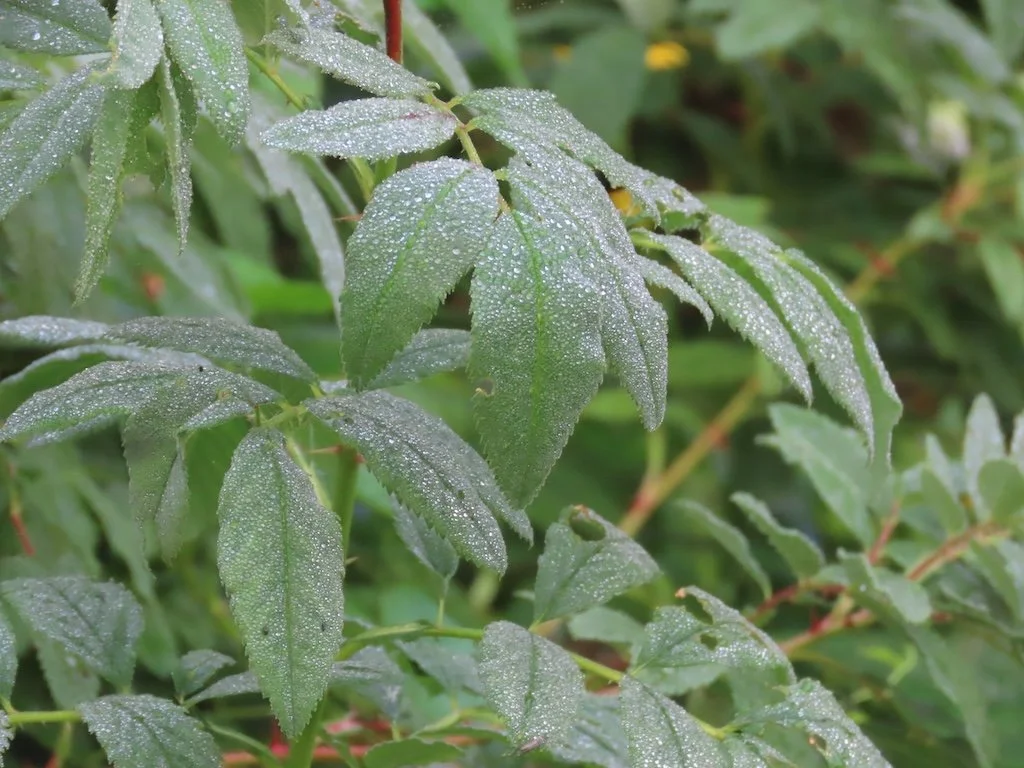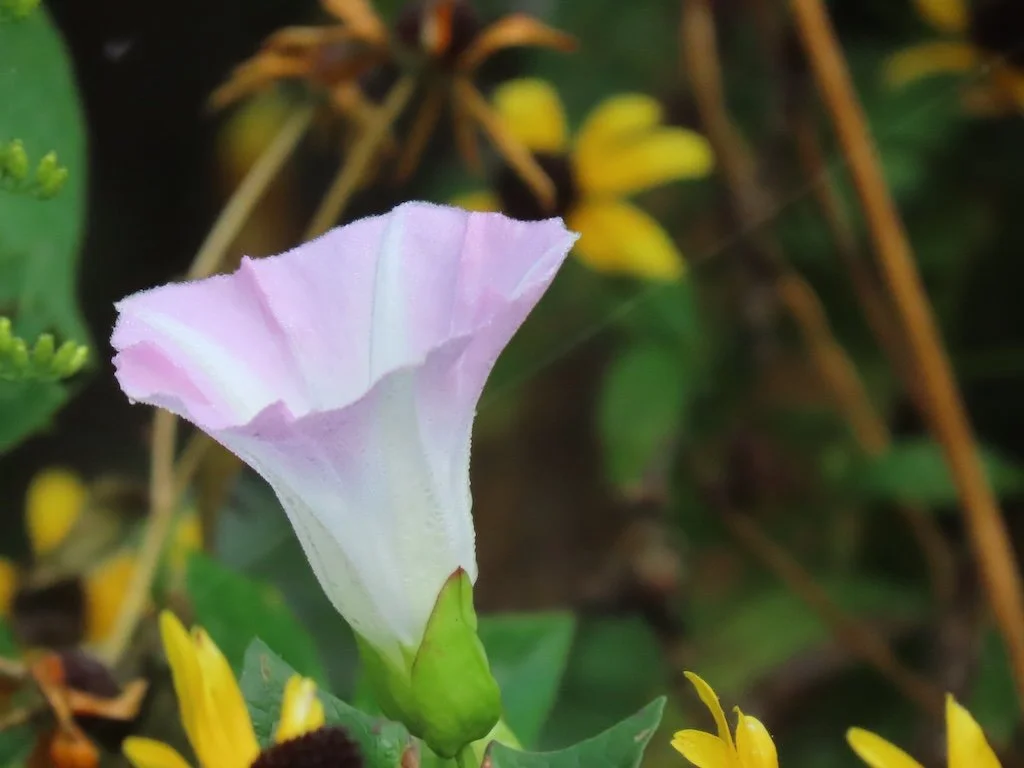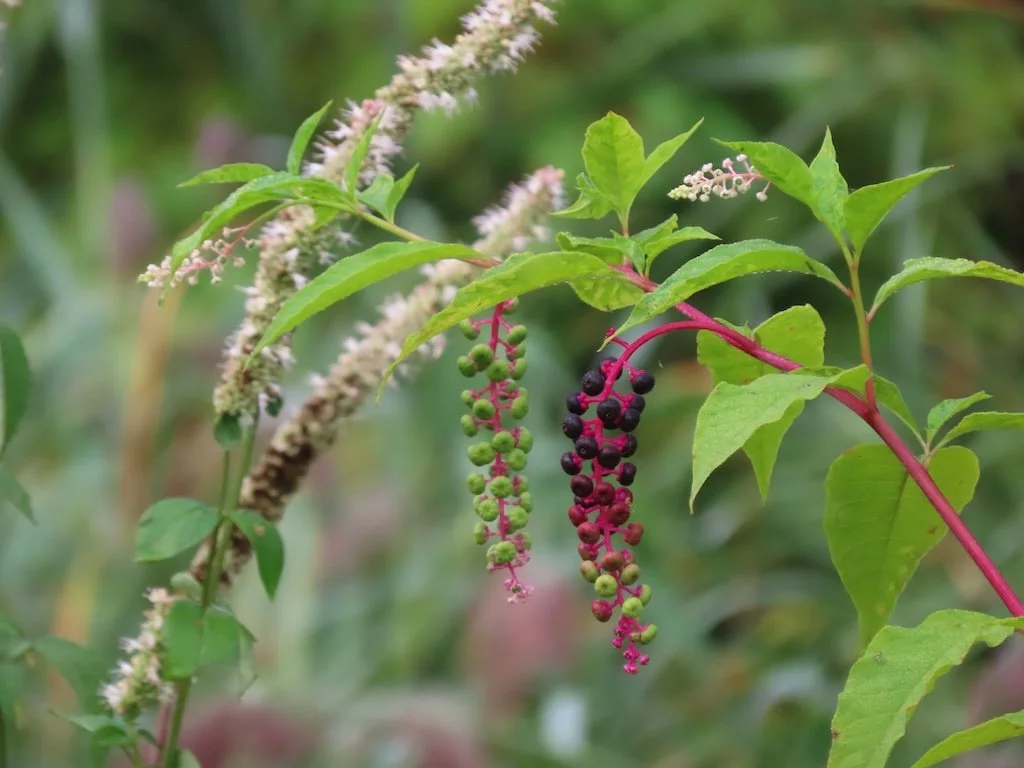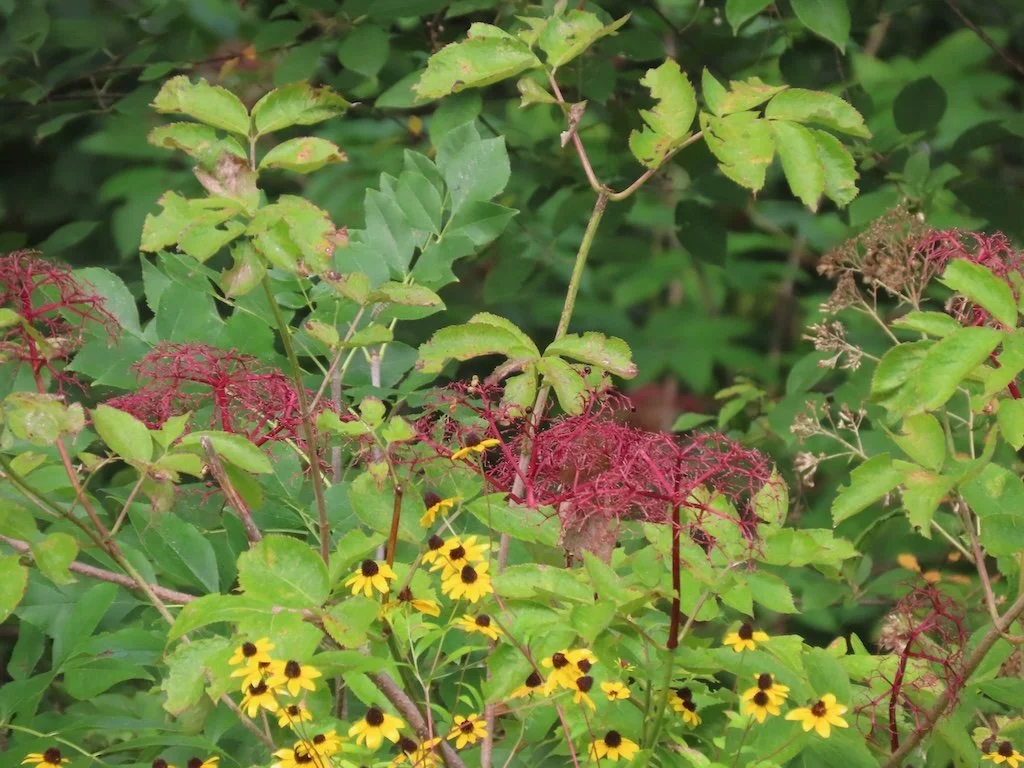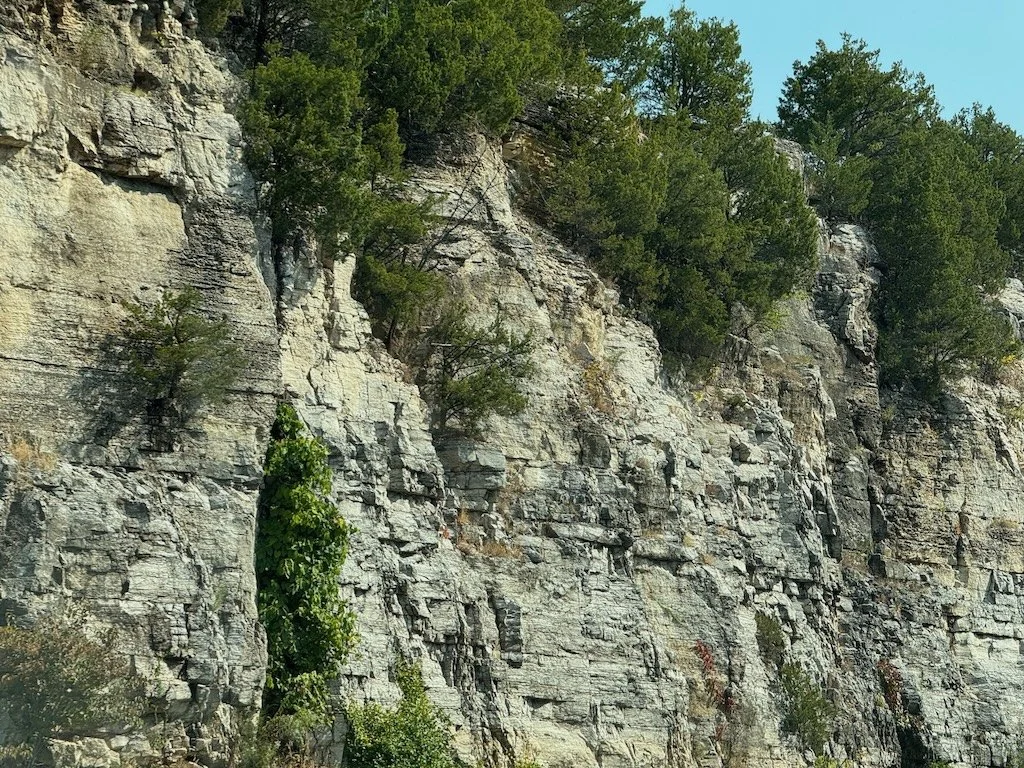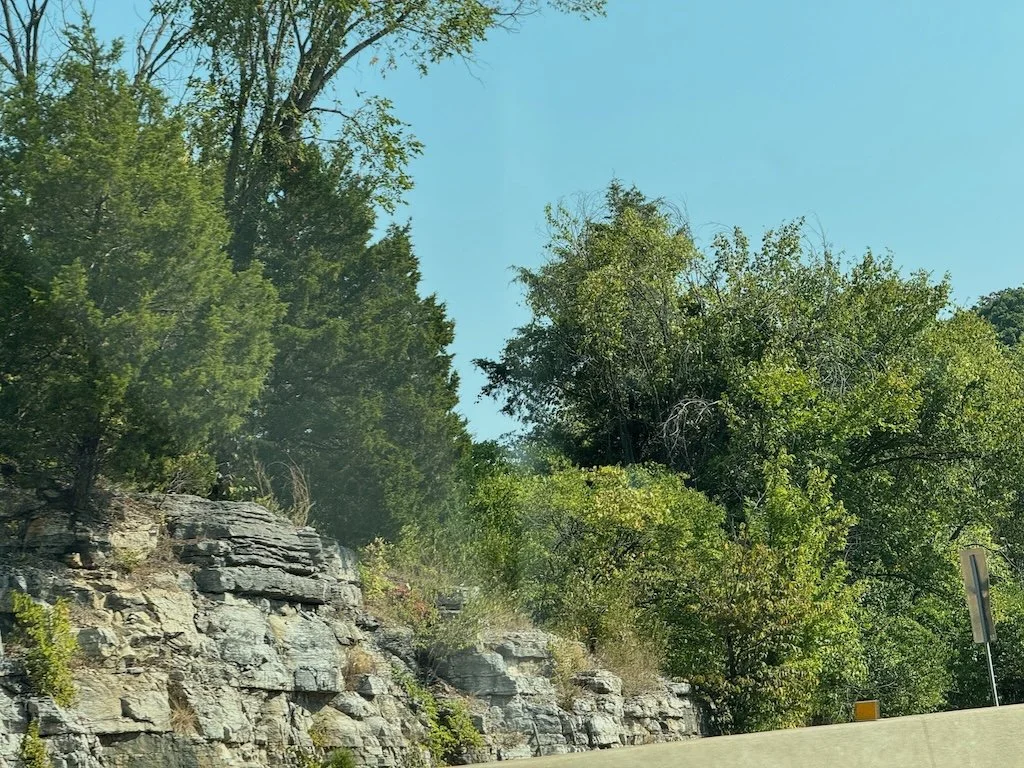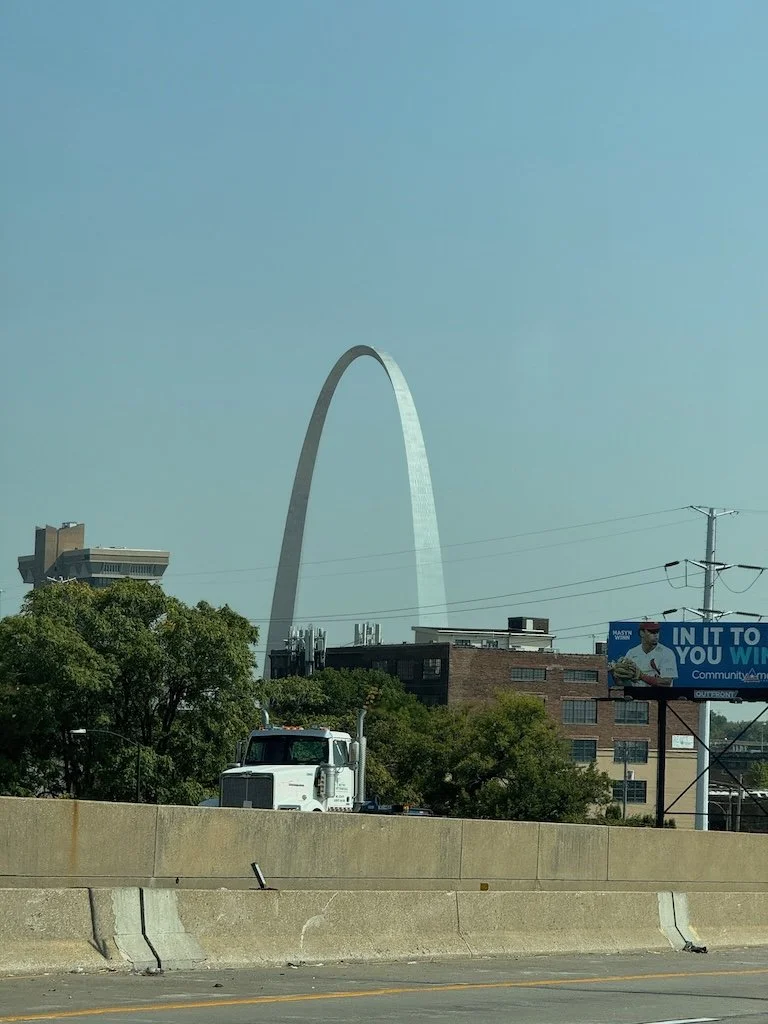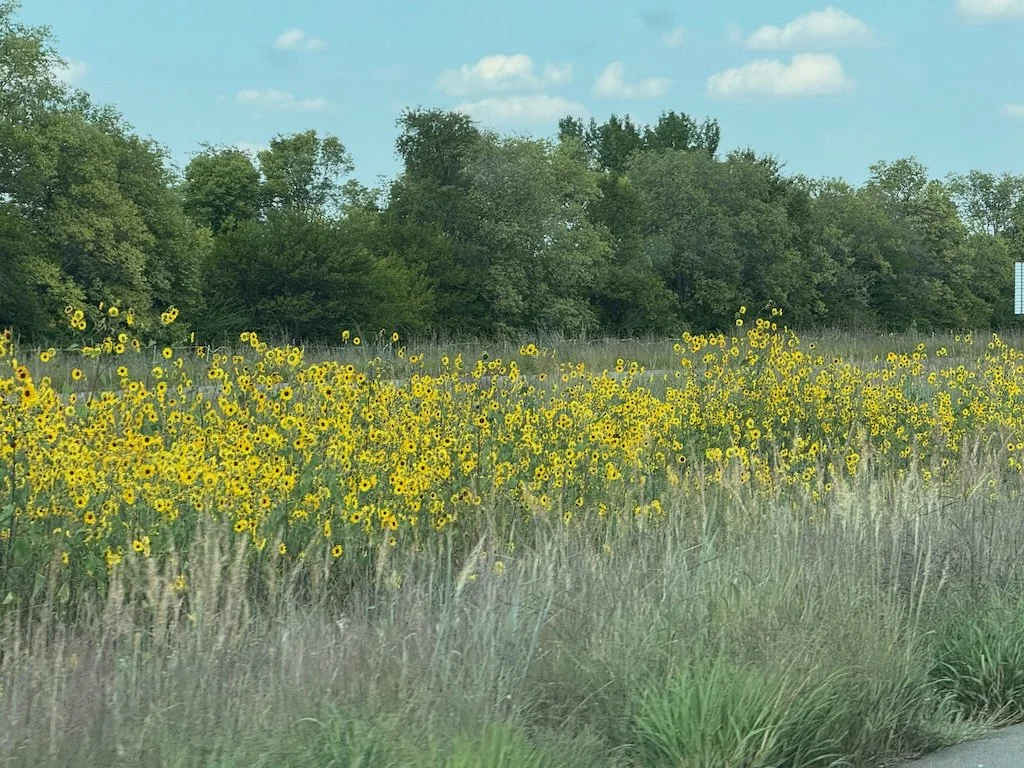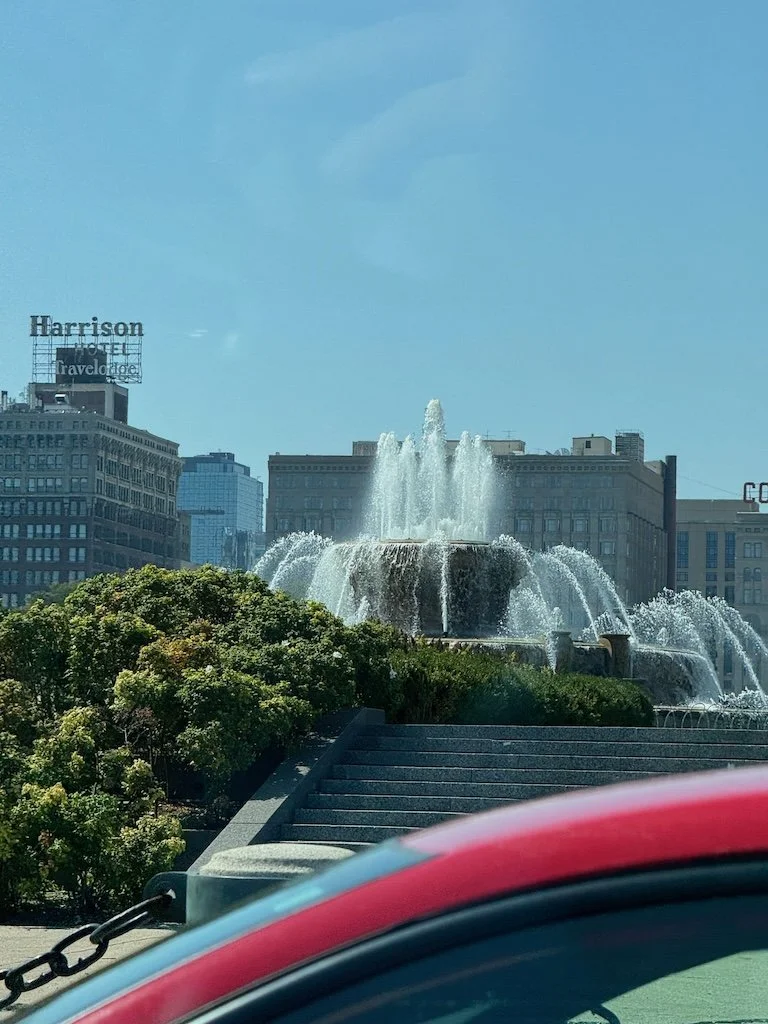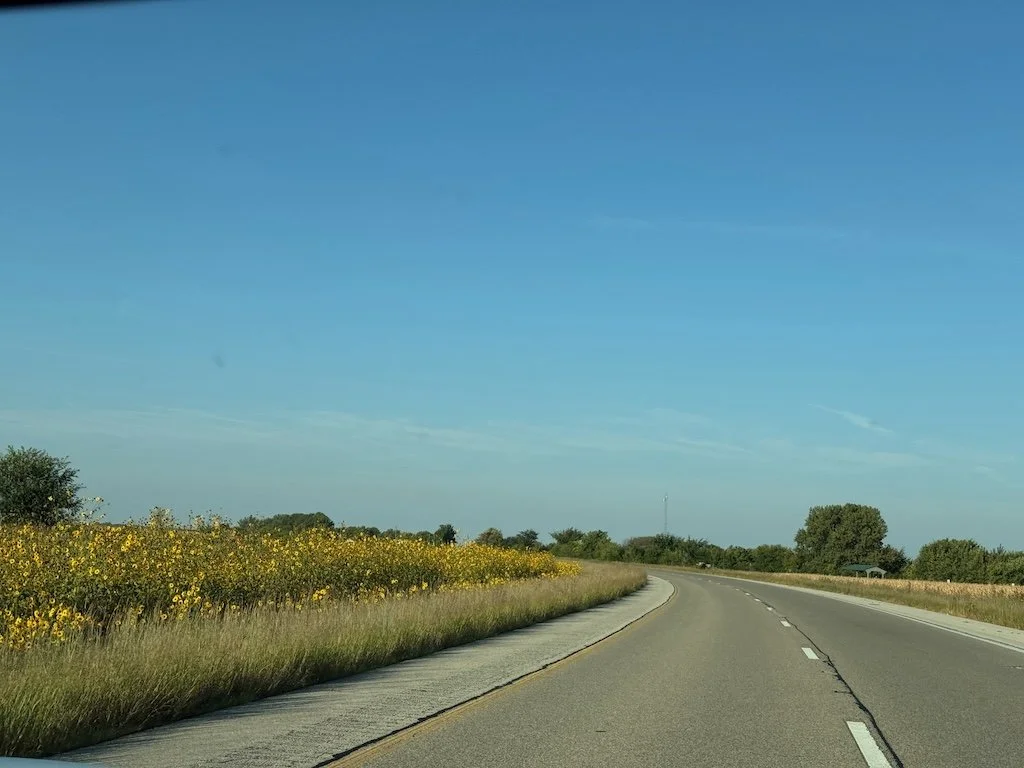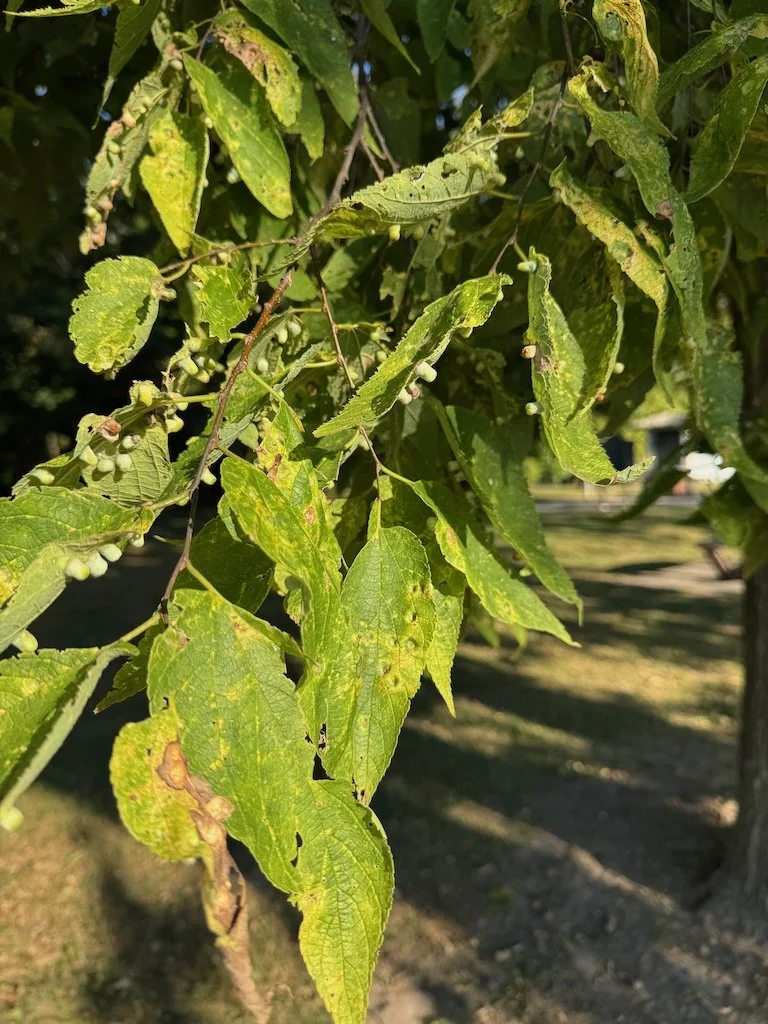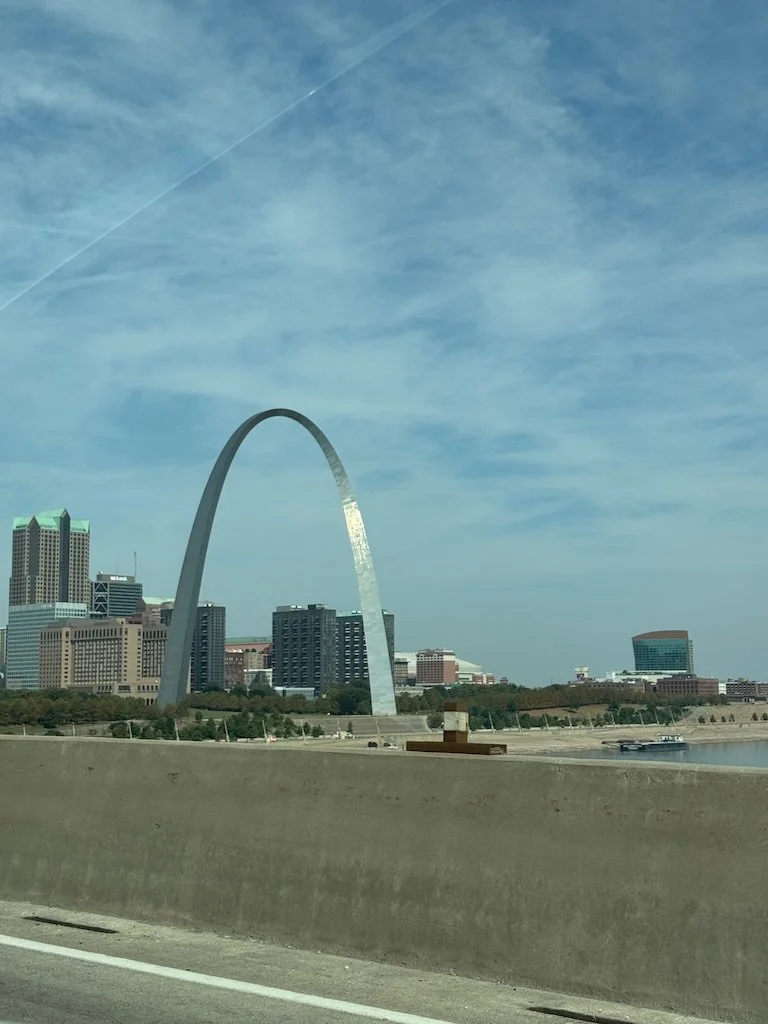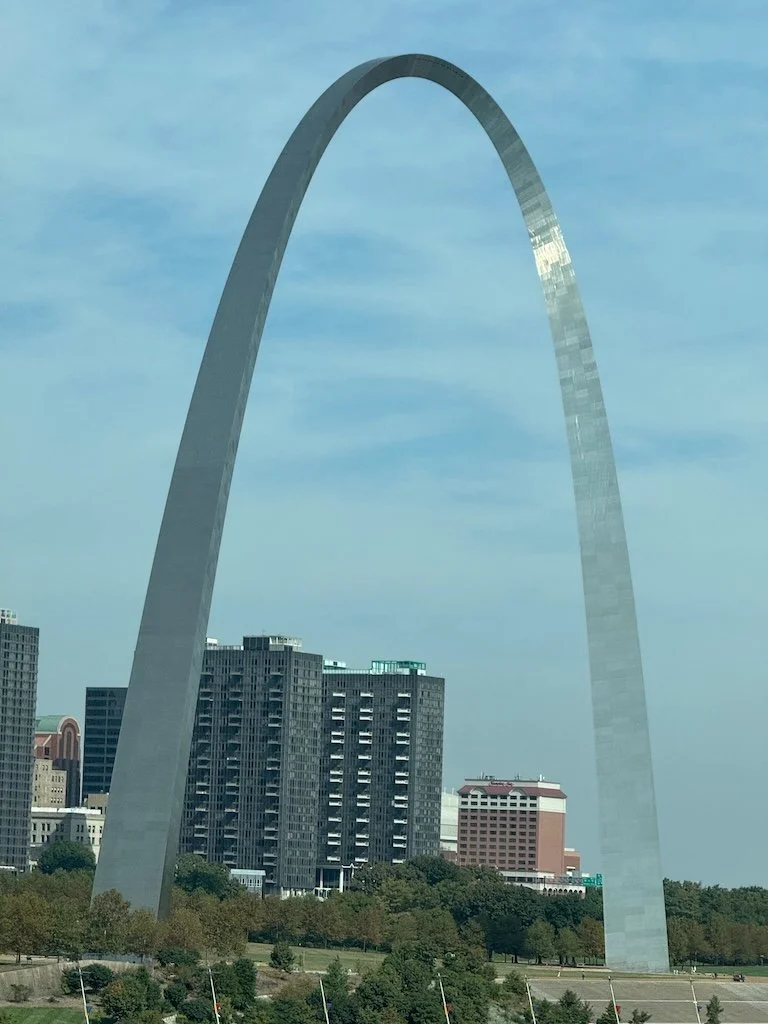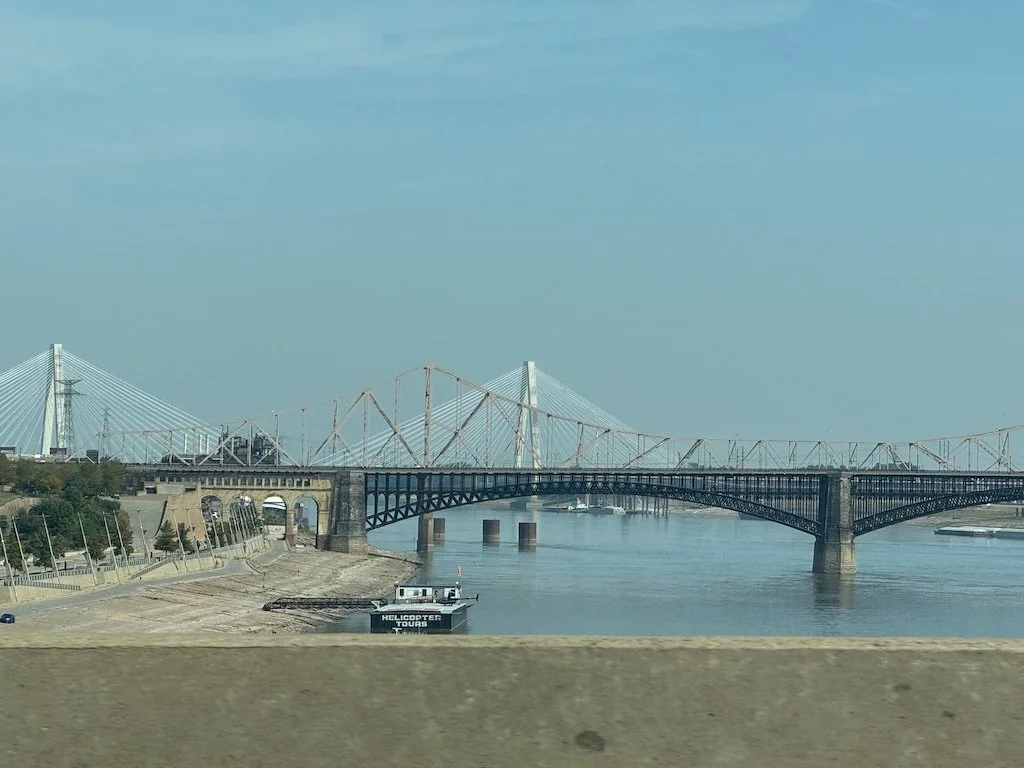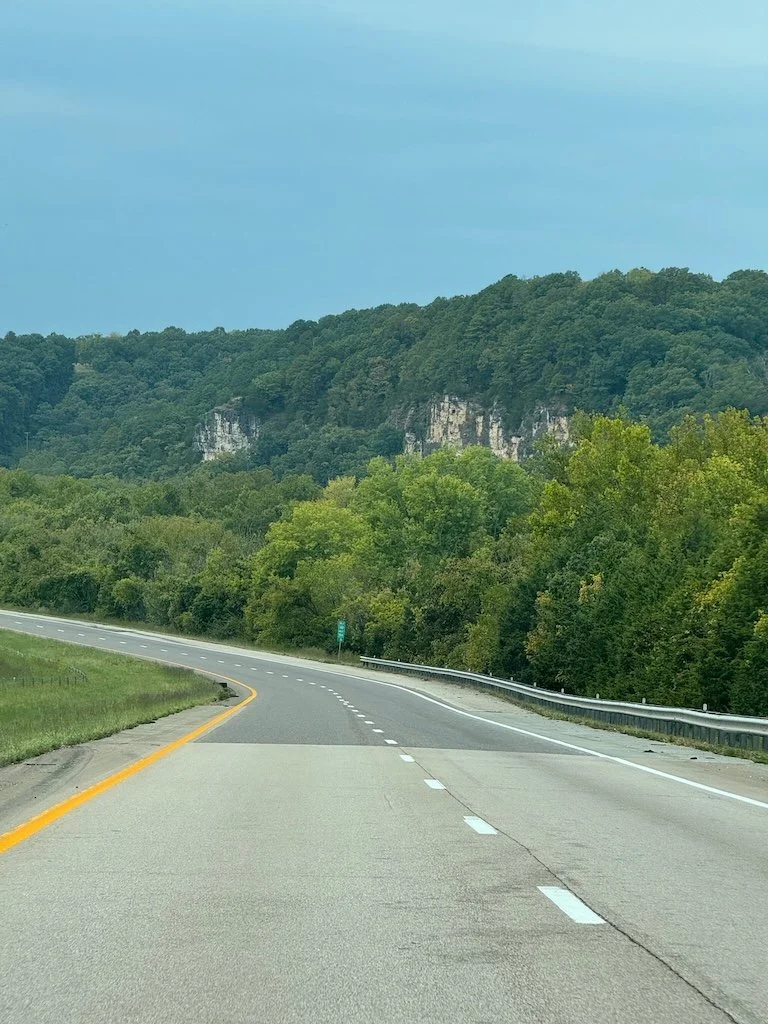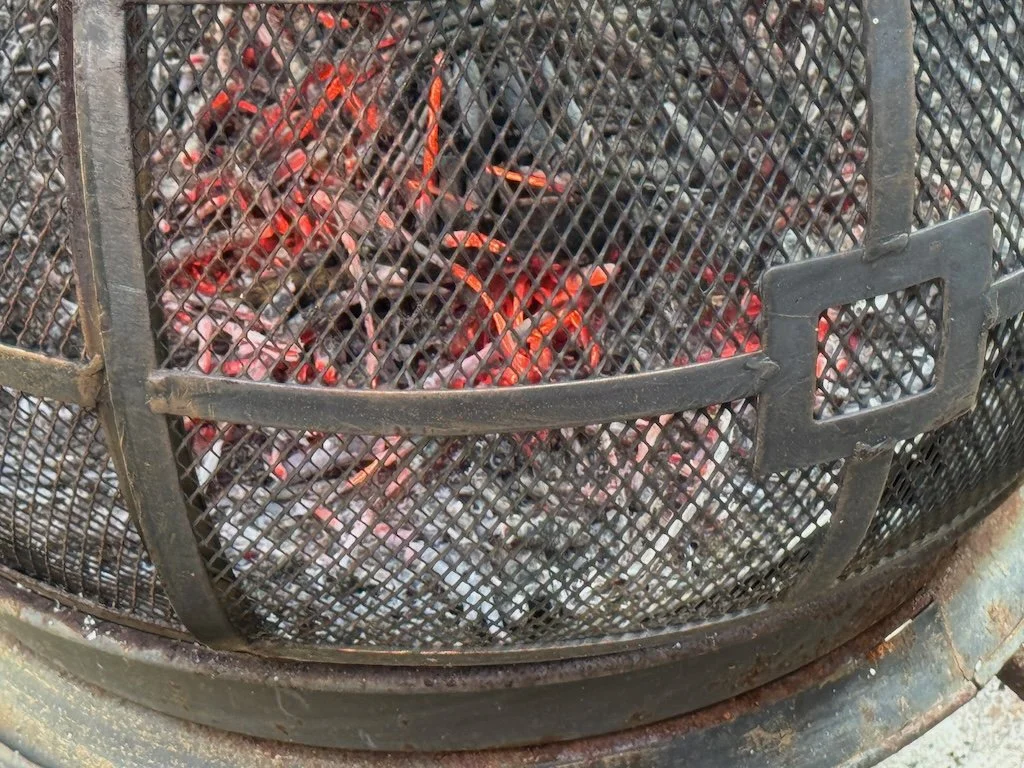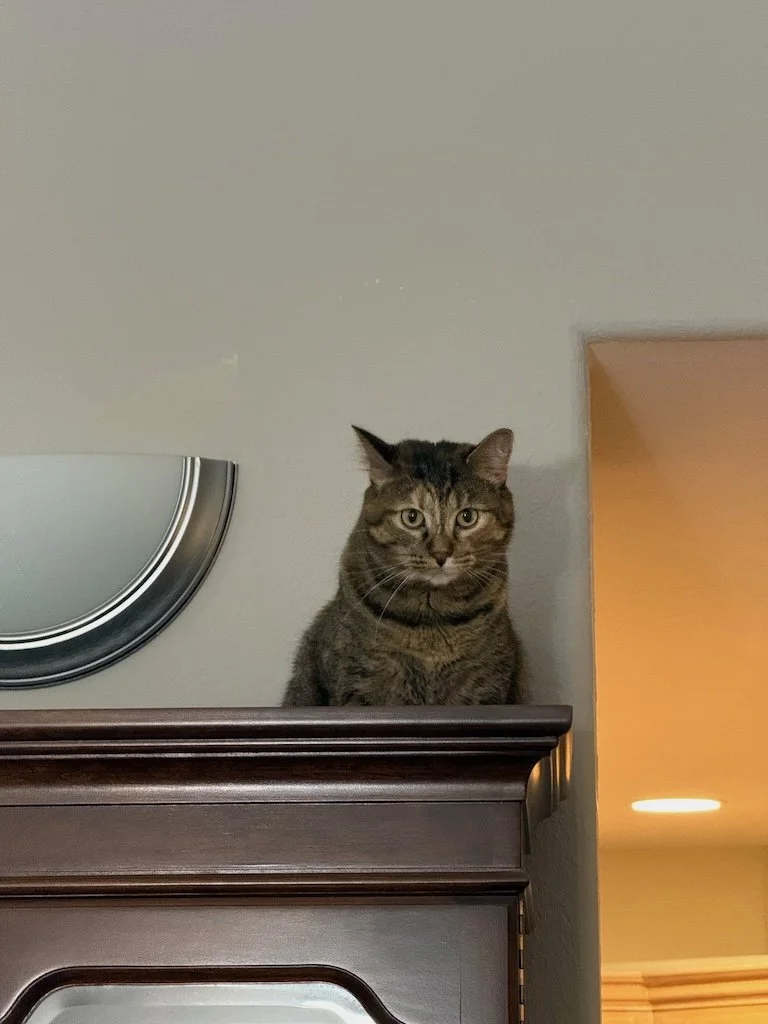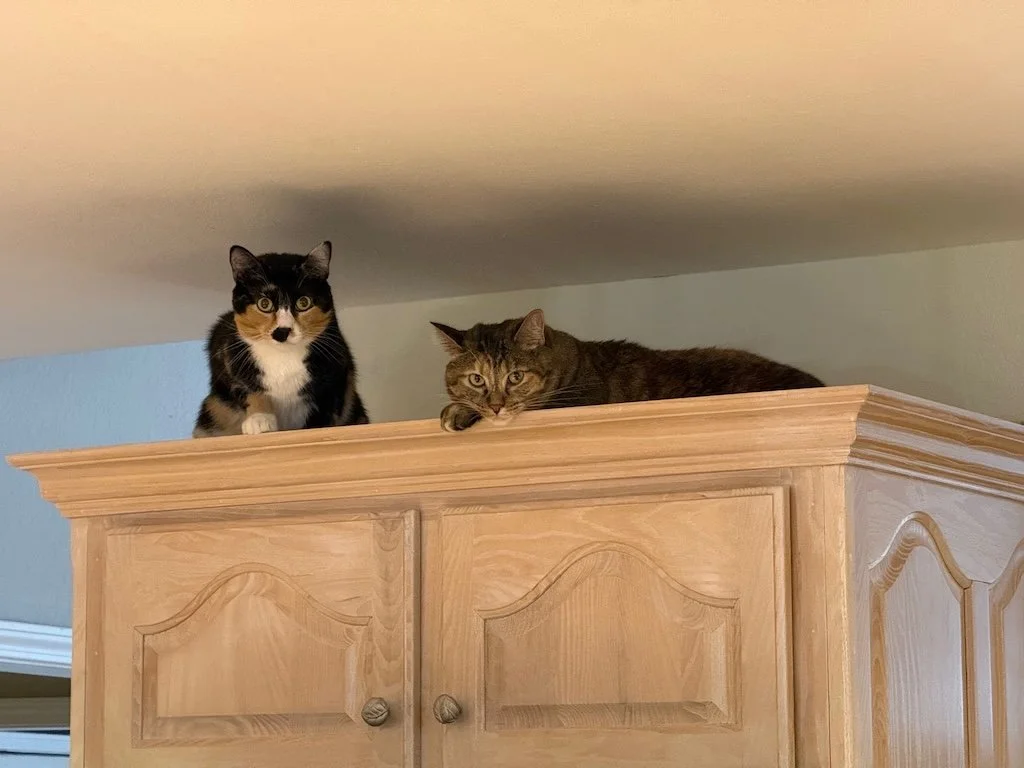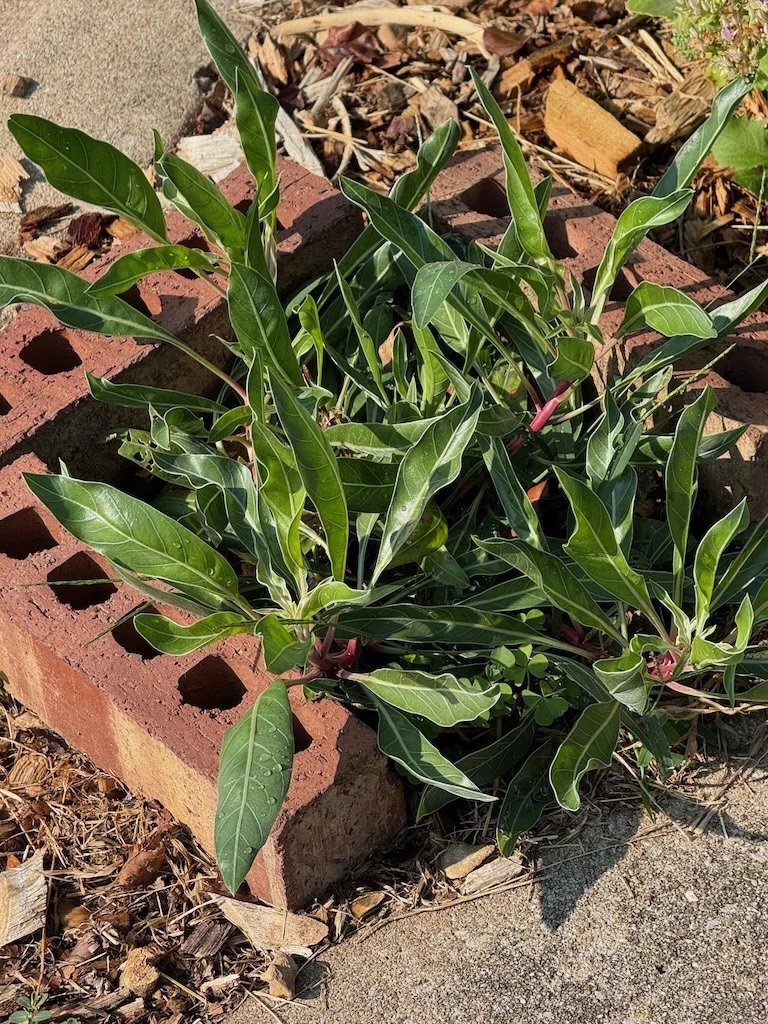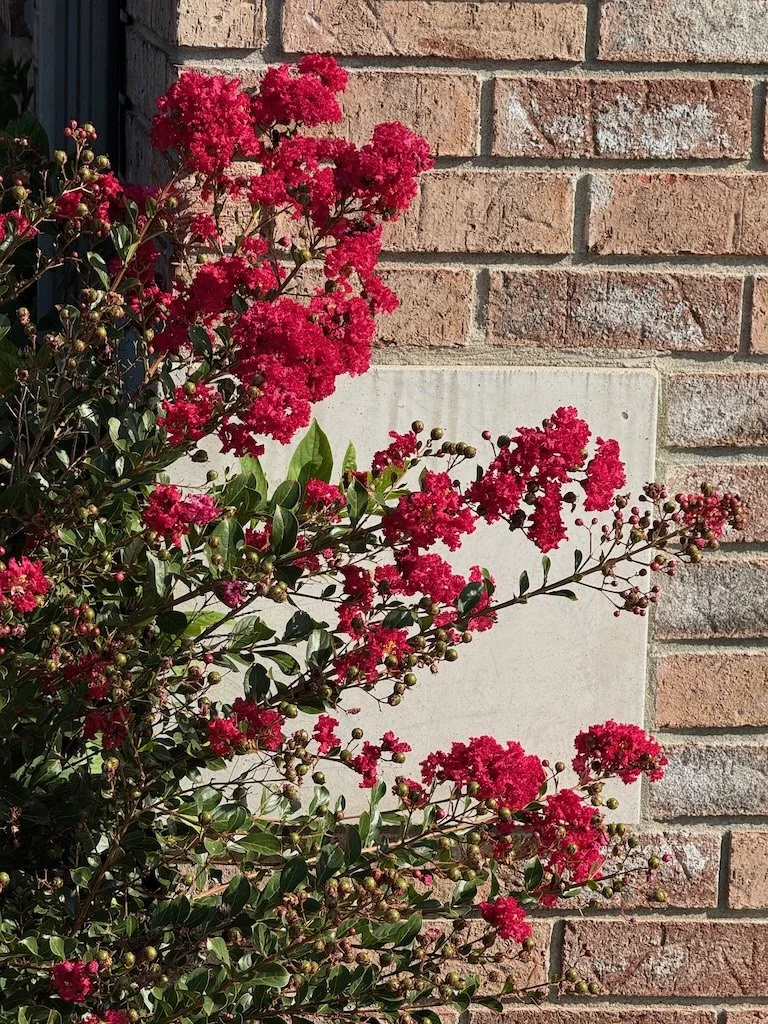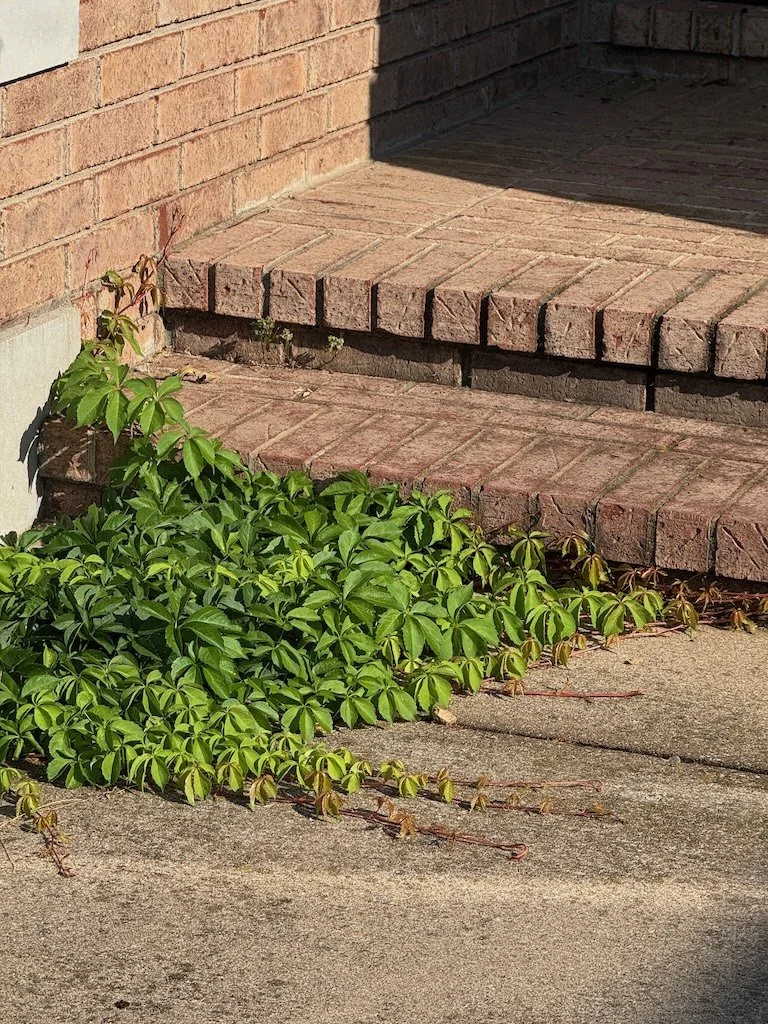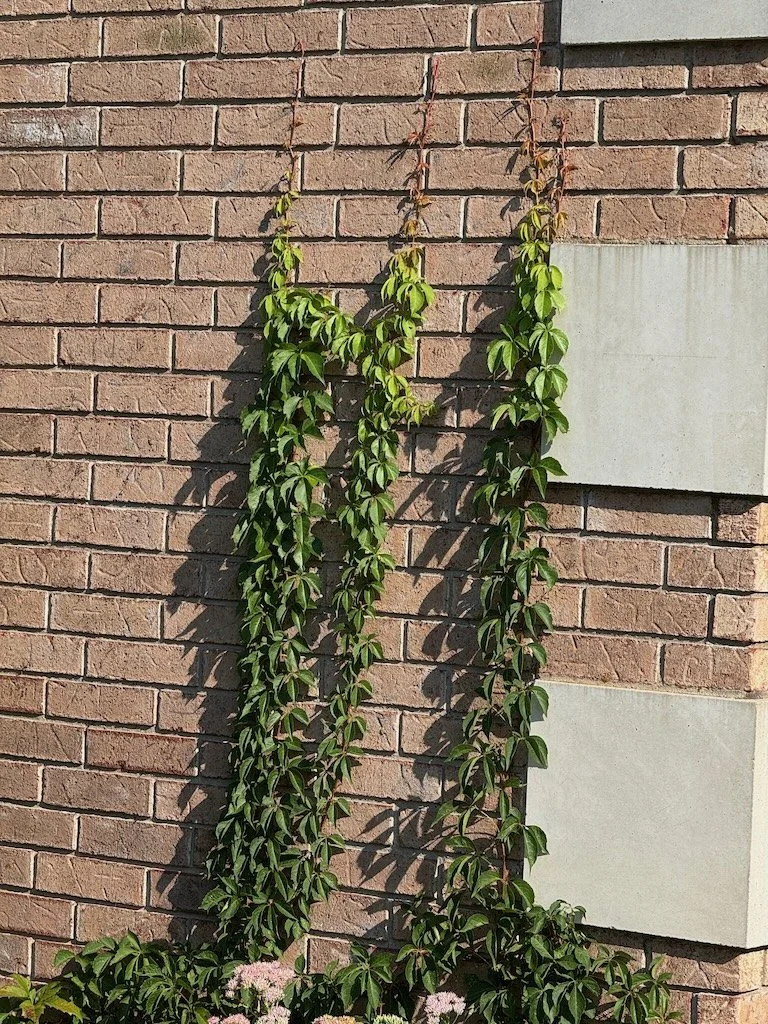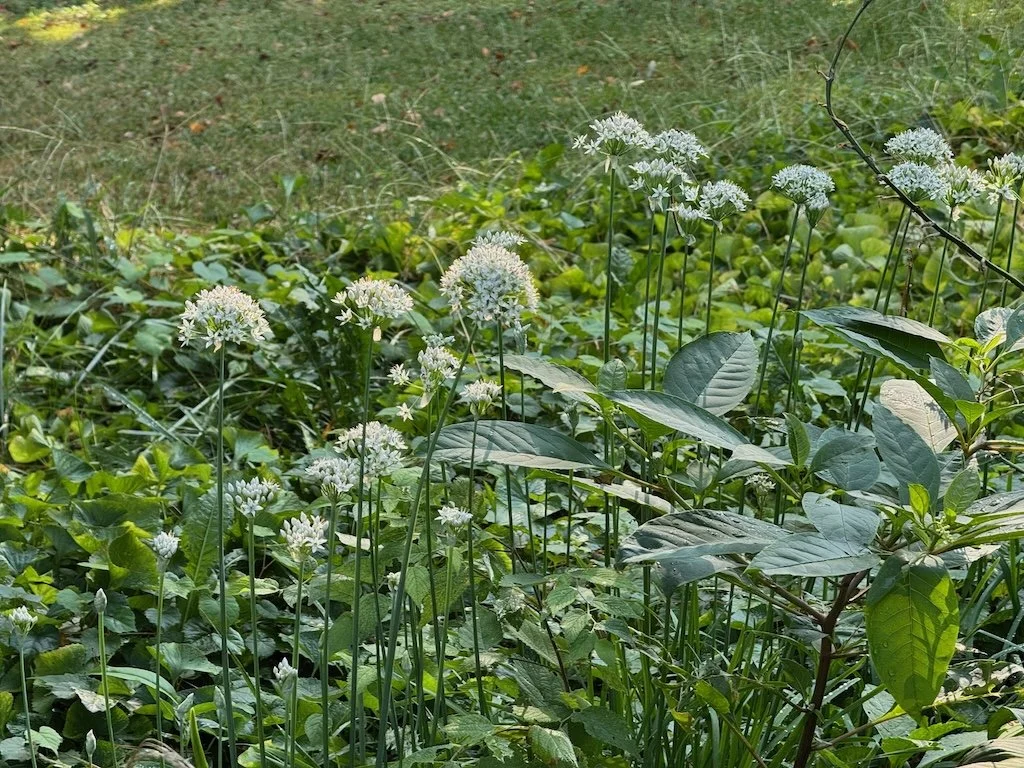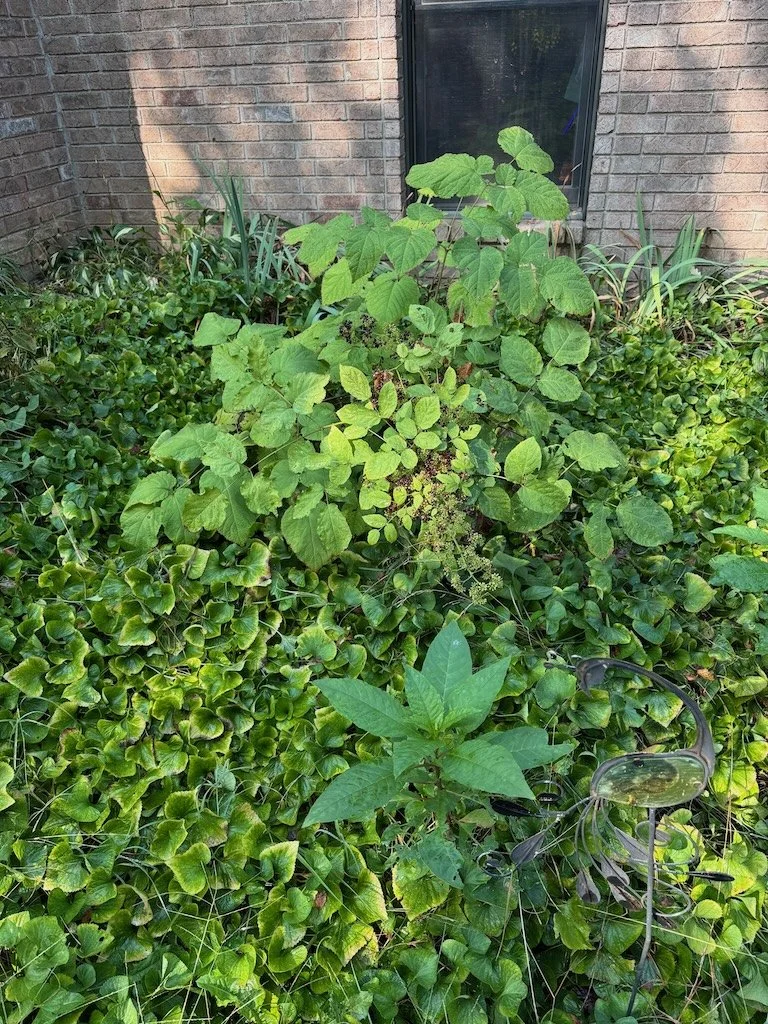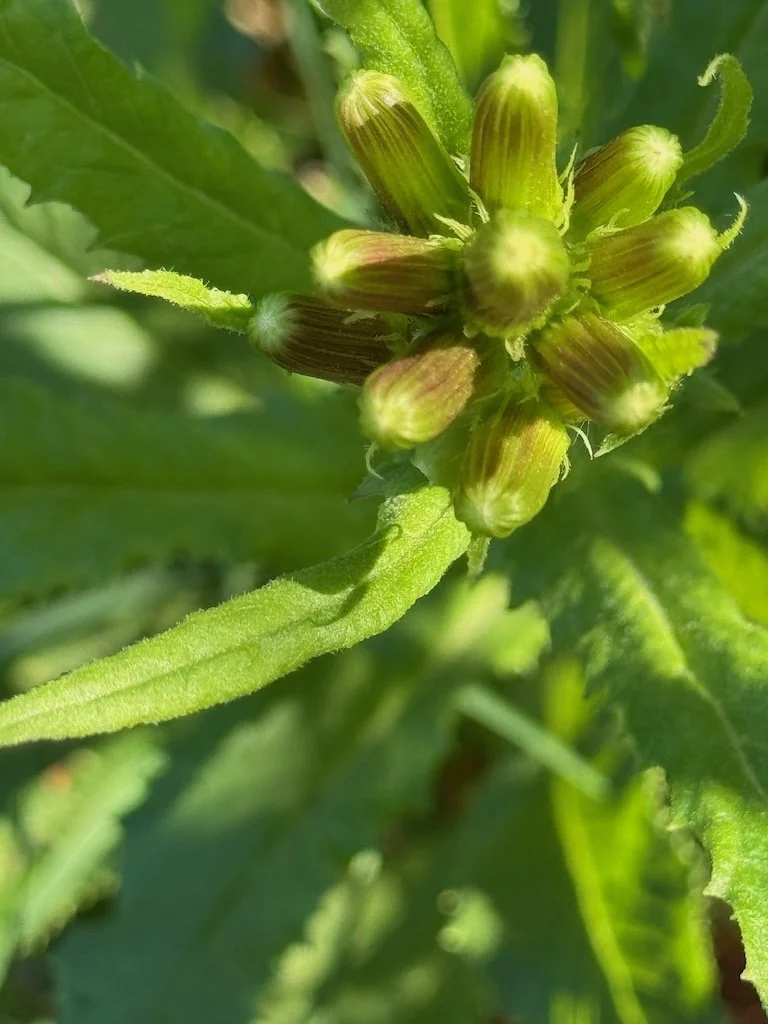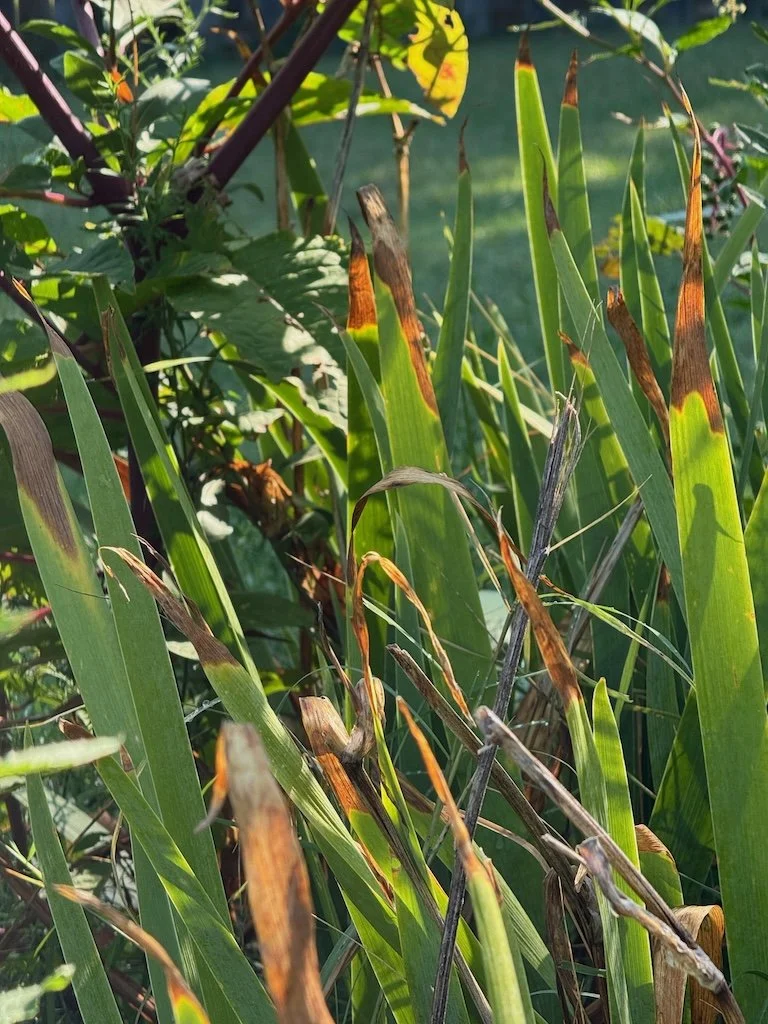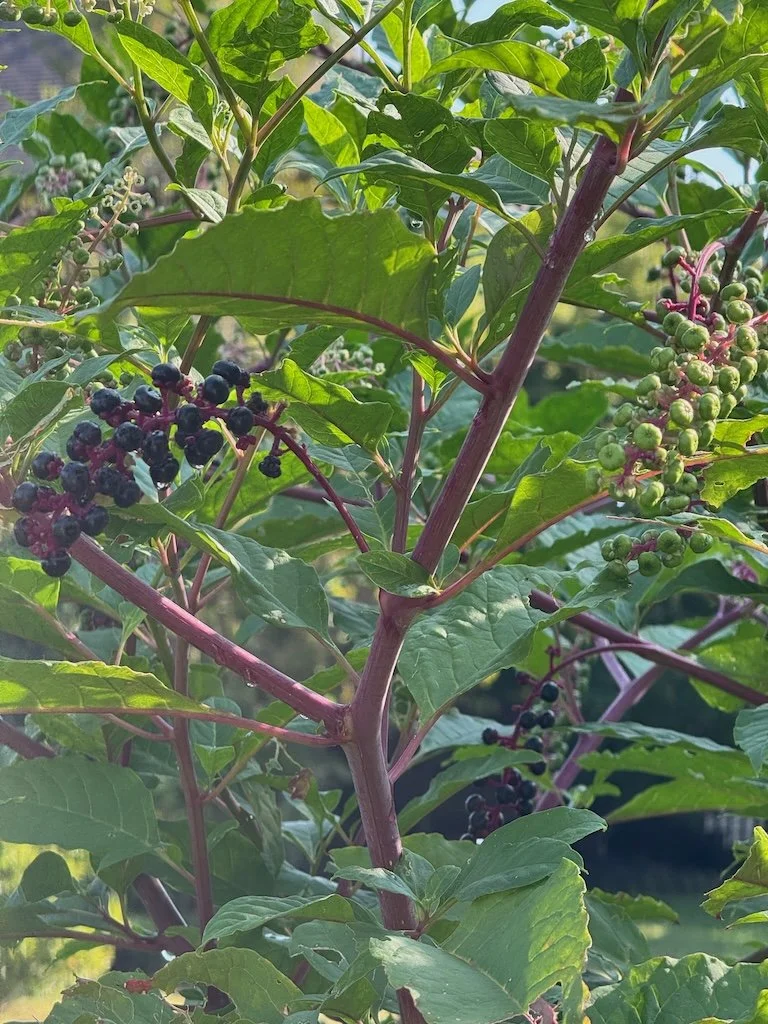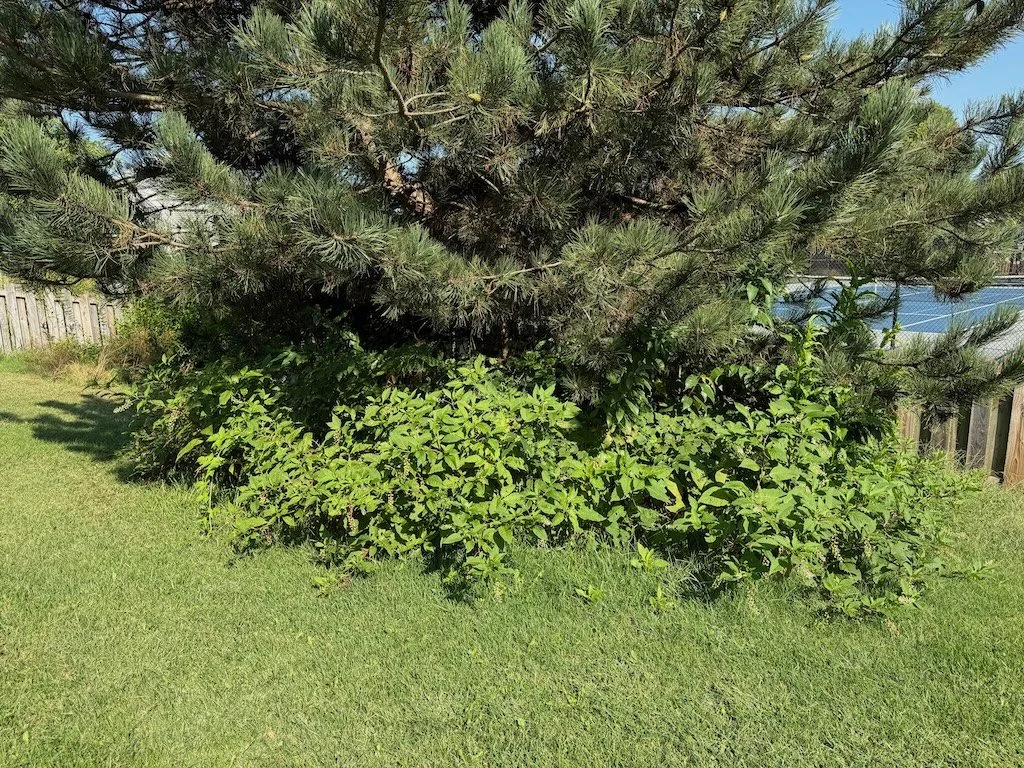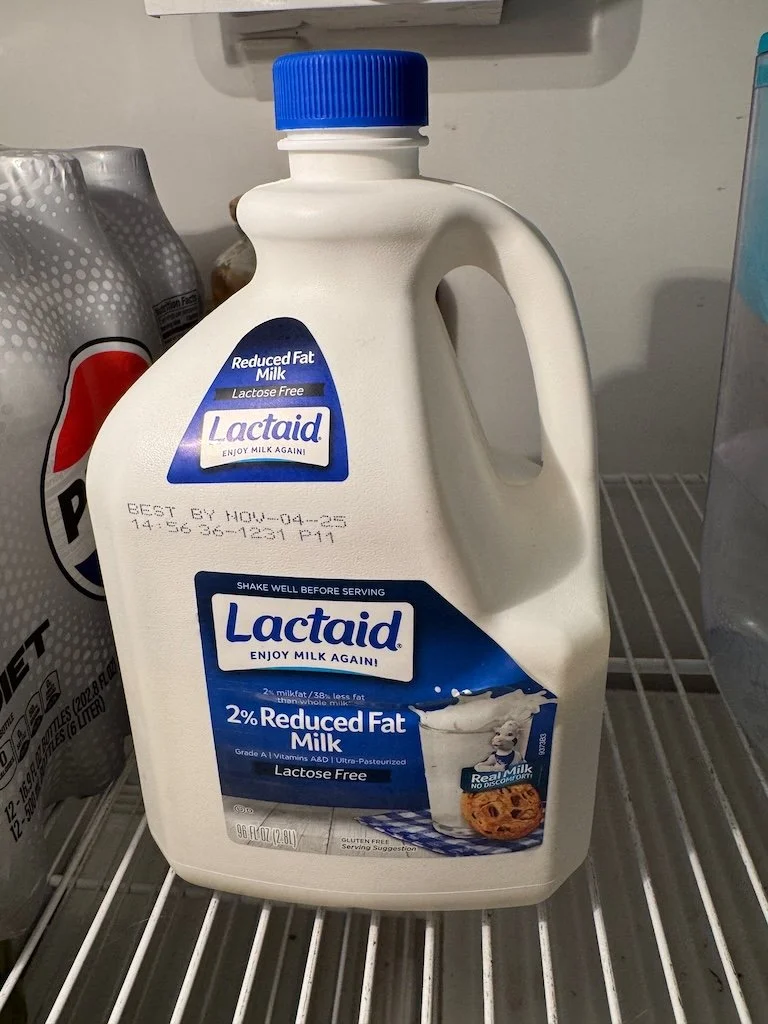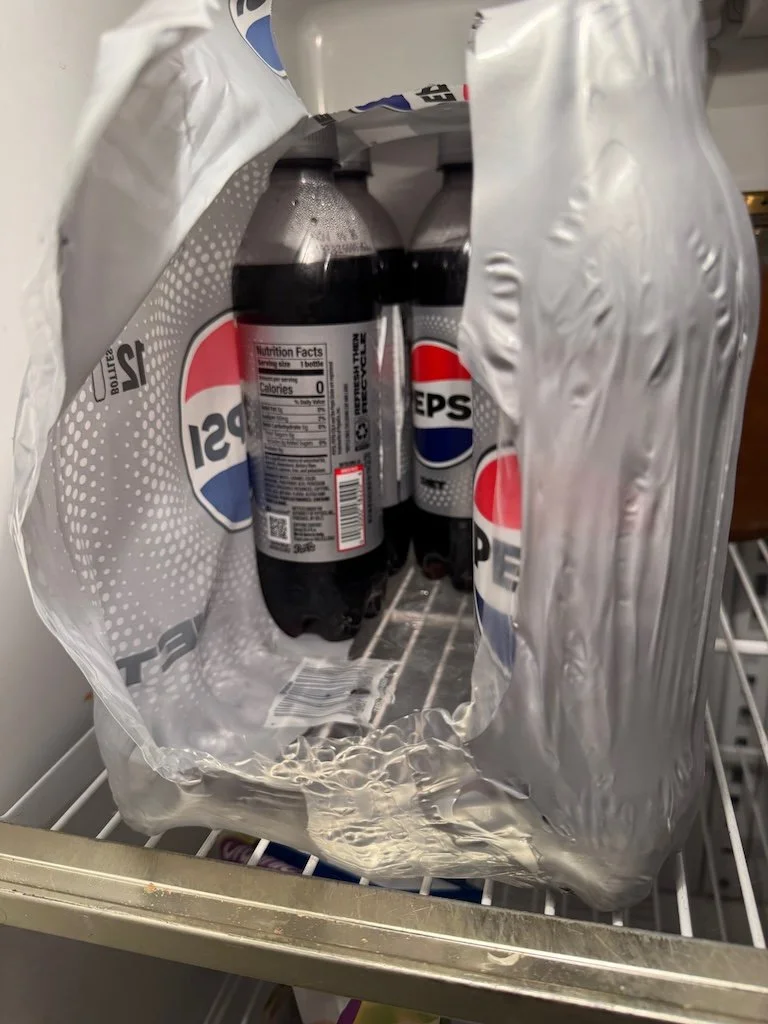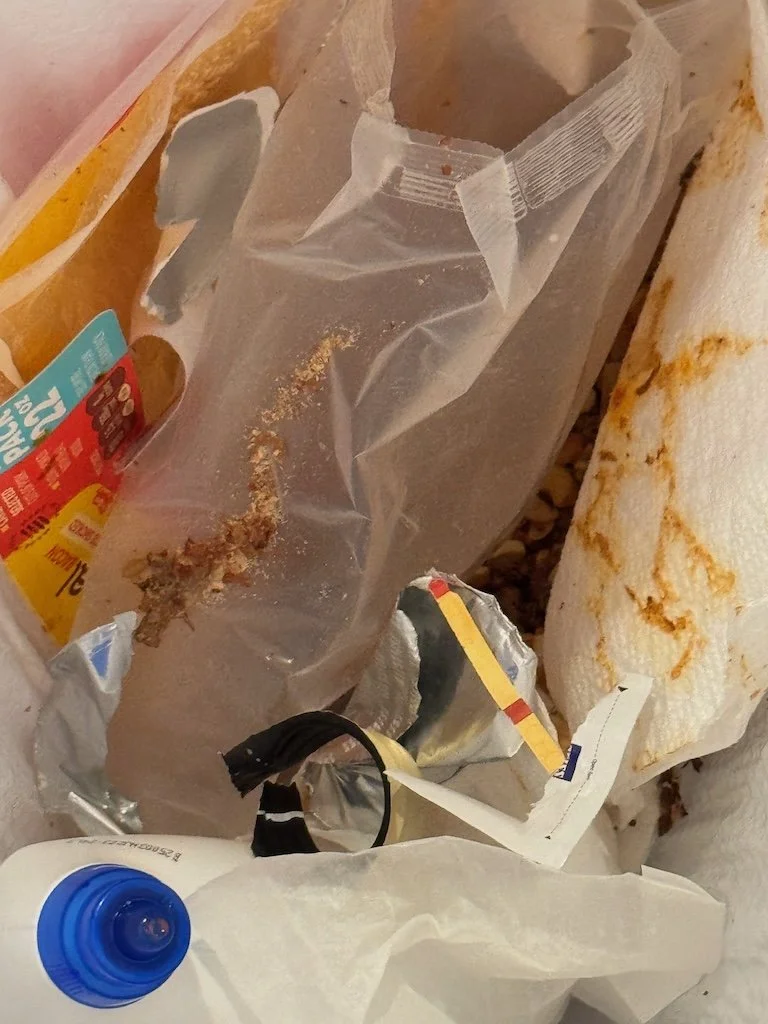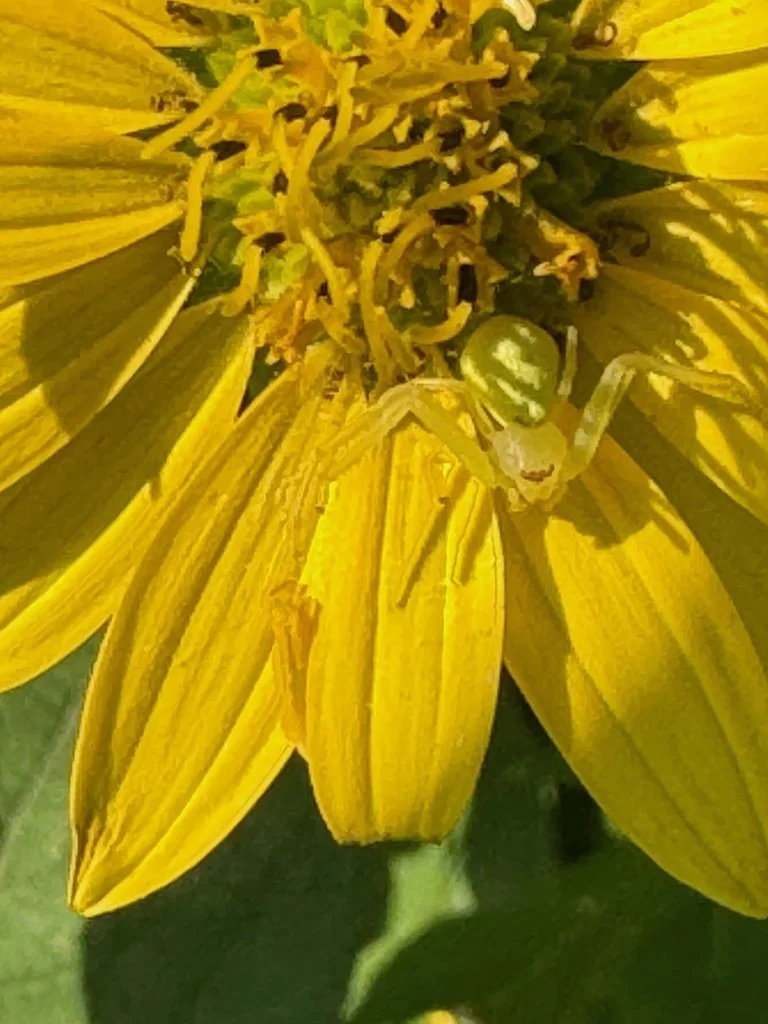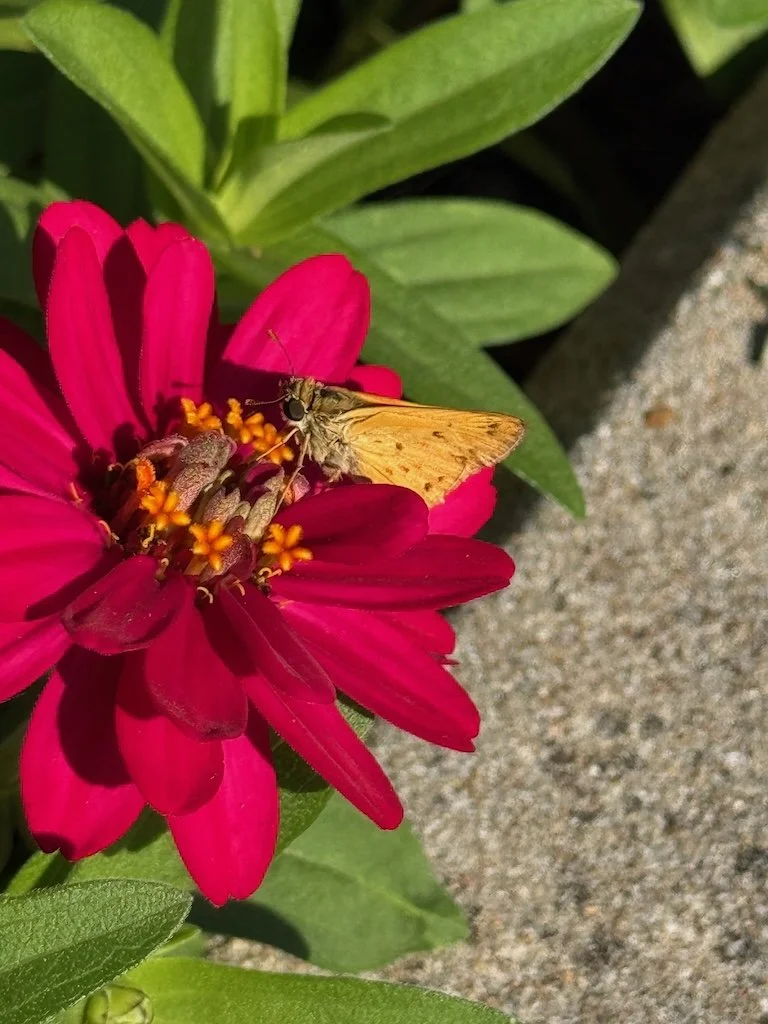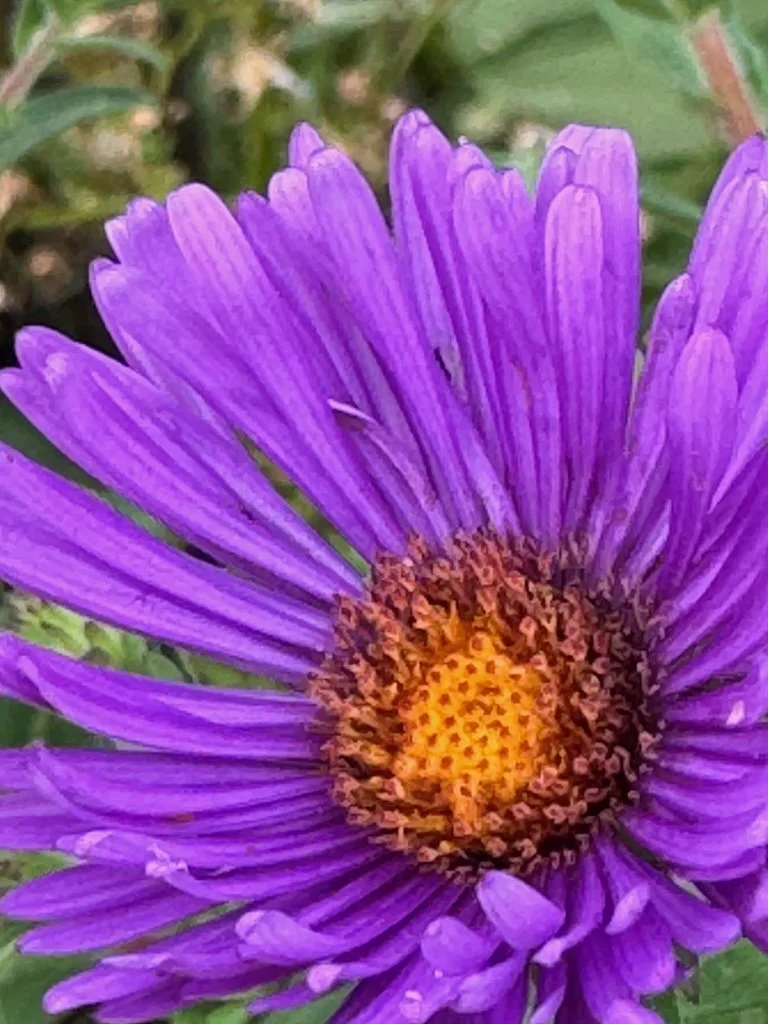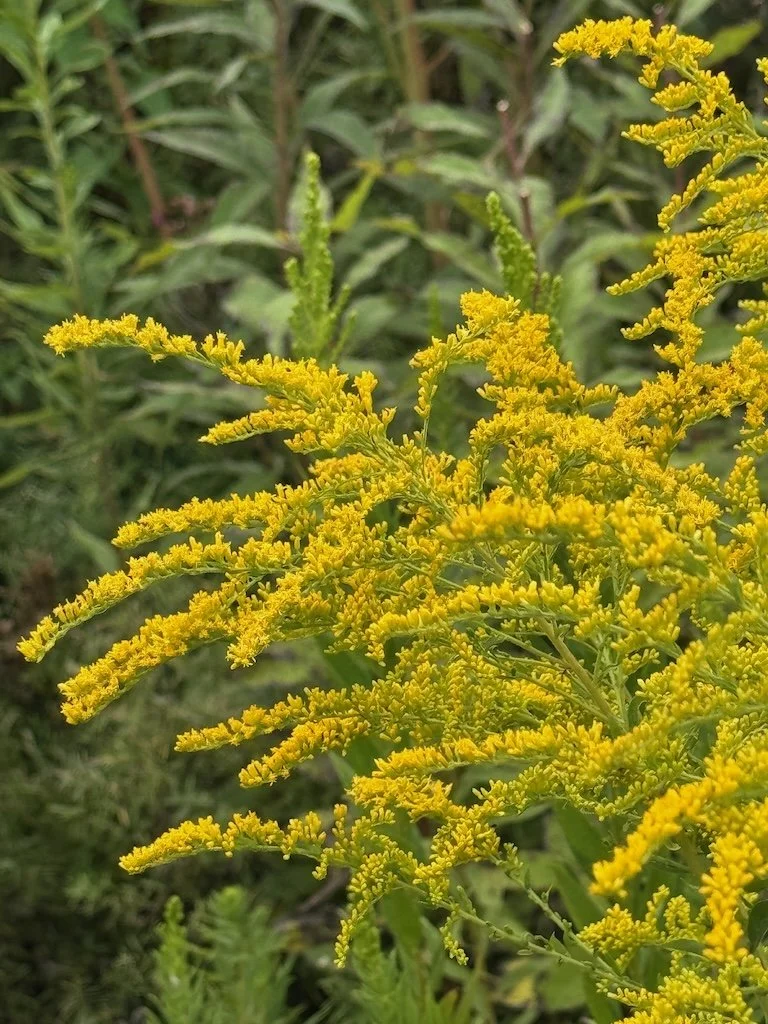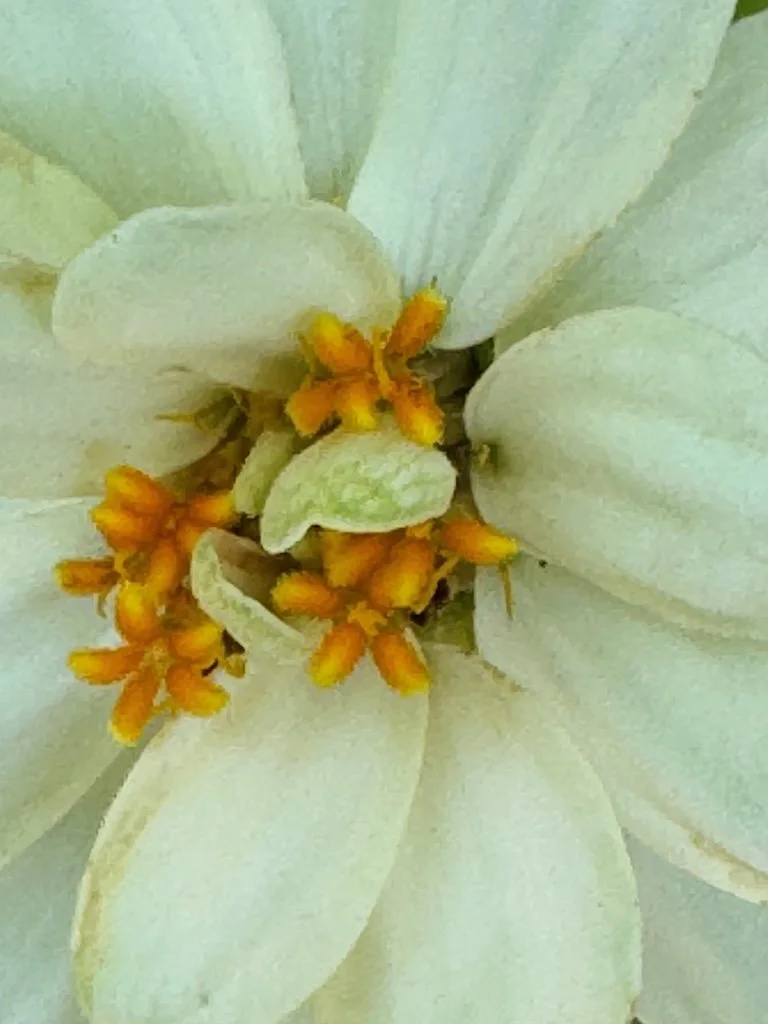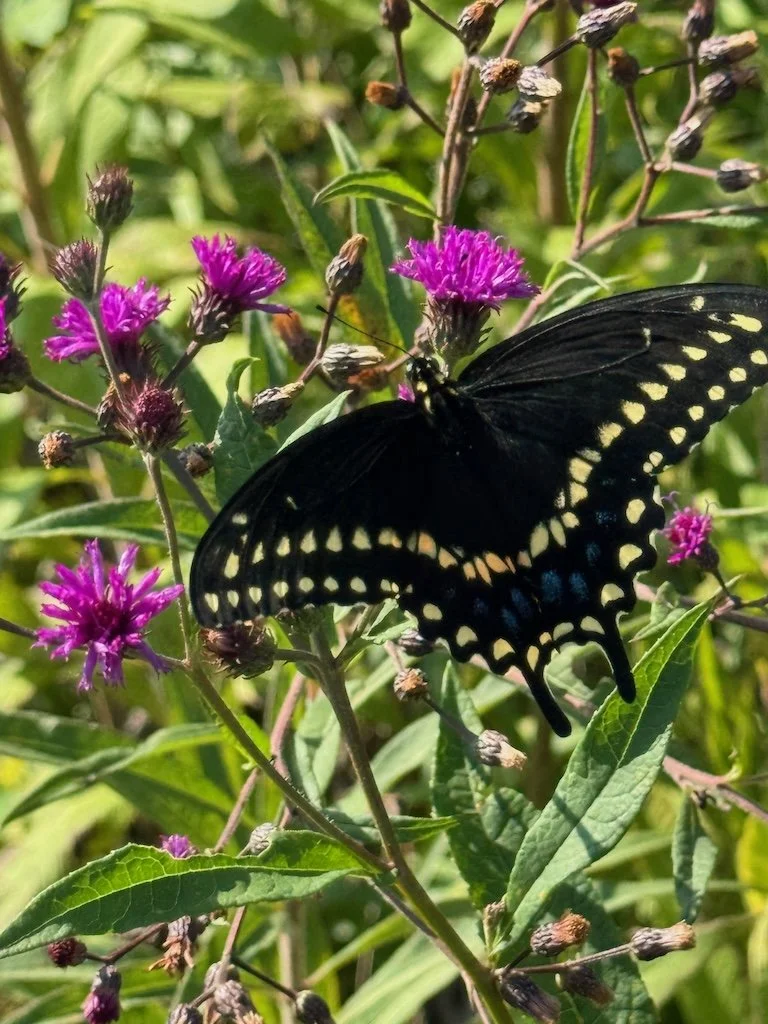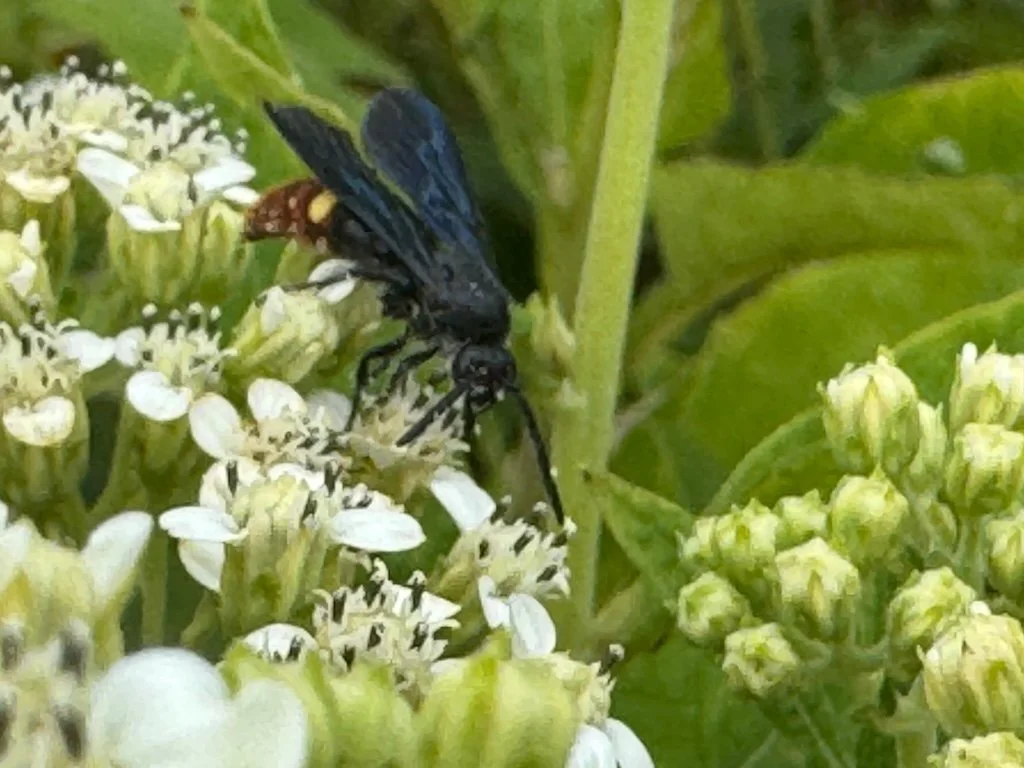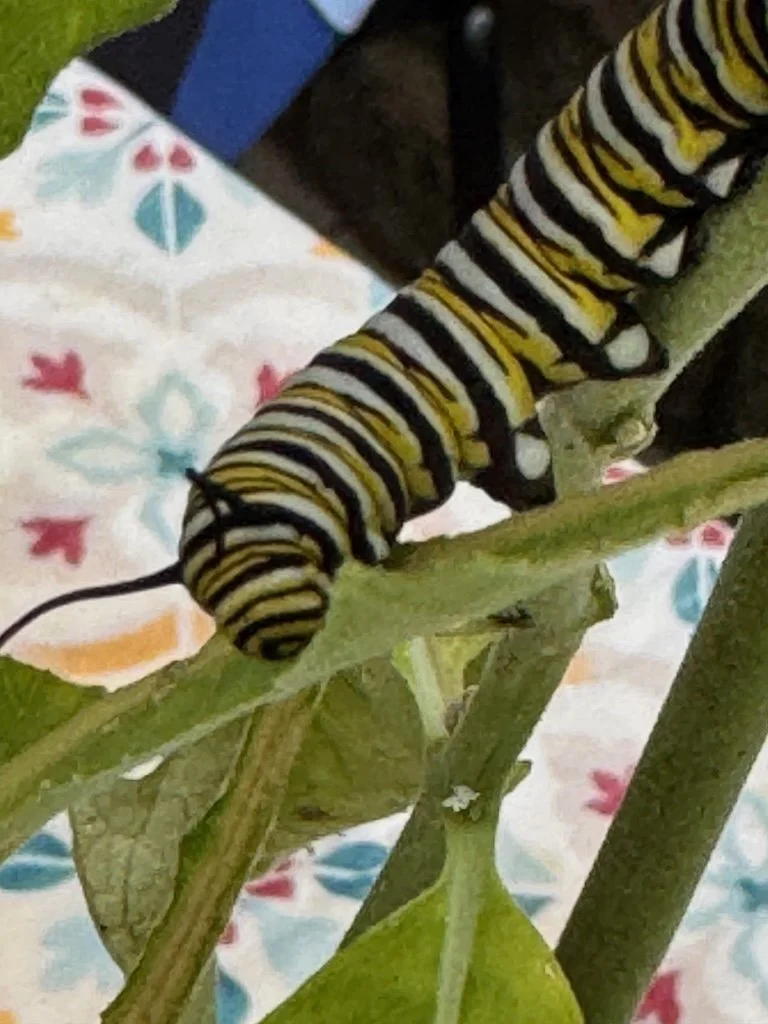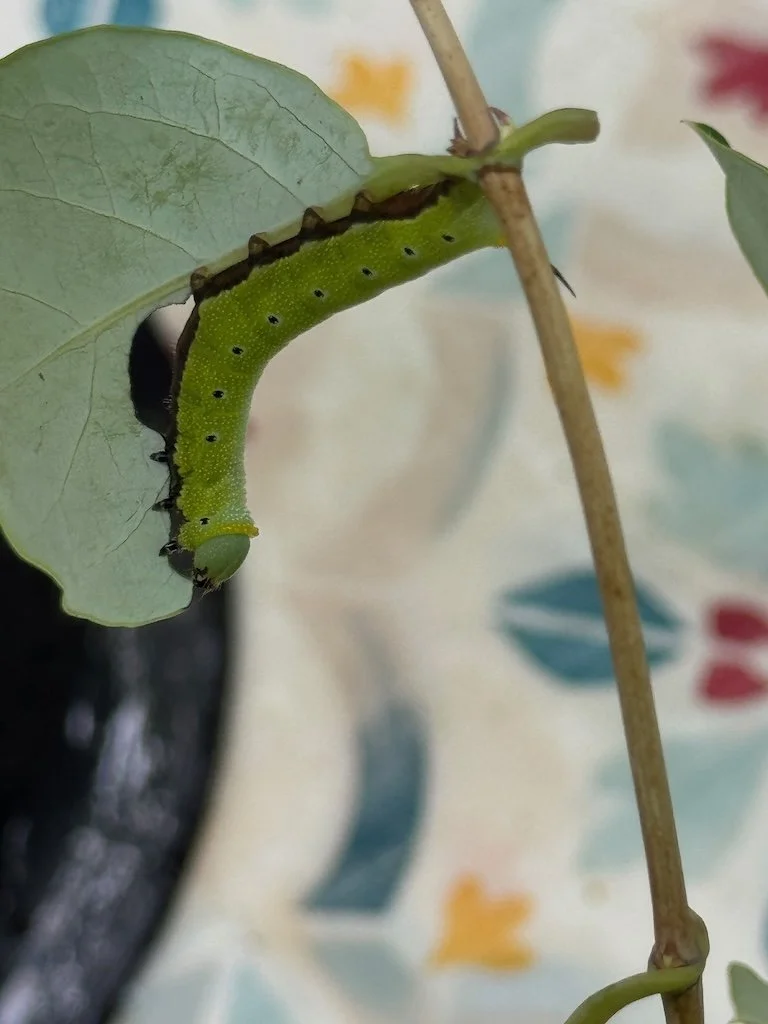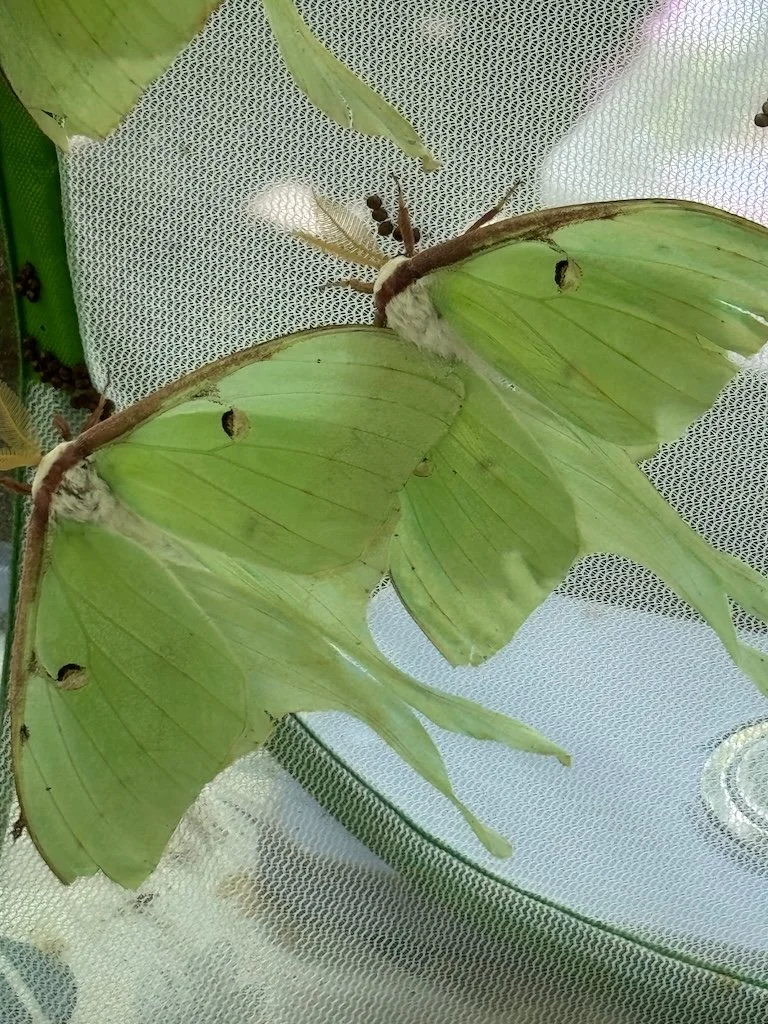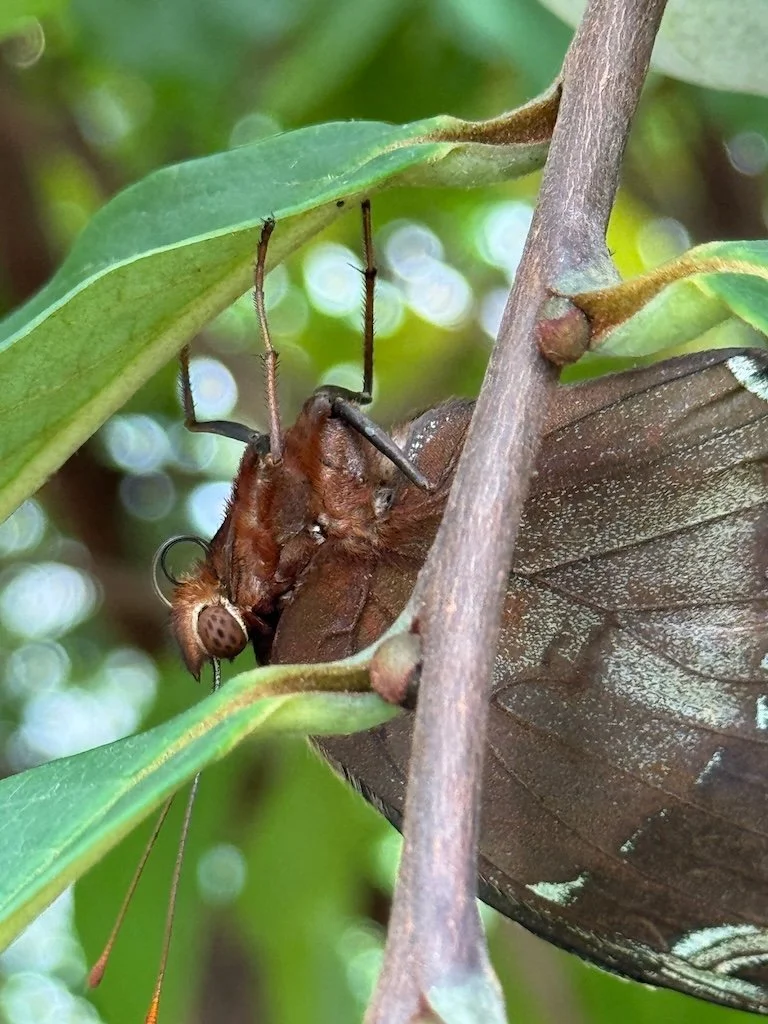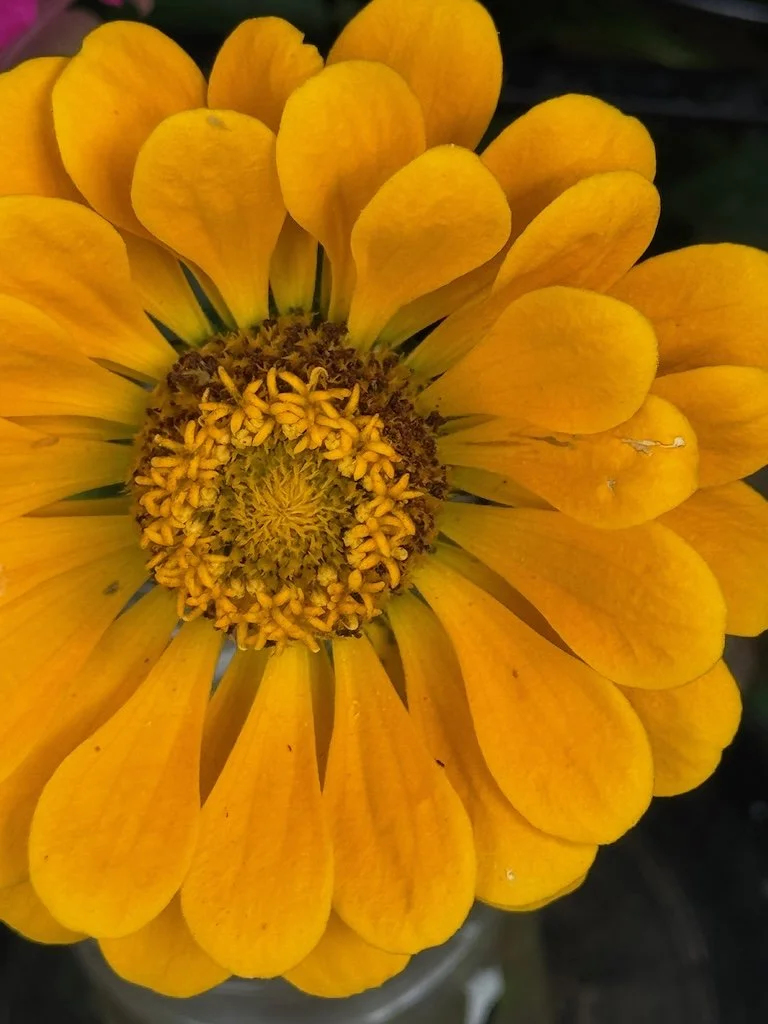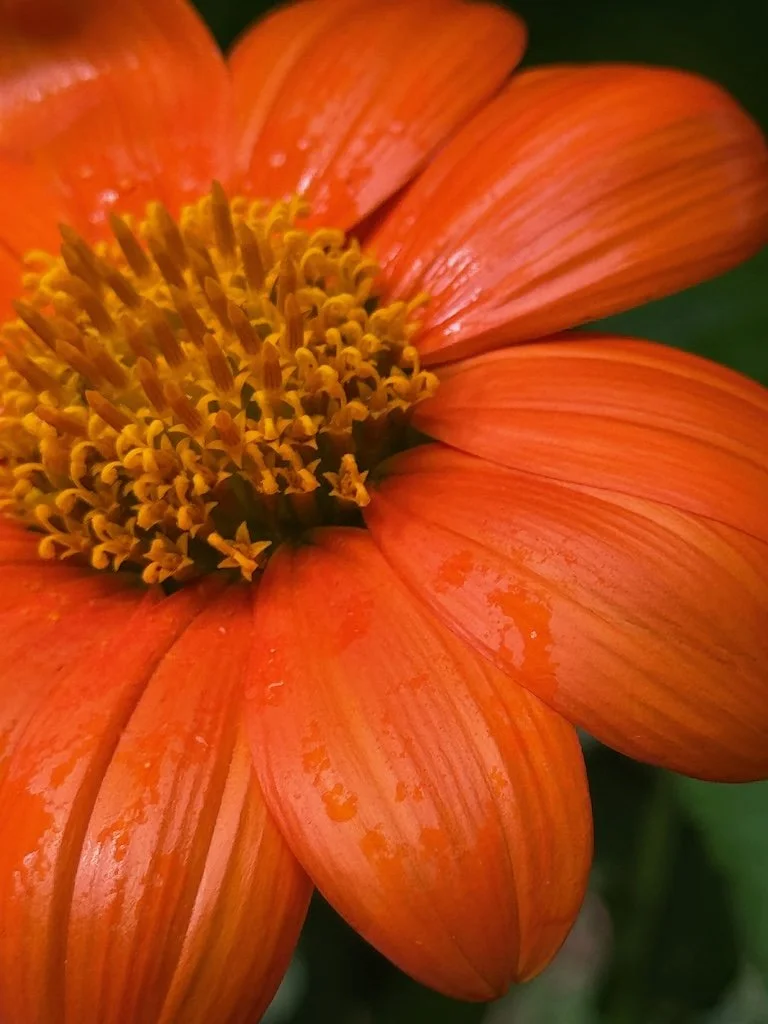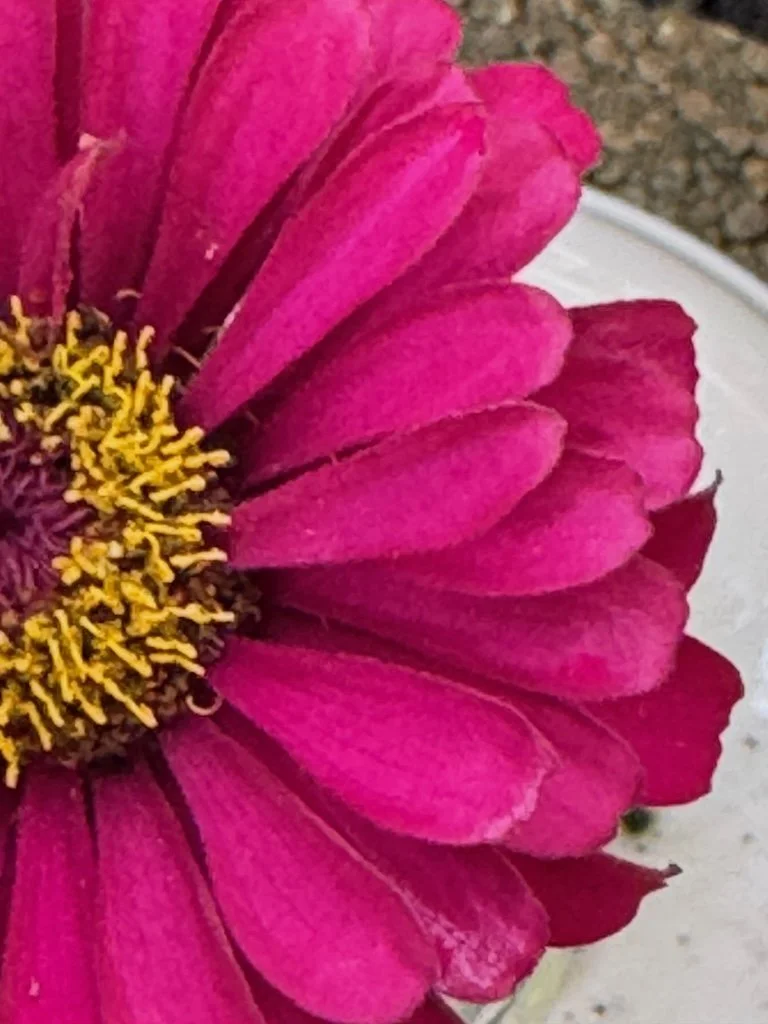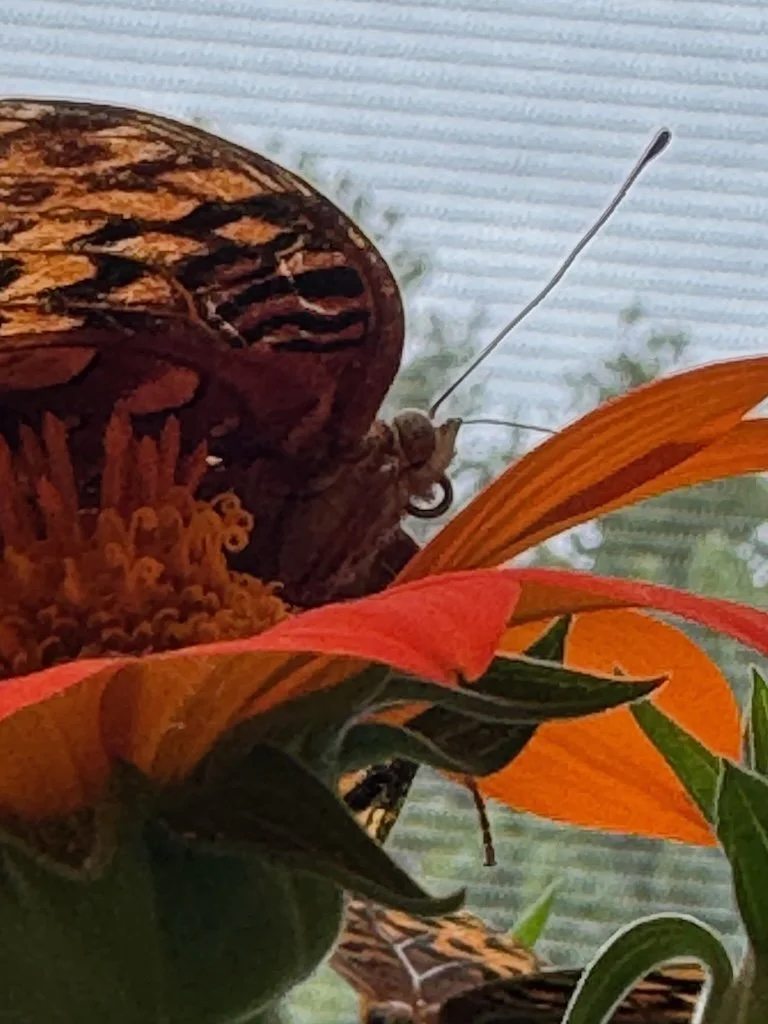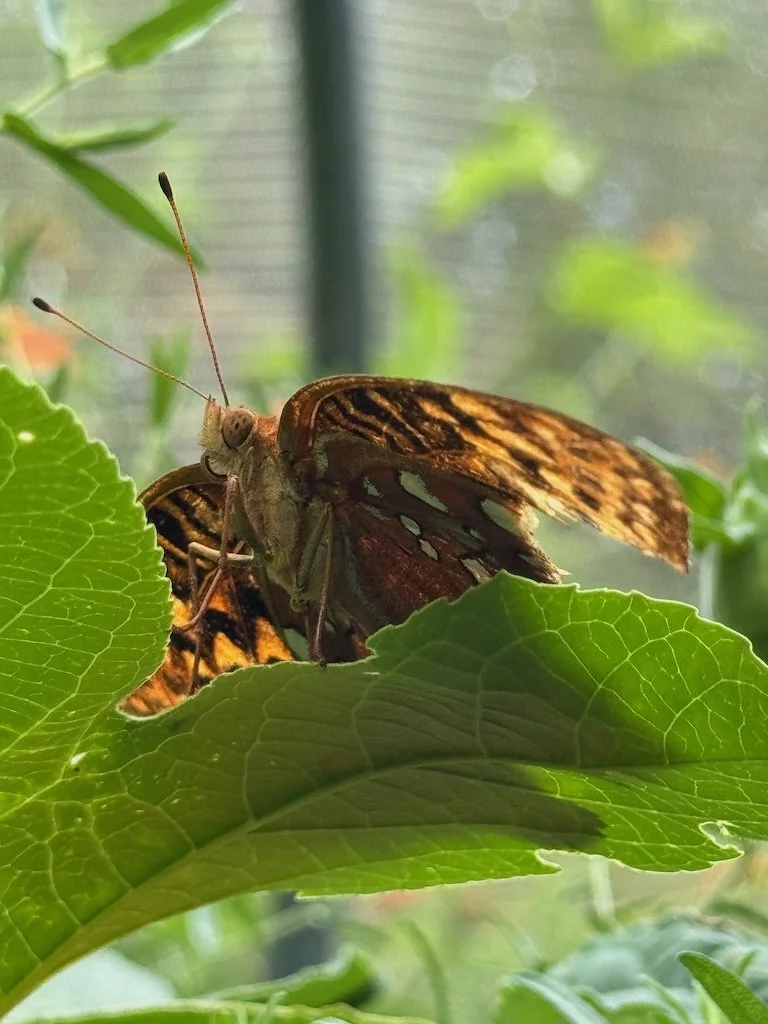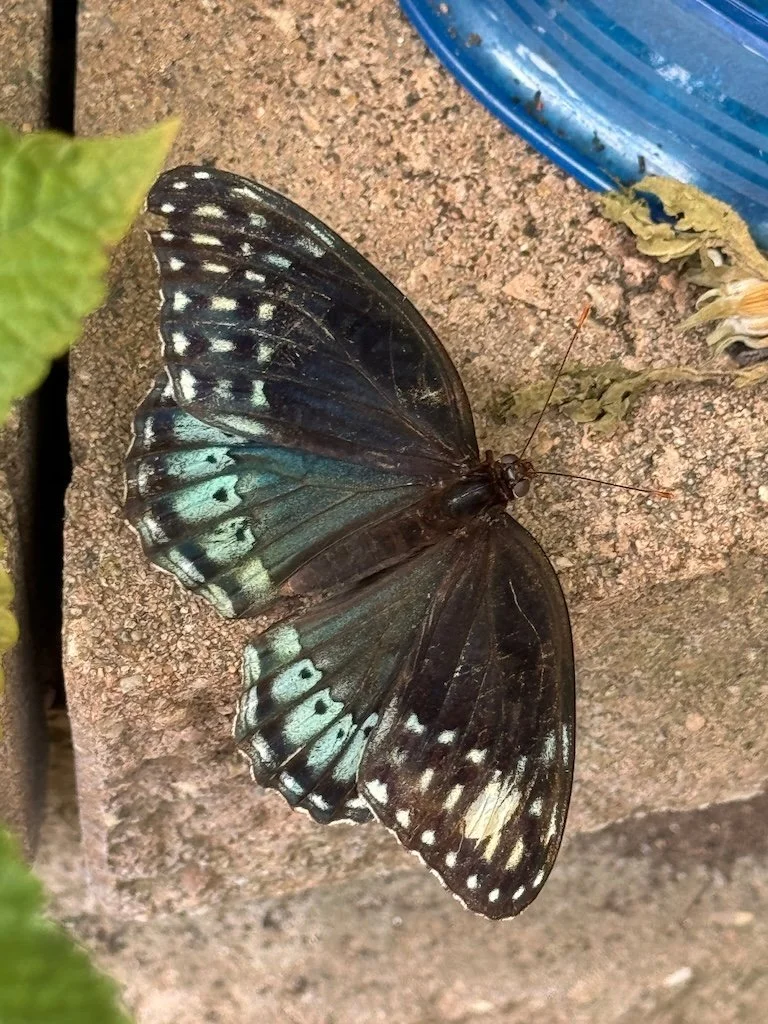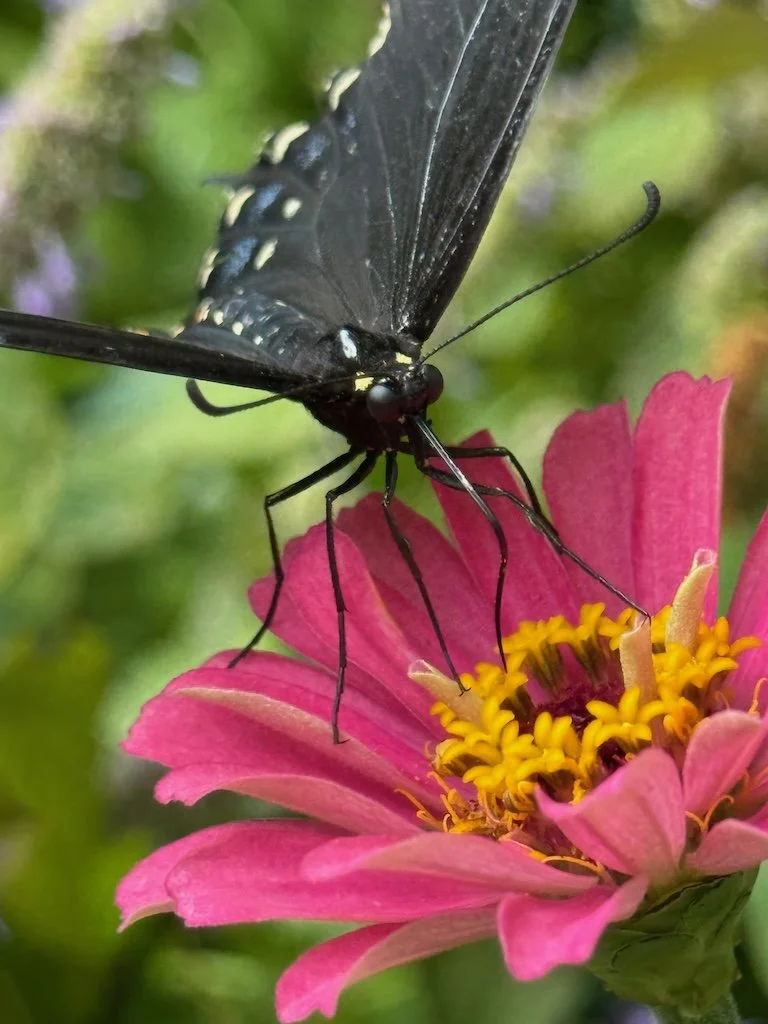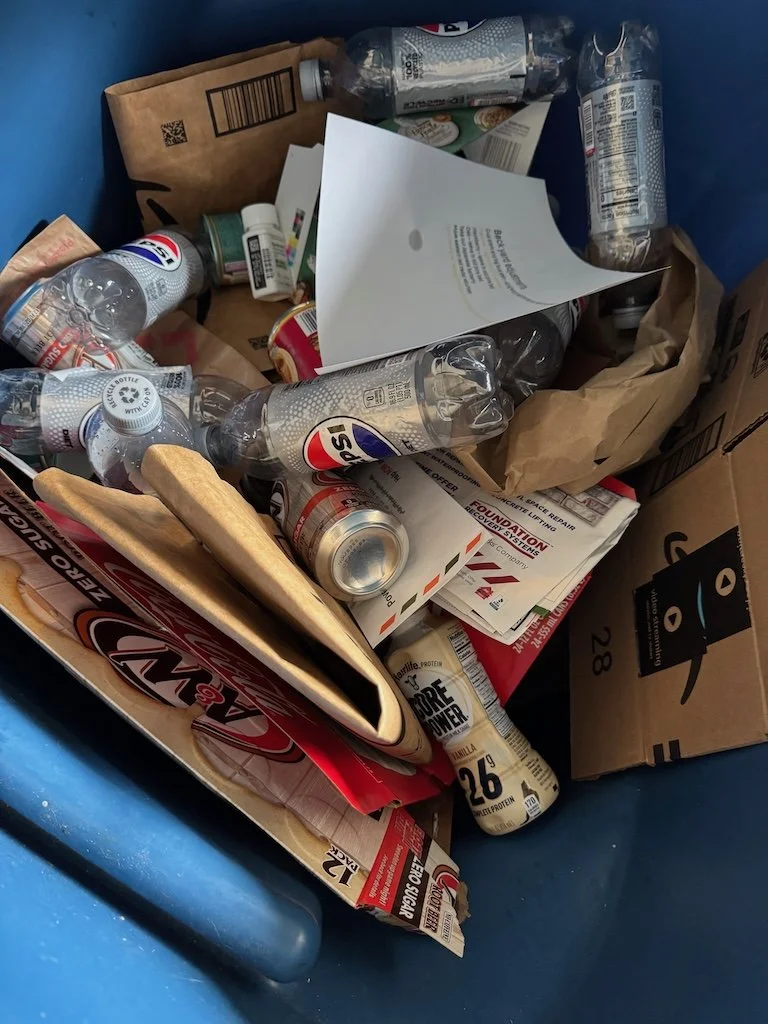Life Magazine in 1941
/Internet Archive has digitized versions of many Life Magazines. I have been browsing through them – slowly since there was an issue for each week. As I looked at the issues from 1941, I thought about the buildup of war activities in the US and then Pearl Harbor occurring in December. The US did not formally enter the war until December 11th but it is obvious from the pictures Life published that people were very aware of what was happening and the US involvement too. And there were still other aspects of life that continued on – iceboats, Coca-Cola, glass food packaging, the New York skyline. (Click on any of the sample images below to see a larger version and the links to see the whole magazine online.)
Life Magazine 1941-01-06 – Ernest Hemingway
Life Magazine 1941-01-13 – Hitler with big guns
Life Magazine 1941-01-20 – Florida sand and mud creating Camp Blanding for 70,000 soldiers
Life Magazine 1941-01-27 – London on fire from war
Life Magazine 1941-02-03 - Wright Field wind tunnel
Life Magazine 1941-02-10 – American bombers poised to take off from Newfoundland
Life Magazine 1941-02-17 - Iceboats
Life Magazine 1941-02-24 – Railway gun built by US Industry
Life Magazine 1941-03-03 – Greek Peasant troops into Albania in winter
Life Magazine 1941-03-10 – Mayor LaGuardia explaining the food stamp plan
Life Magazine 1941-03-17 – English children
Life Magazine 1941-03-24 – Tornado shelters
Life Magazine 1941-03-31 – Bombing rehearsal off Diamond Head, Hawaii from aircraft carrier
Life Magazine 1941-04-07 – Coca-Cola six-bottle carton (cardboard and glass)
Life Magazine 1941-04-14 – British war prisoners (sketches from a German prison camp)
Life Magazine 1941-04-21 – Damaged British battleship seeking repairs in New York’s upper bay
Life Magazine 1941-04-28 – Glass for food packaging
Life Magazine 1941-05-05 – Big classes at Harvard
Life Magazine 1941-05-12 – Gandhi is the voice of Hindu masses
Life Magazine 1941-05-19 – Nazi blitzkrieg reaches London’s oldest cardroom
Life Magazine 1941-05-26 – Balkan war
Life Magazine 1941-06-02 – Nazis wreck great monuments of English culture
Life Magazine 1941-06-09 – Crete invasion
Life Magazine 1941-06-16 – Women bringing pans to provide metals of the war
Life Magazine 1941-06-23 – Chinese children (orphans)
Life Magazine 1941-06-30 – Wrecked Axis ships
Life Magazine 1941-07-07 – The arming of America - tanks
Life Magazine 1941-07-14 – Beer and ale
Life Magazine 1941-07-21 – Tin makes Singapore rich
Life Magazine 1941-07-28 – War in Russia
Life Magazine 1941-08-04 – Germans execute Russian sniper caught in wheat field
Life Magazine 1941-08-11 – Life photographer in Moscow a week before Nazi invasion
Life Magazine 1941-08-18 – Line of tanks
Life Magazine 1941-08-25 – Naval gun construction at Bethlehem
Life Magazine 1941-09-01 – Moscow camouflages itself by day and black out by night
Life Magazine 1941-09-08 – Hard times of Alden family
Life Magazine 1941-09-15 – Battleship tests its guns at sea
Life Magazine 1941-09-22 – Roosevelt mourning his mother
Life Magazine 1941-09-29 – Spitsbergen – British blow up coal mines
Life Magazine 1941-10-06 – Rain, mud, dust….the Army goes through
Life Magazine 1941-10-13 – Appalachian trail
Life Magazine 1941-10-20 – Pan American Airways Clipper
Life Magazine 1941-10-27 – Crowd in Moscow park listening to war speakers
Life Magazine 1941-11-03 – Army builds its Iceland base
Life Magazine 1941-11-10 – New York skyline behind New Jersey suburbs
Life Magazine 1941-11-17 – Russian mud and blood stall German army
Life Magazine 1941-11-24 – B-19, world’s largest warplane (at the time)
Life Magazine 1941-12-01 – Balloon houses for defense workers under Virginia trees
Life Magazine 1941-12-08 – American flag goes down in the south Atlantic
Life Magazine 1941-12-15 – Jap bombers aim first blow at Oahu base
Life Magazine 1941-12-22 – US planes fight to command the air
Life Magazine 1941-12-29 – Knox Report – deeds of heroism at Pearl Harbor










































